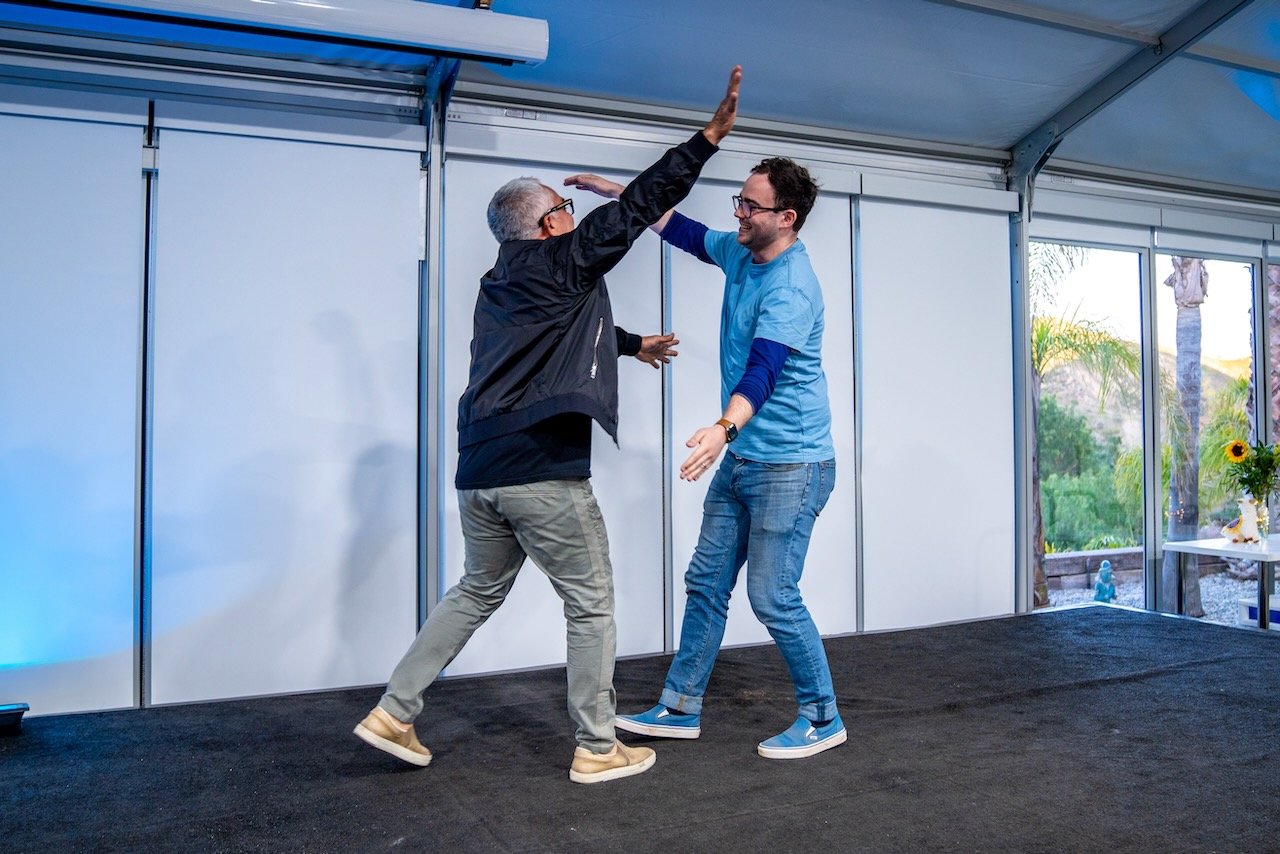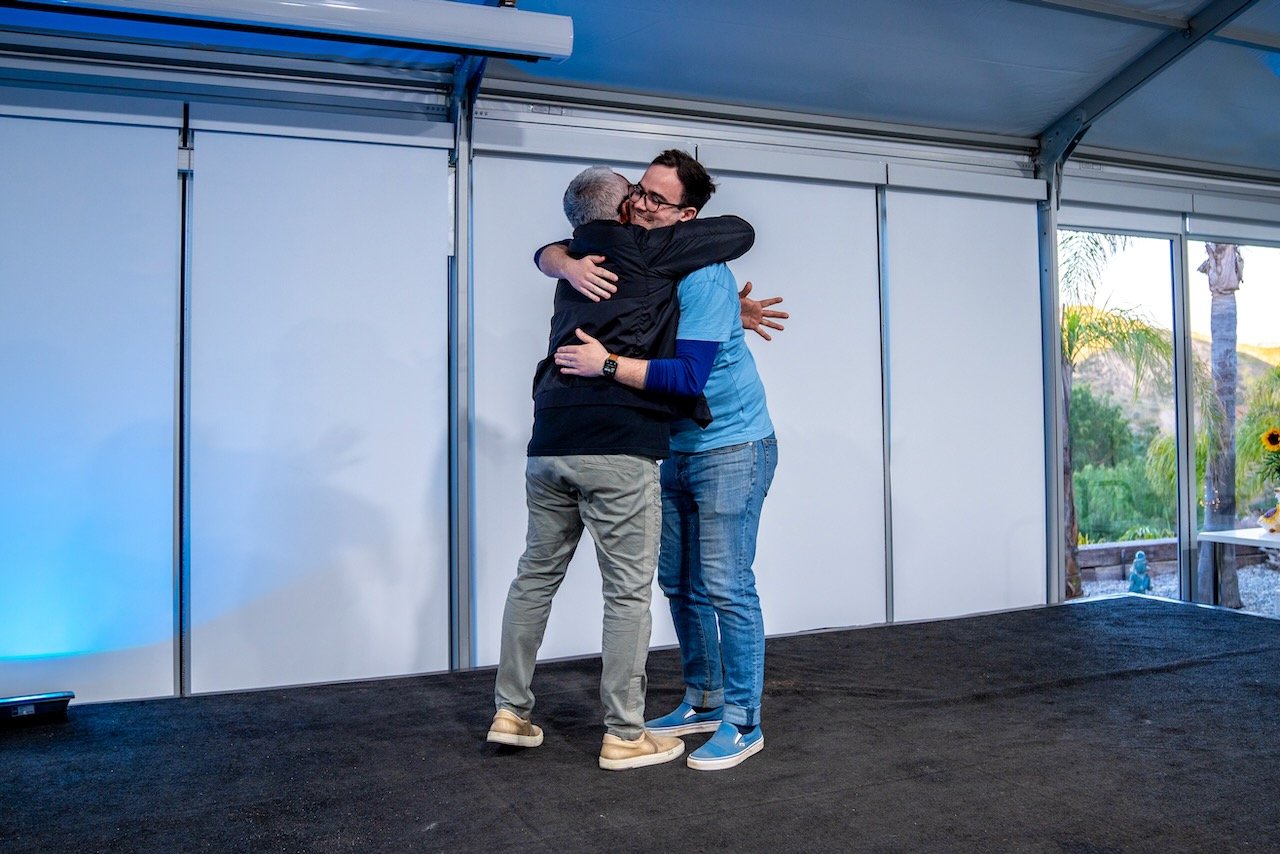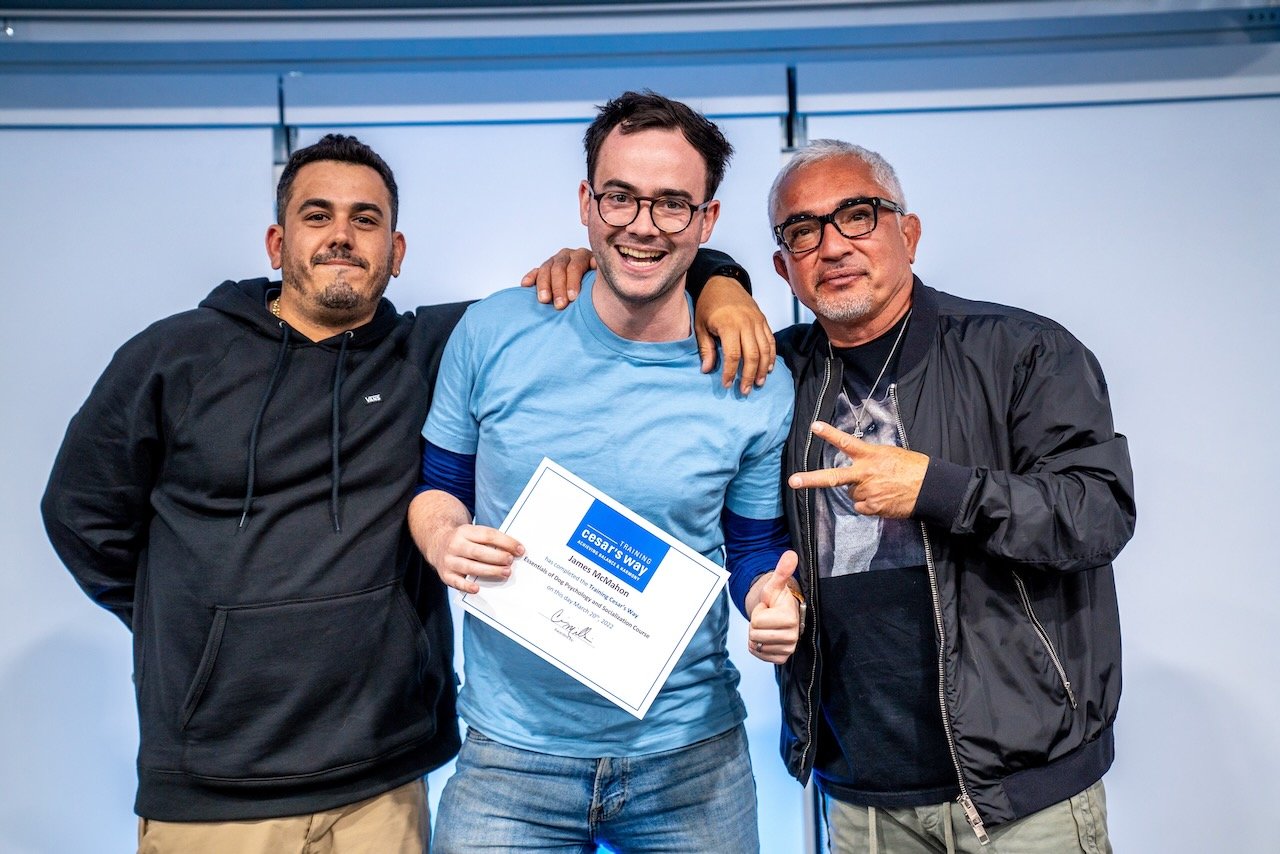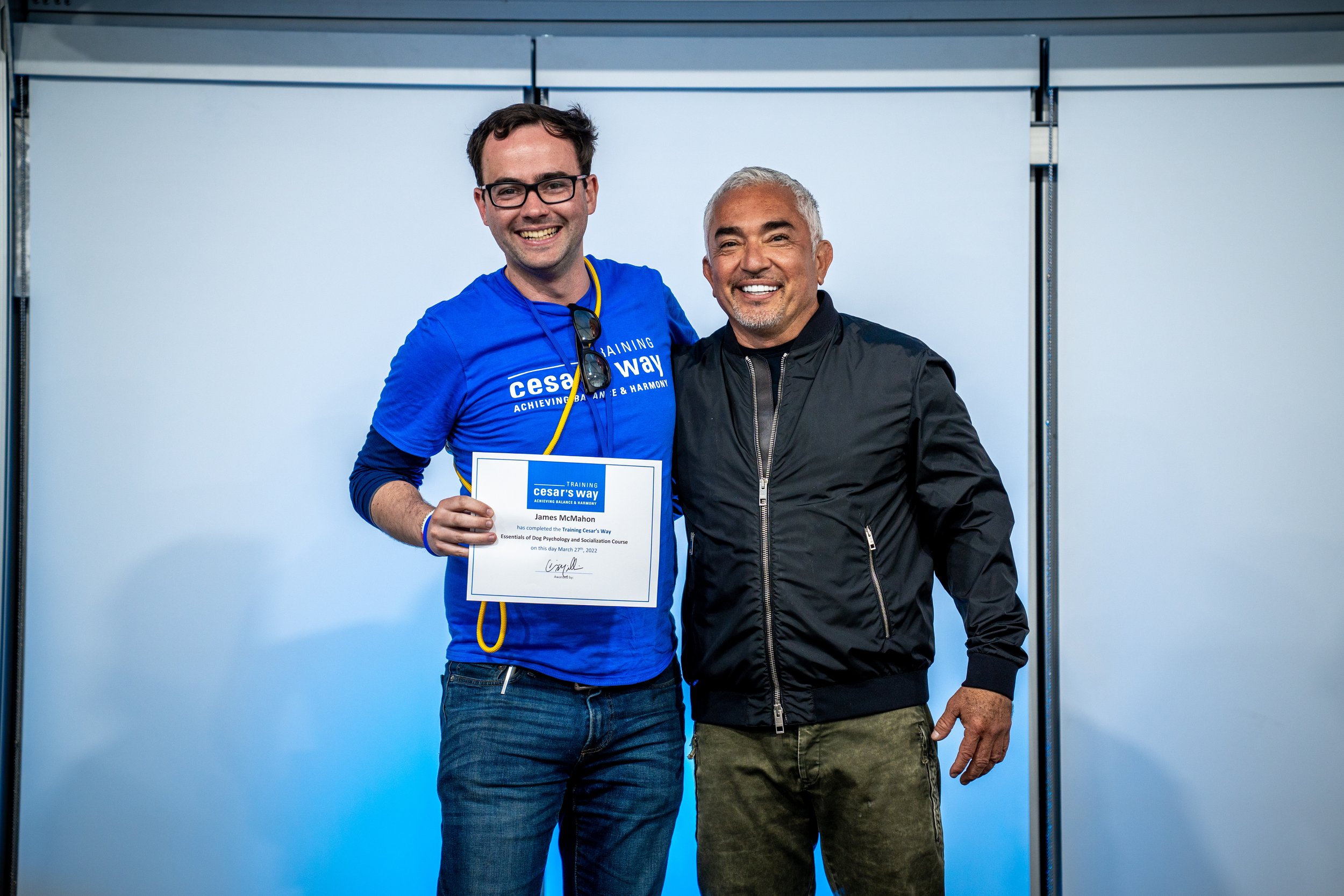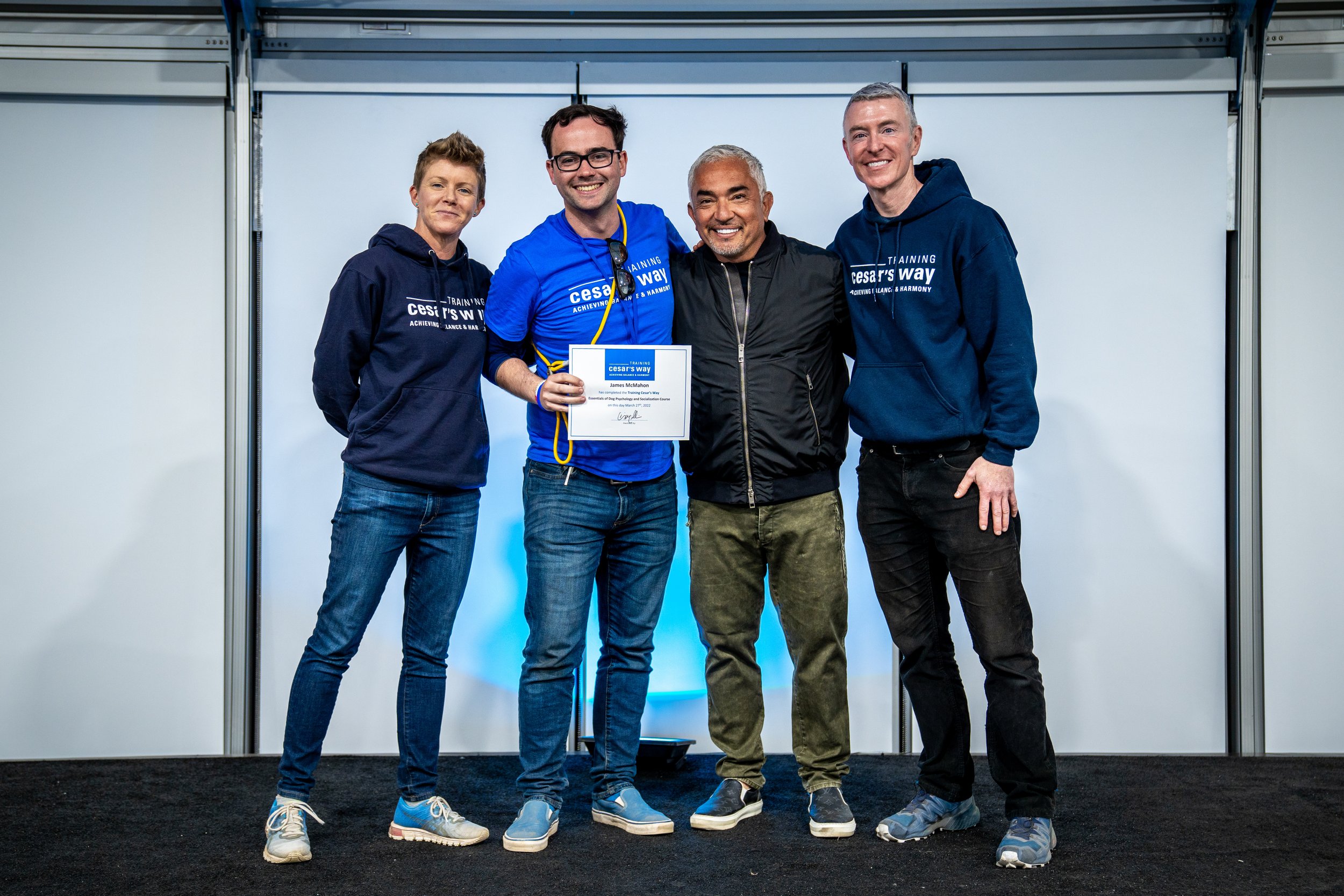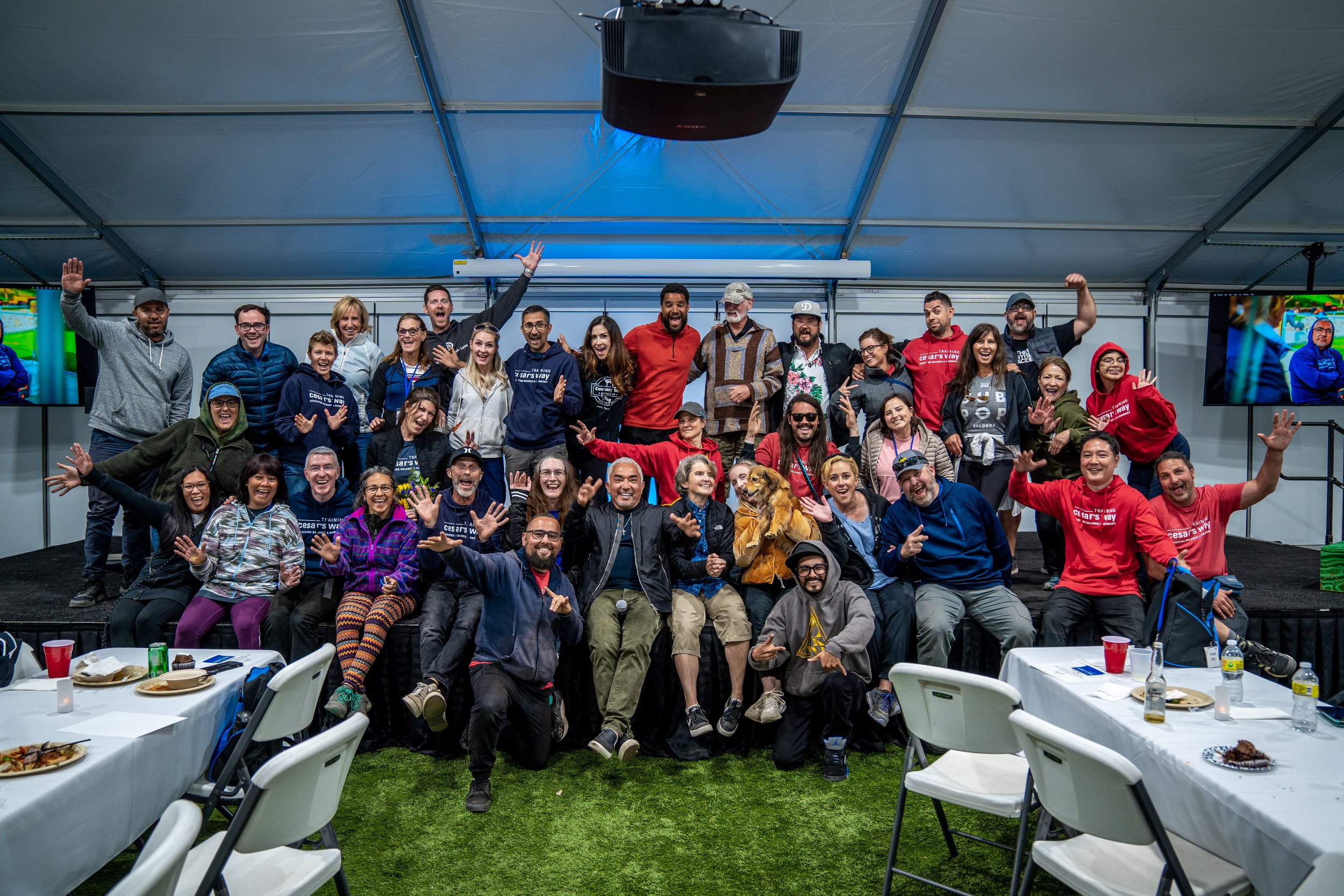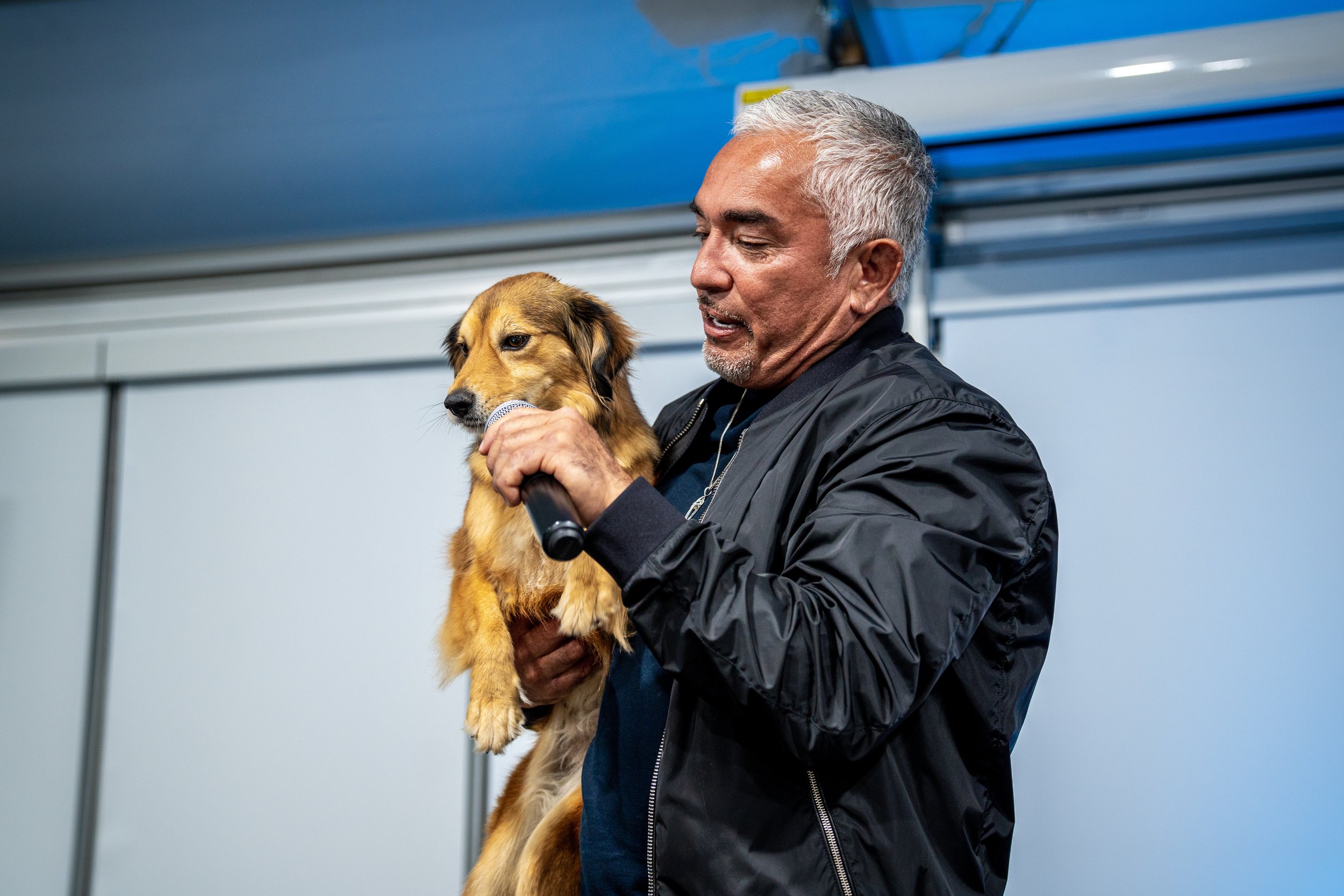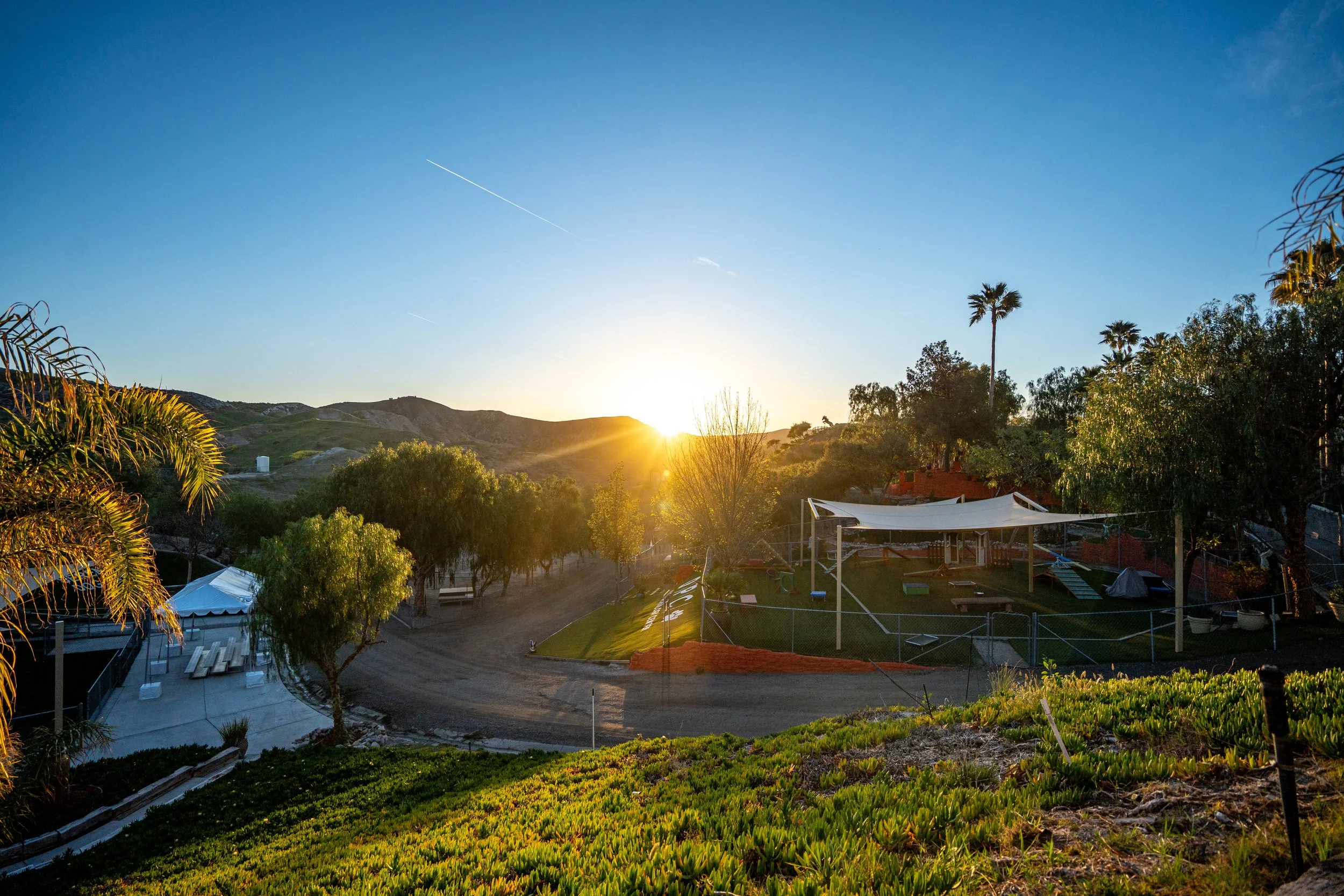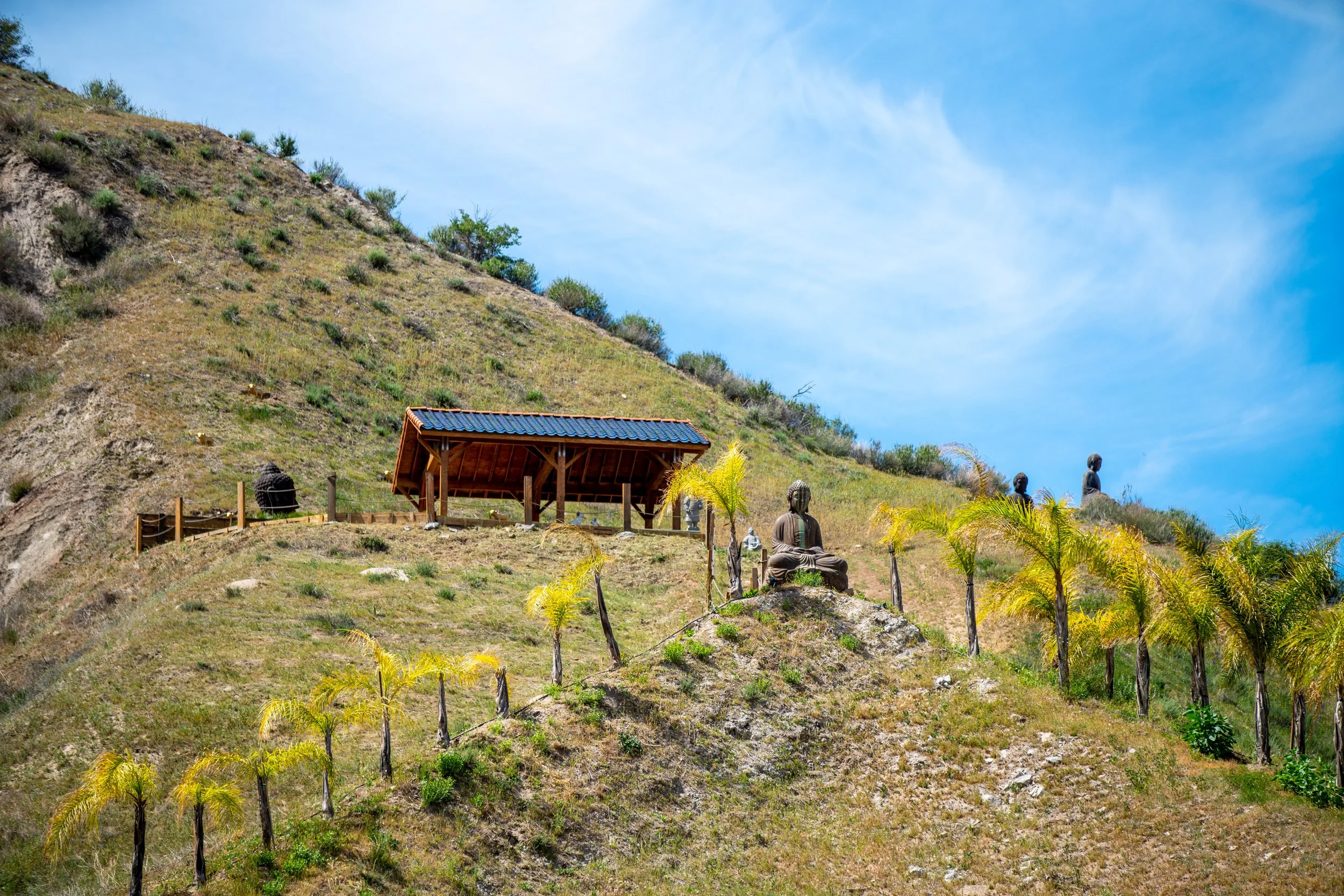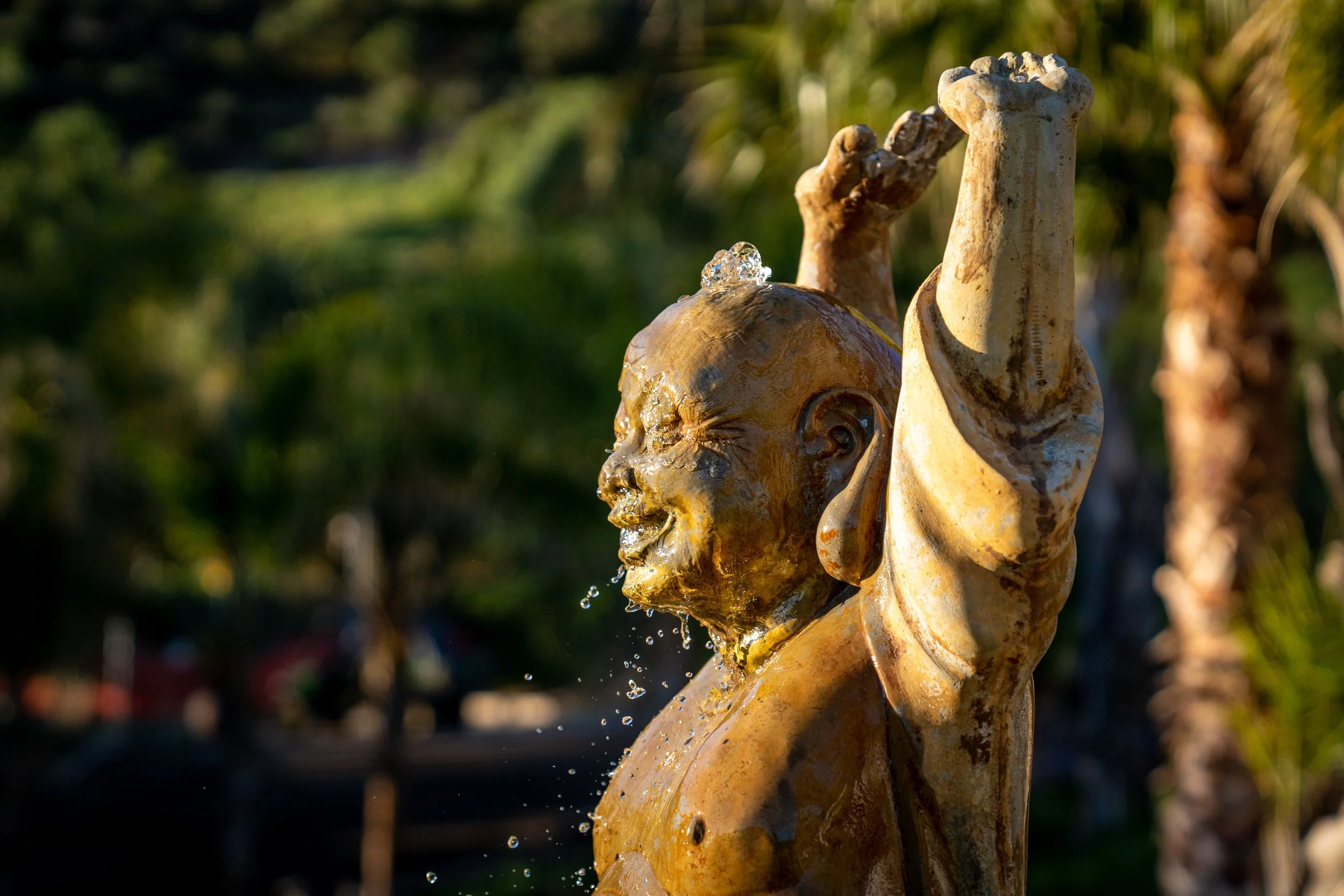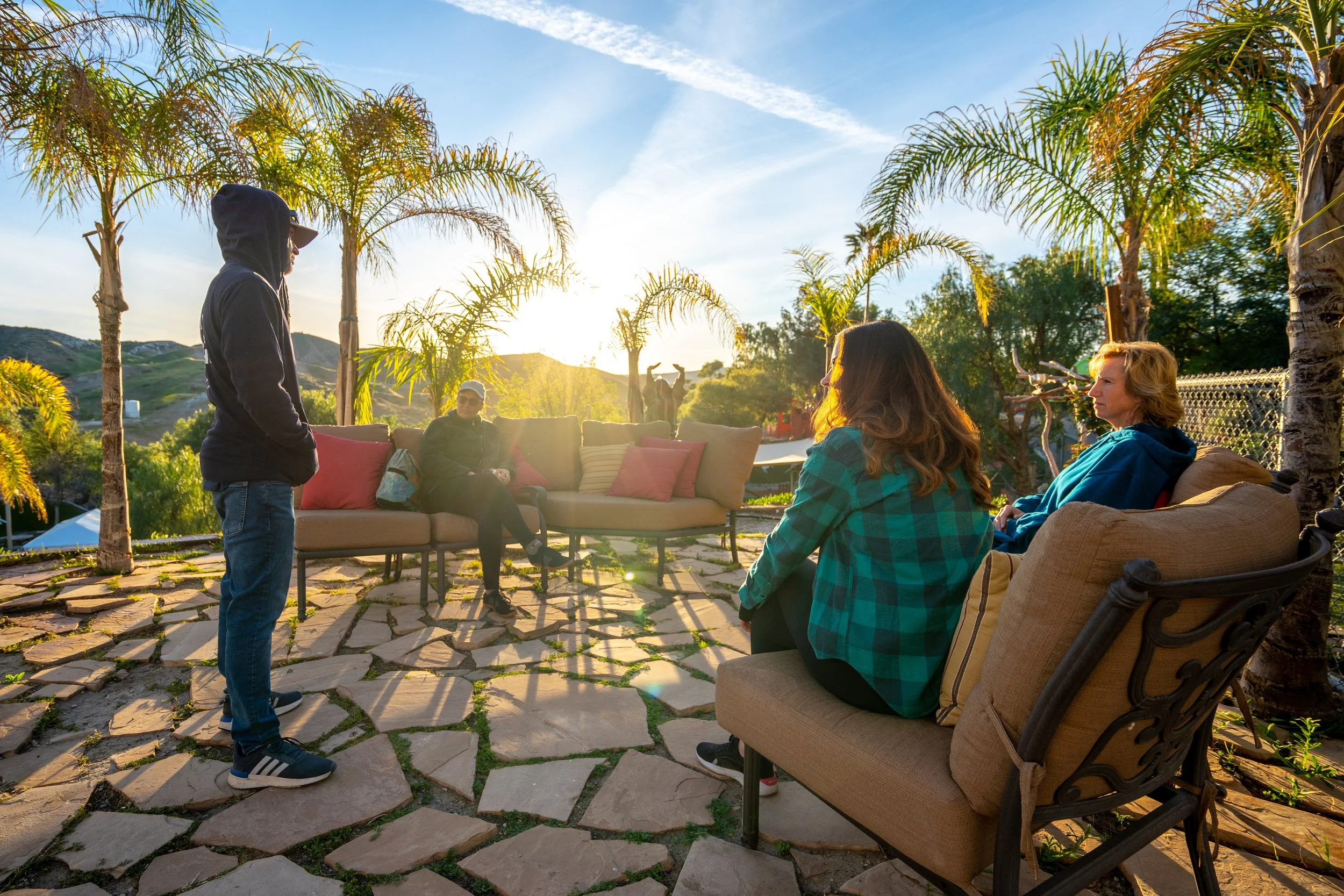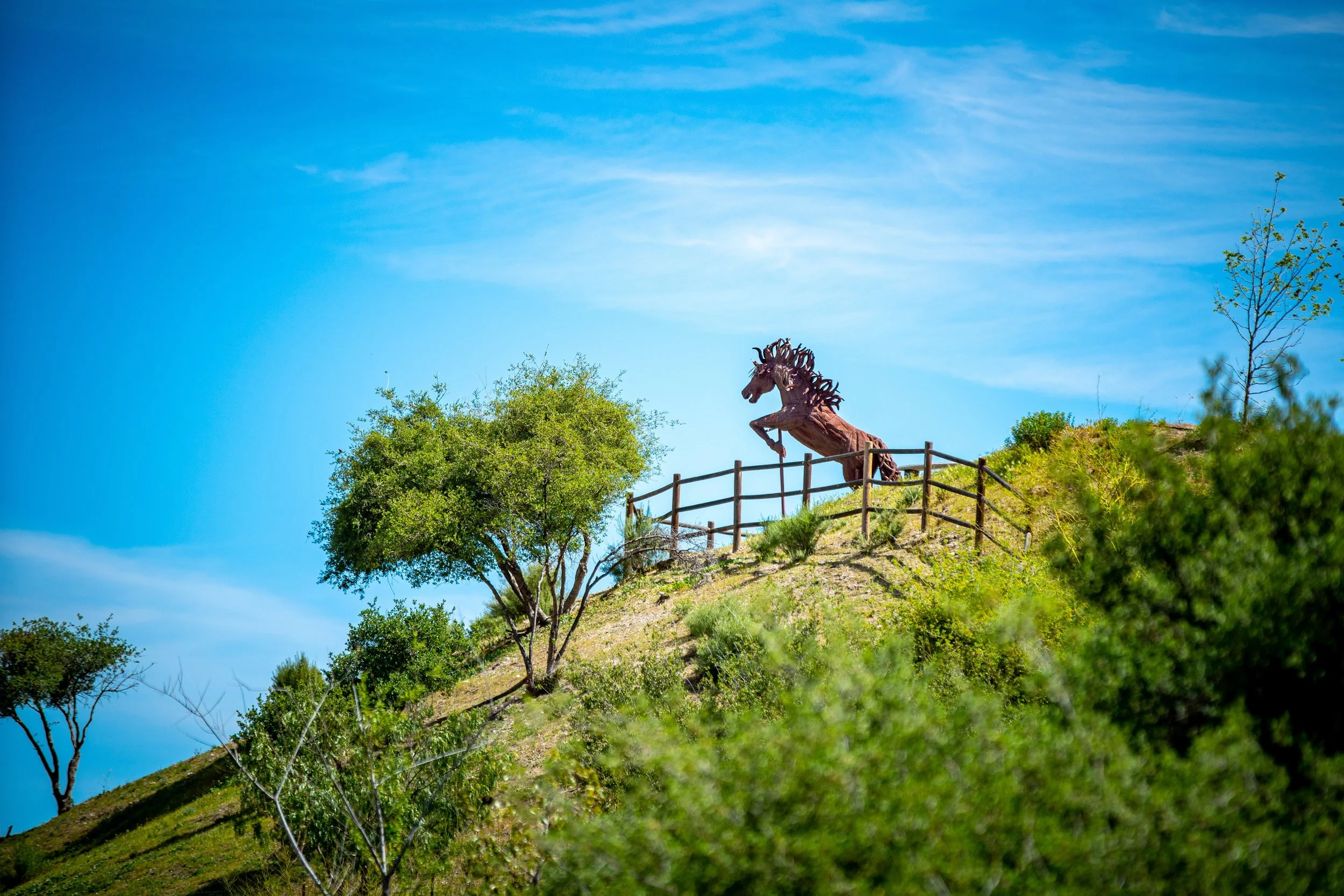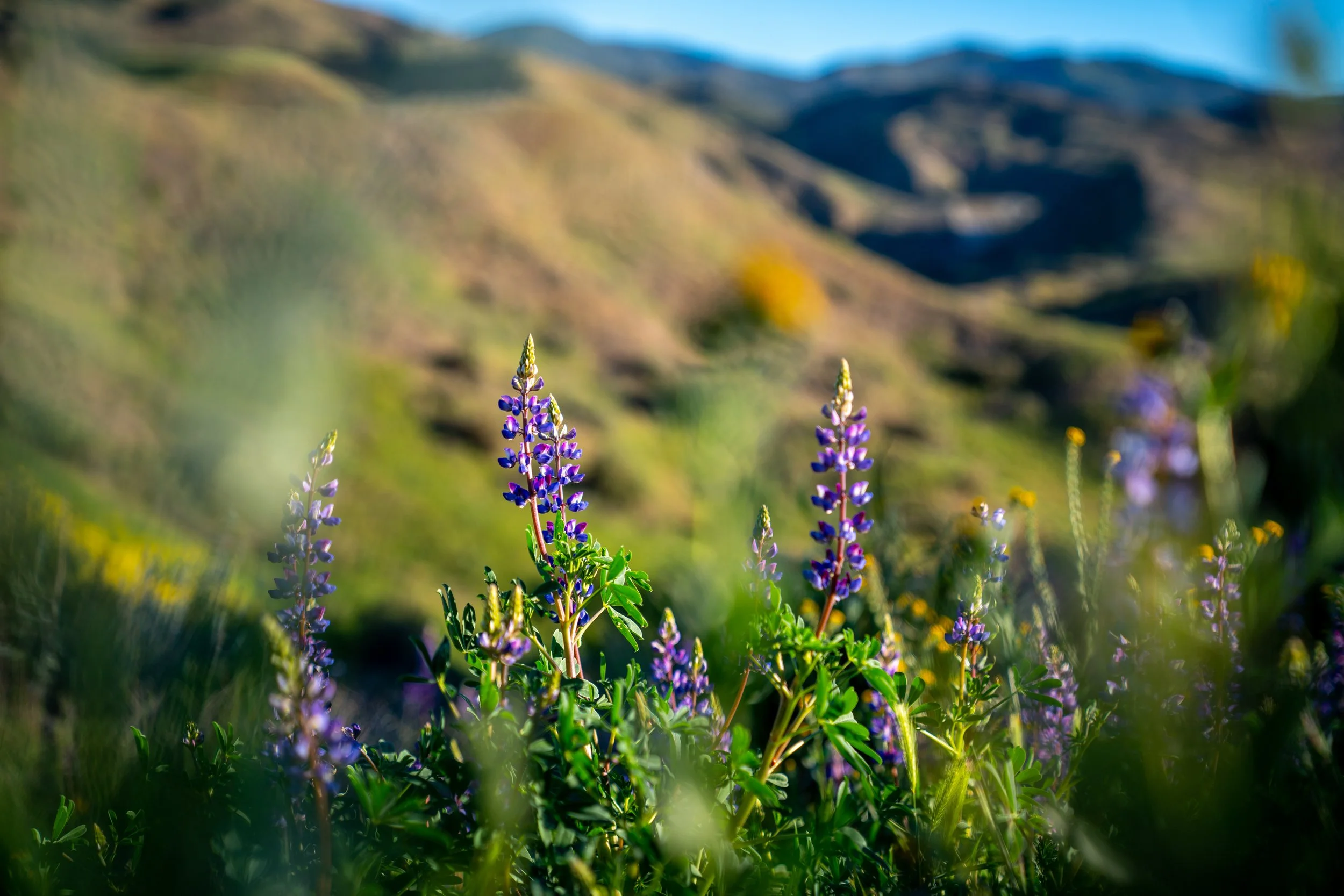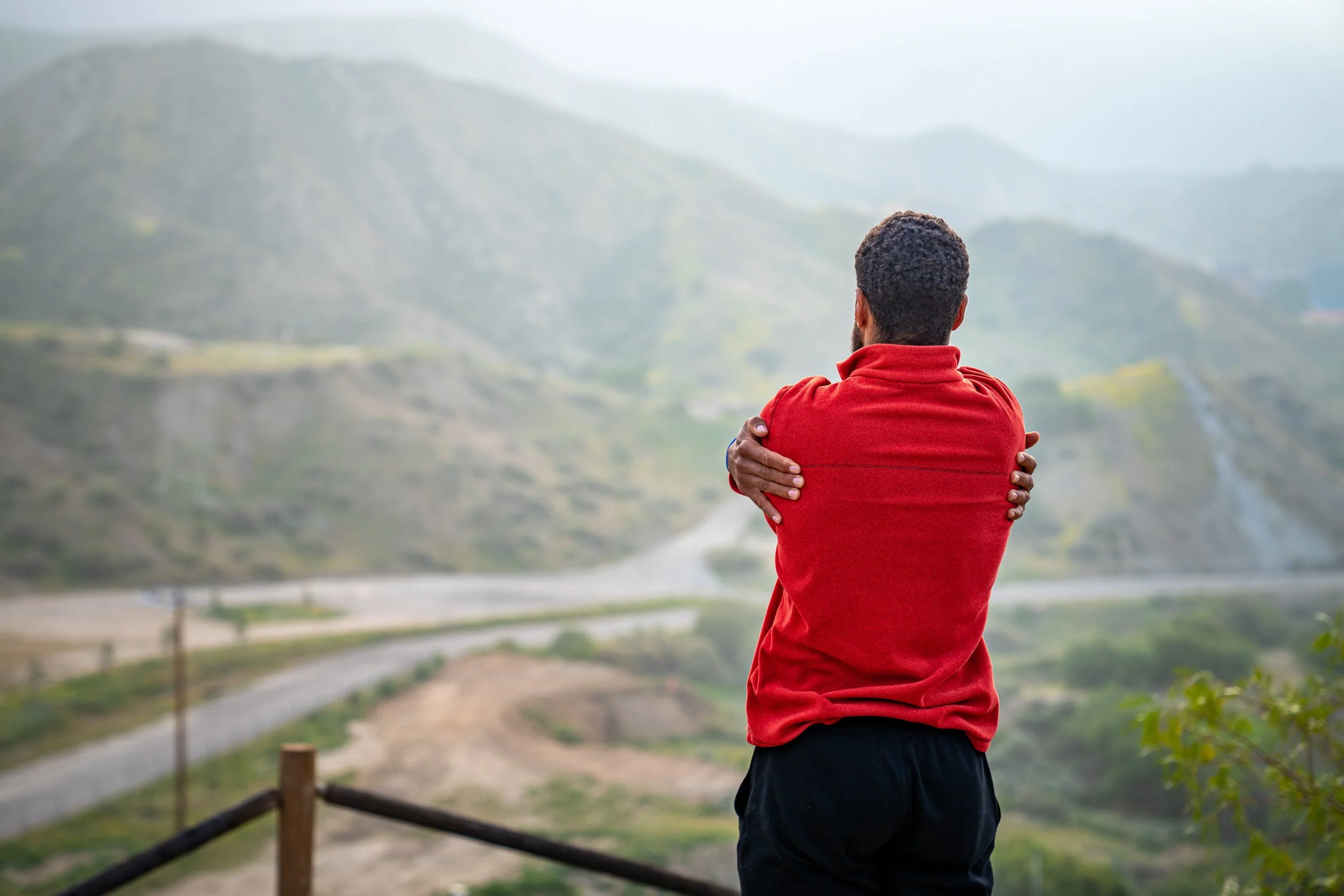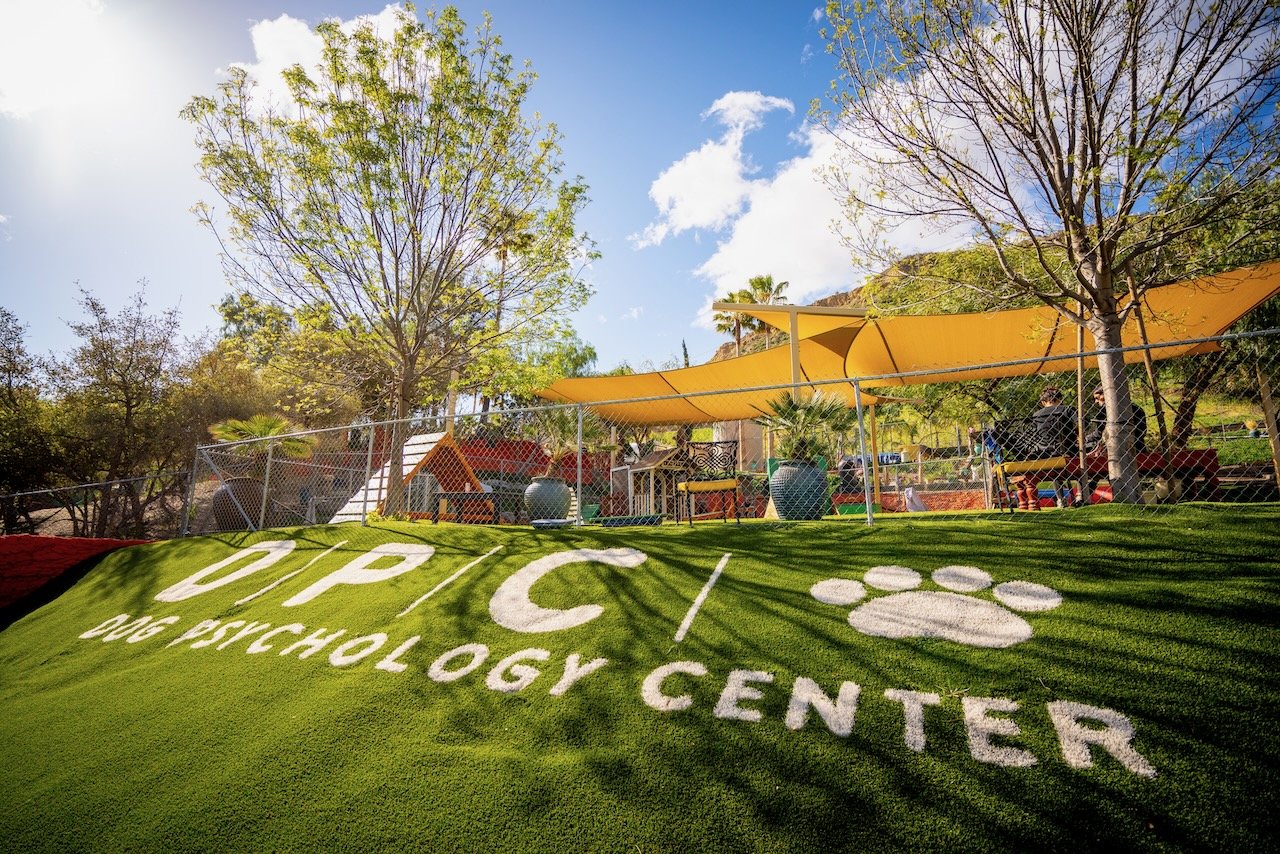
Training Cesar’s Way
My trip to California to train with Cesar at the world famous Dog Psychology Centre
I have always aimed to learn from the very best in the industry, and for those who know him, there is no one on the planet who understands dogs better than Cesar Millan. Famous for taking on the dogs no one else will touch and rehabilitating the dogs no one else can help, Cesar is a master behaviourist and a personal mentor to me.
The Dog Psychology Centre in California is dedicated to not only rehabilitating dogs through Cesars principle of Natural, Simple and Profound, but to help people do the same. I spent two weeks working alongside Cesar and his team of trainers, rehabilitating shelter dogs and learning a huge amount about myself in the process. Explore this gallery to get a glimpse into what its like to visit the DPC, and see what underpins the work I do at the Dog’s Way.
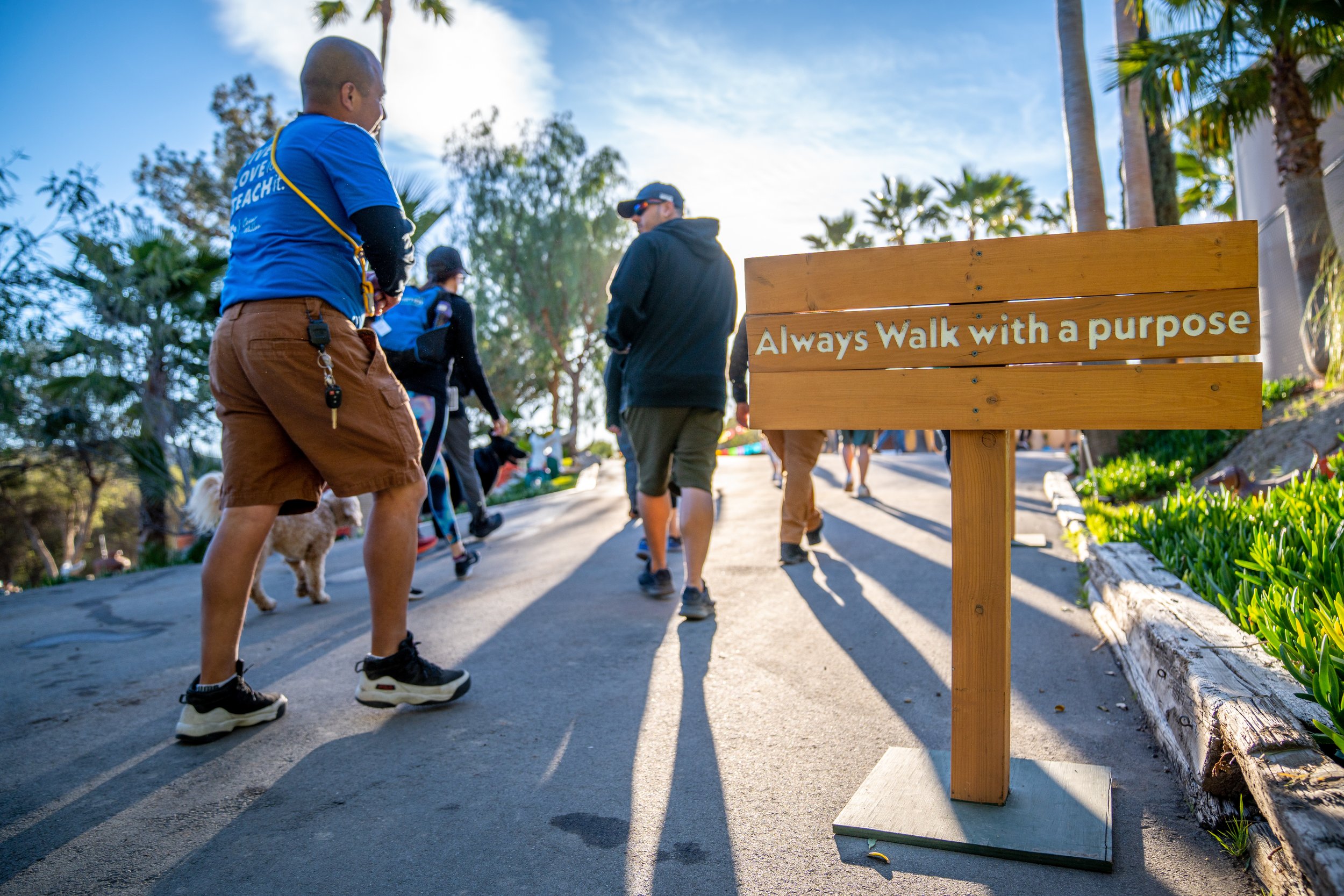
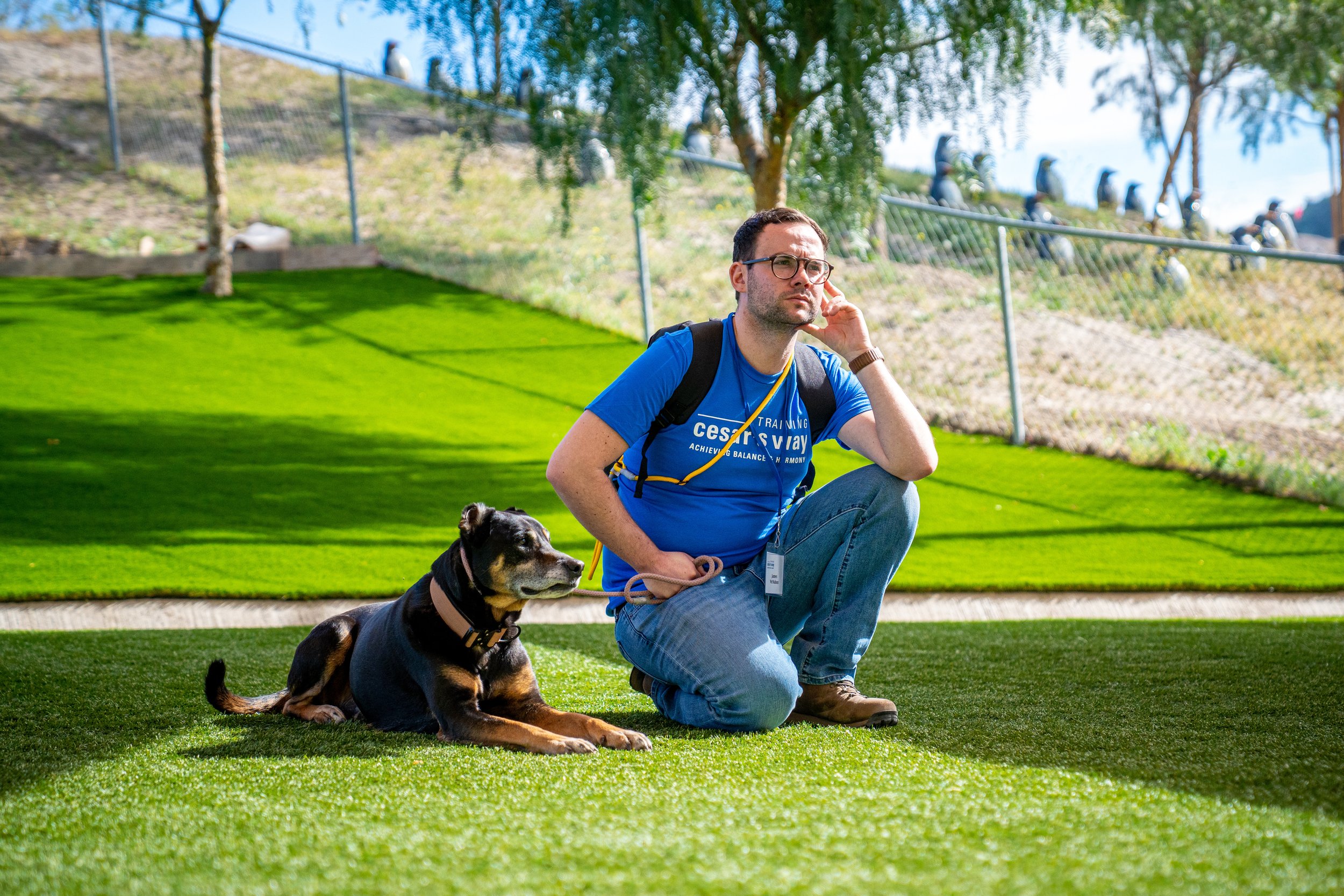
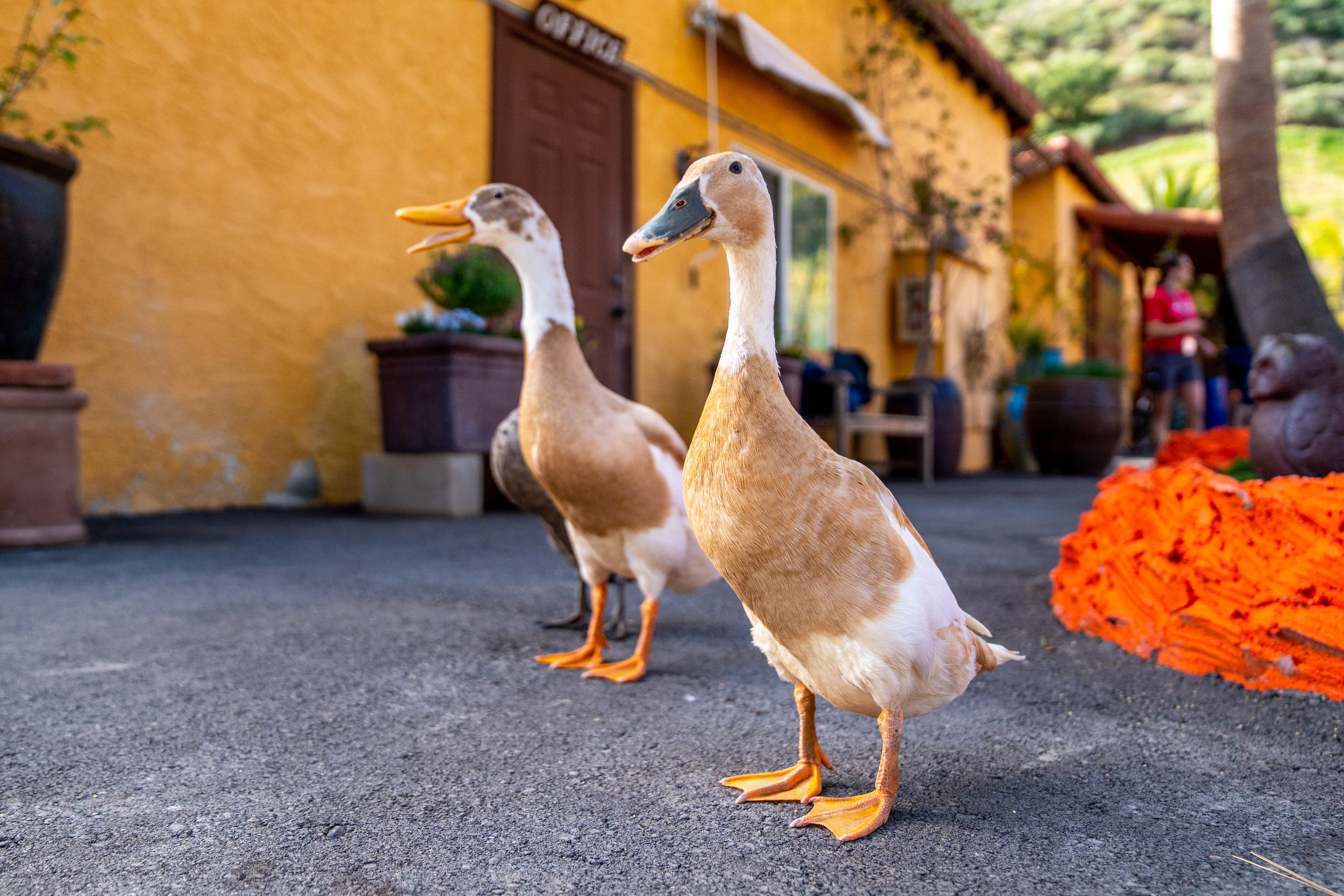
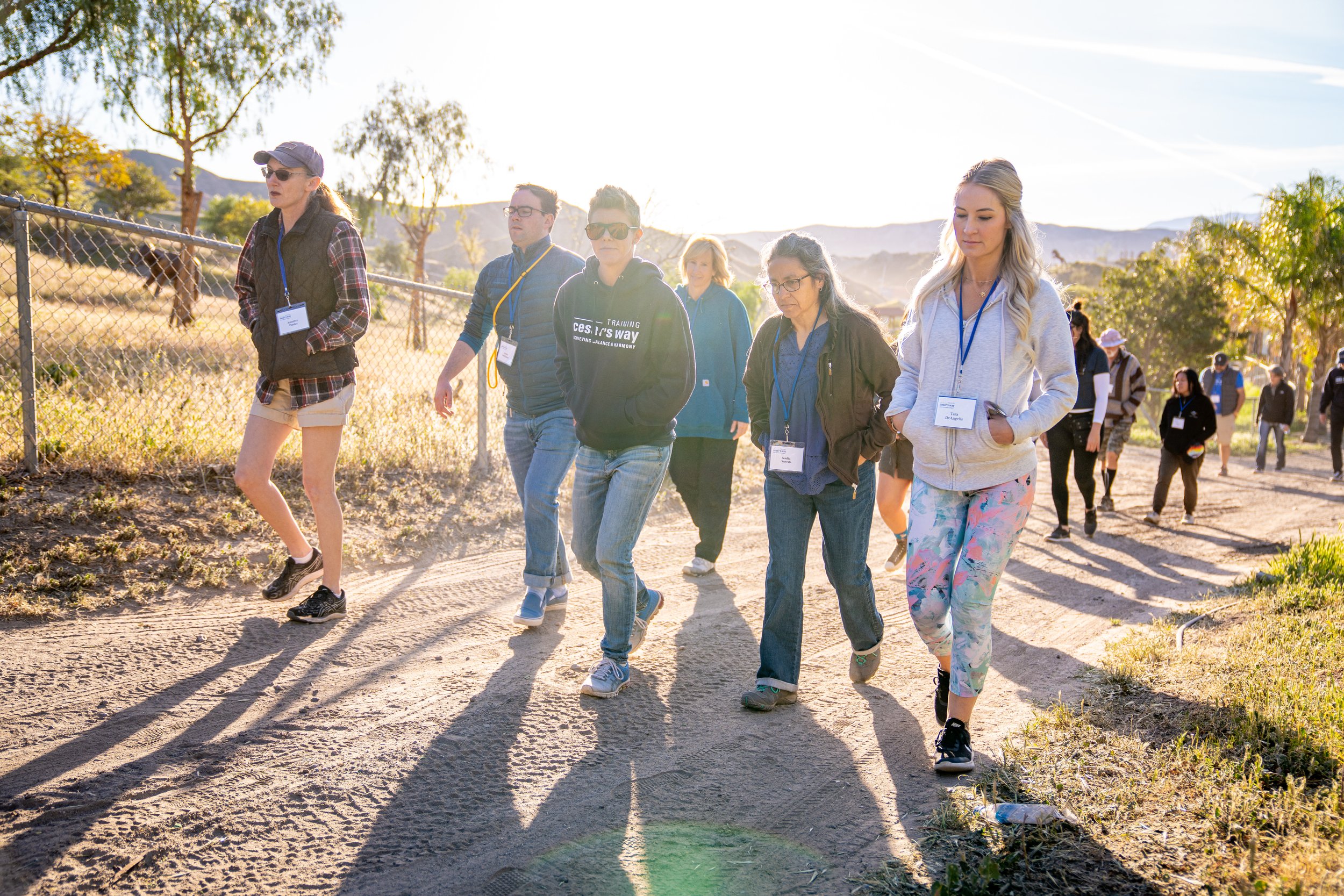

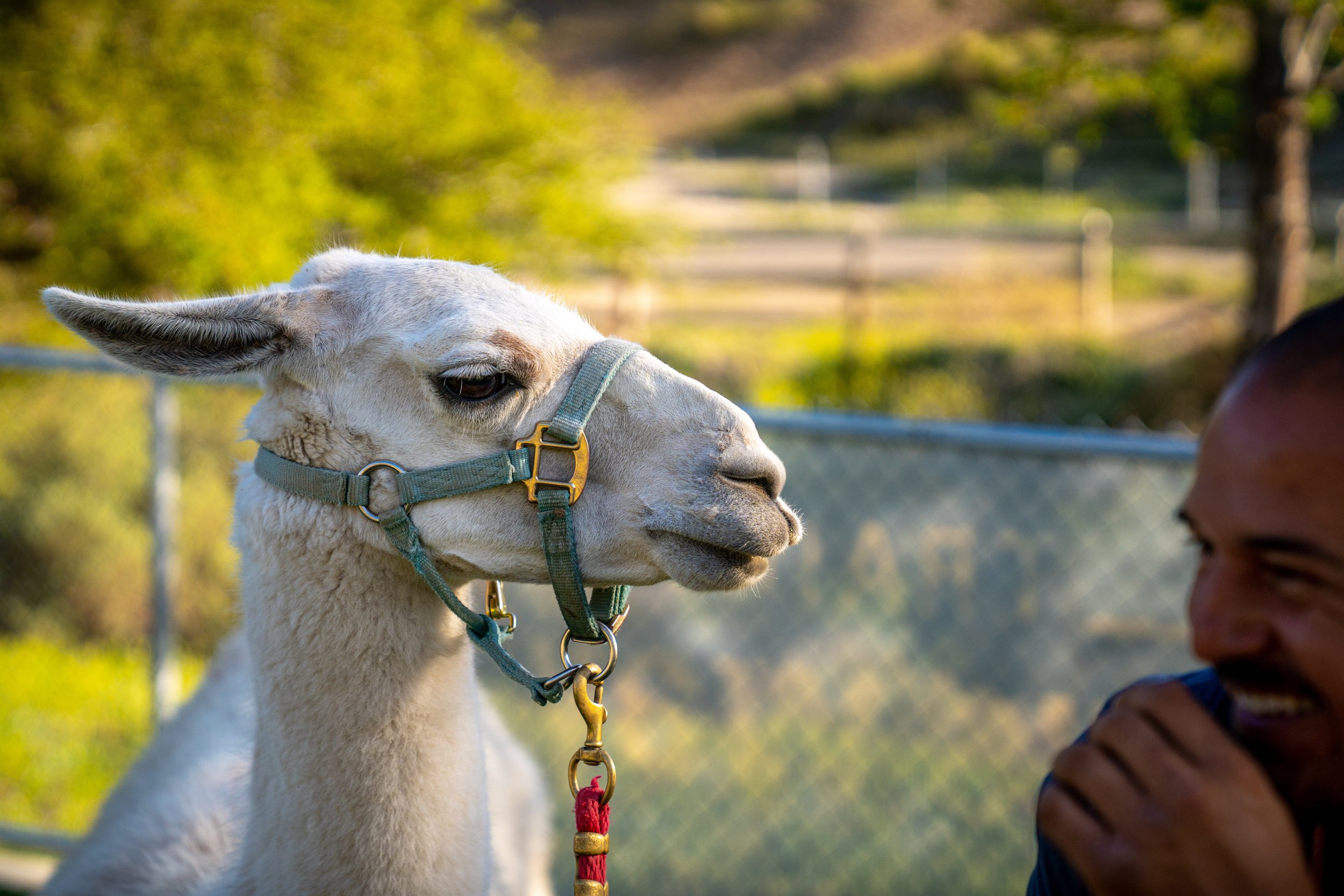
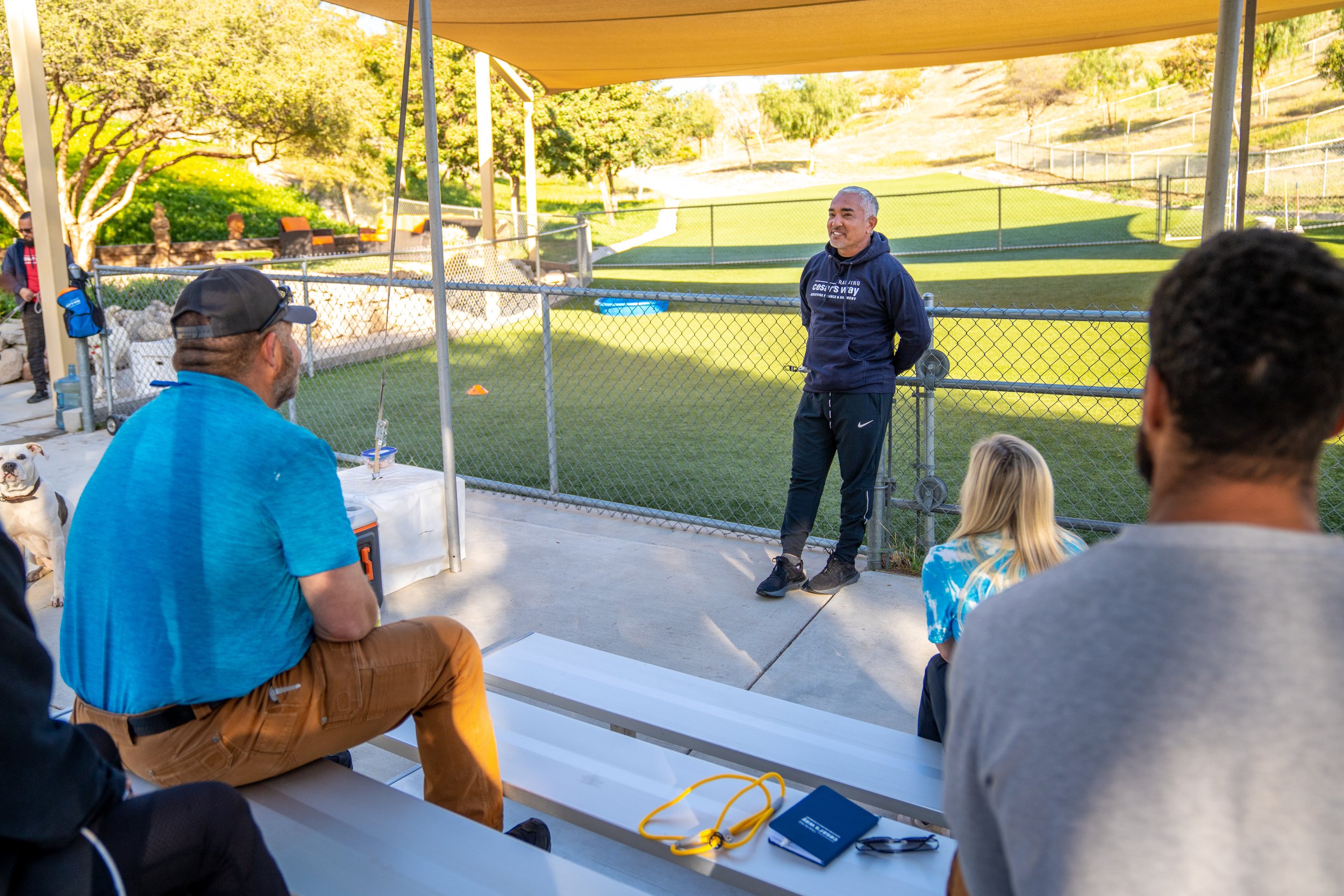


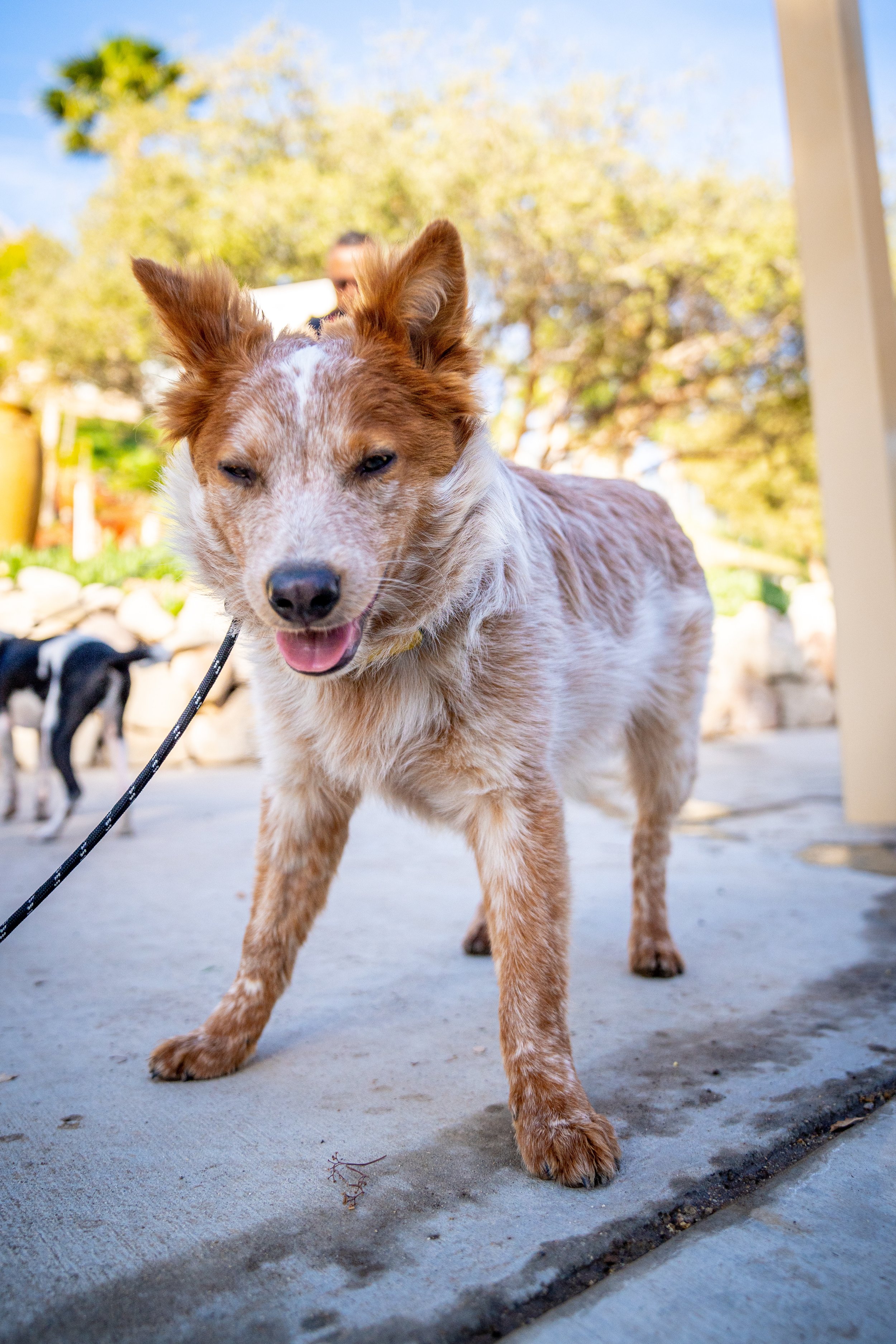
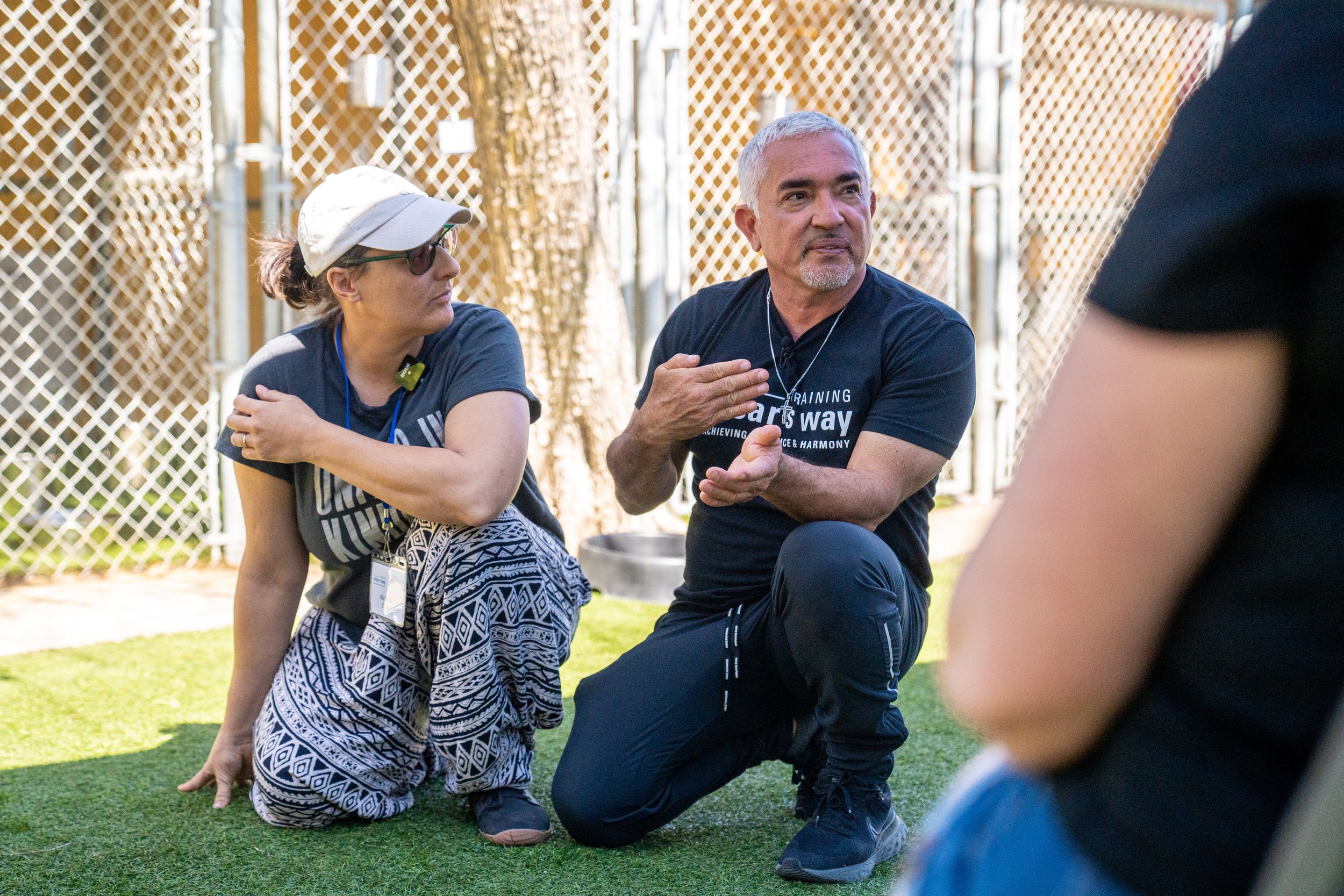
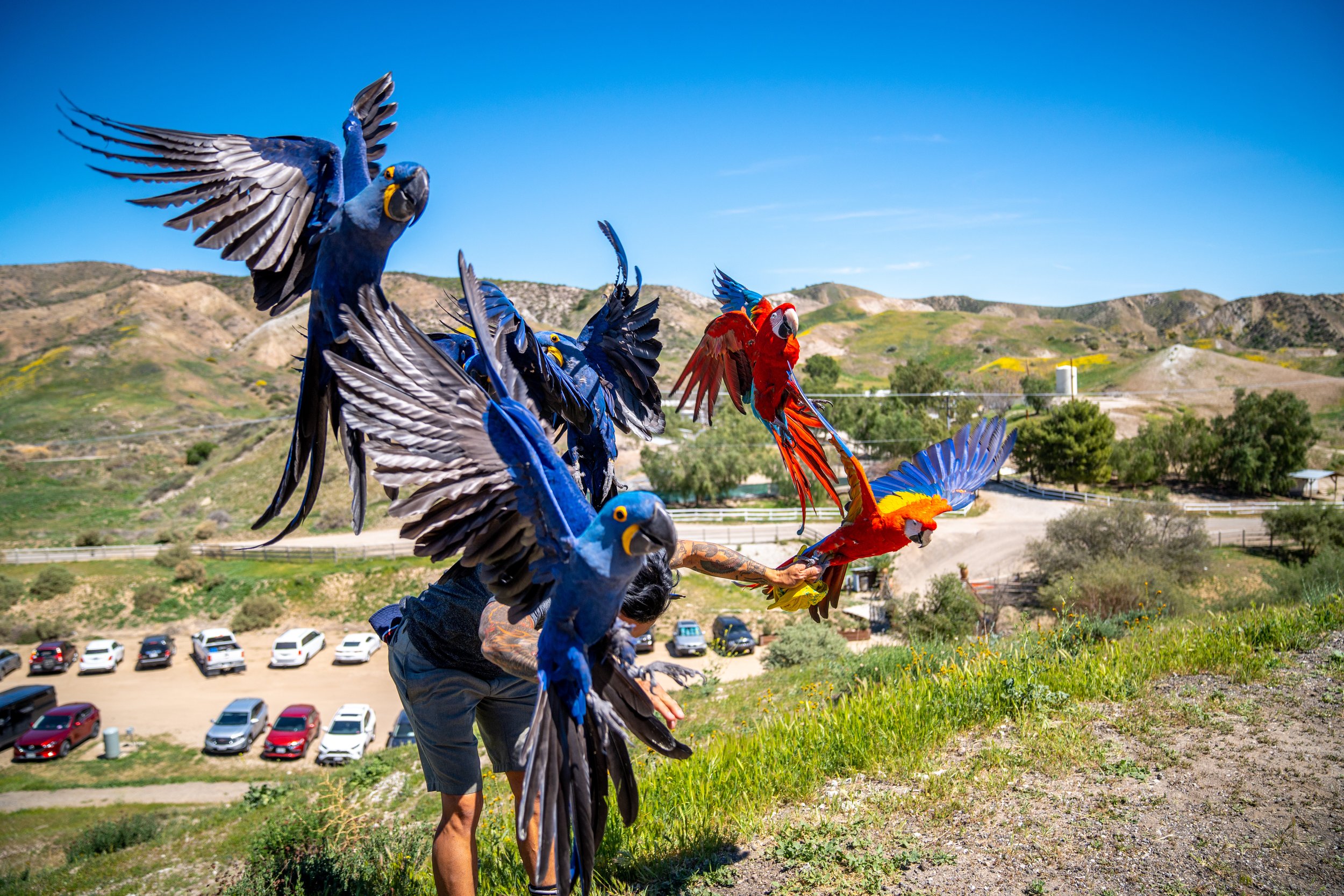
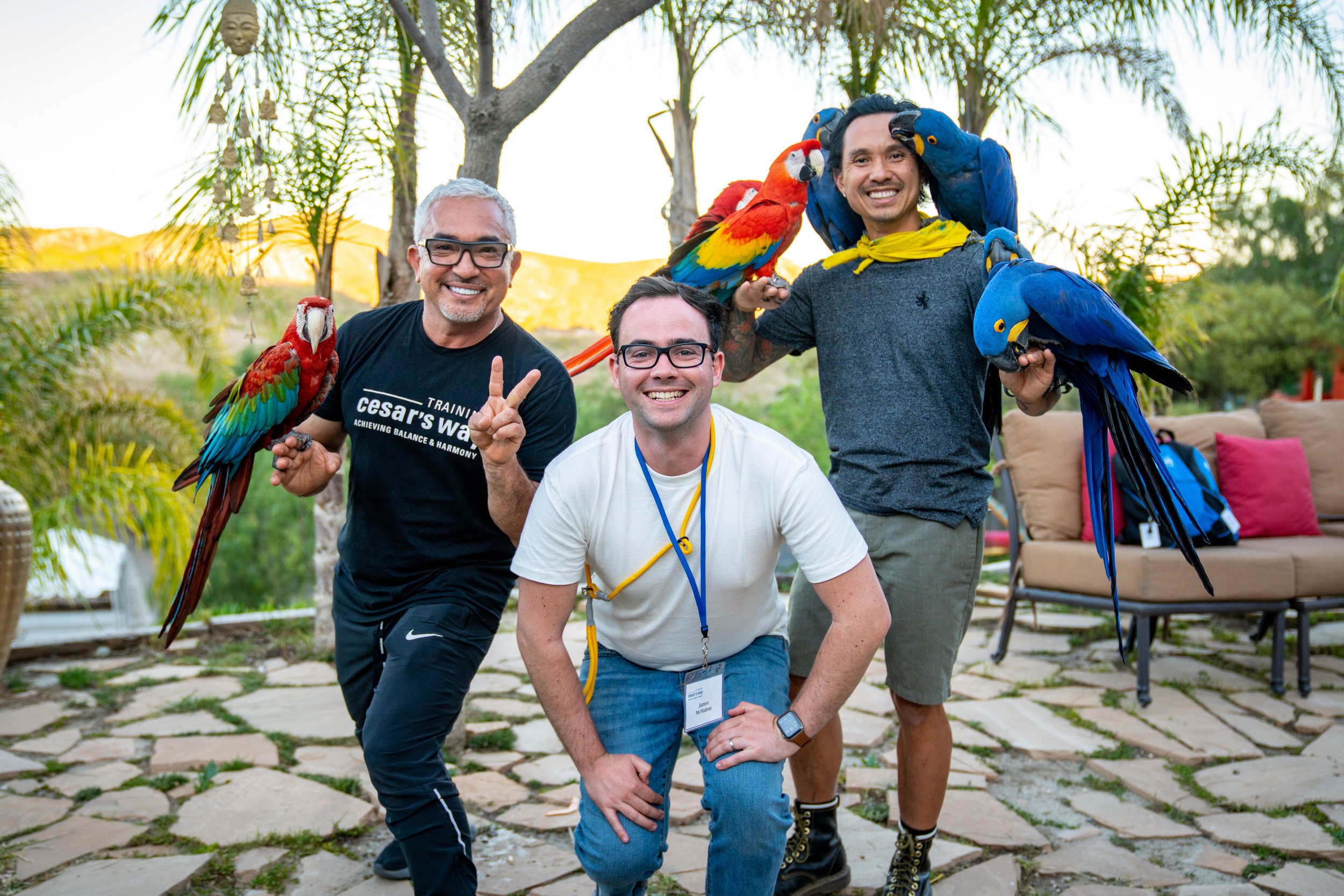
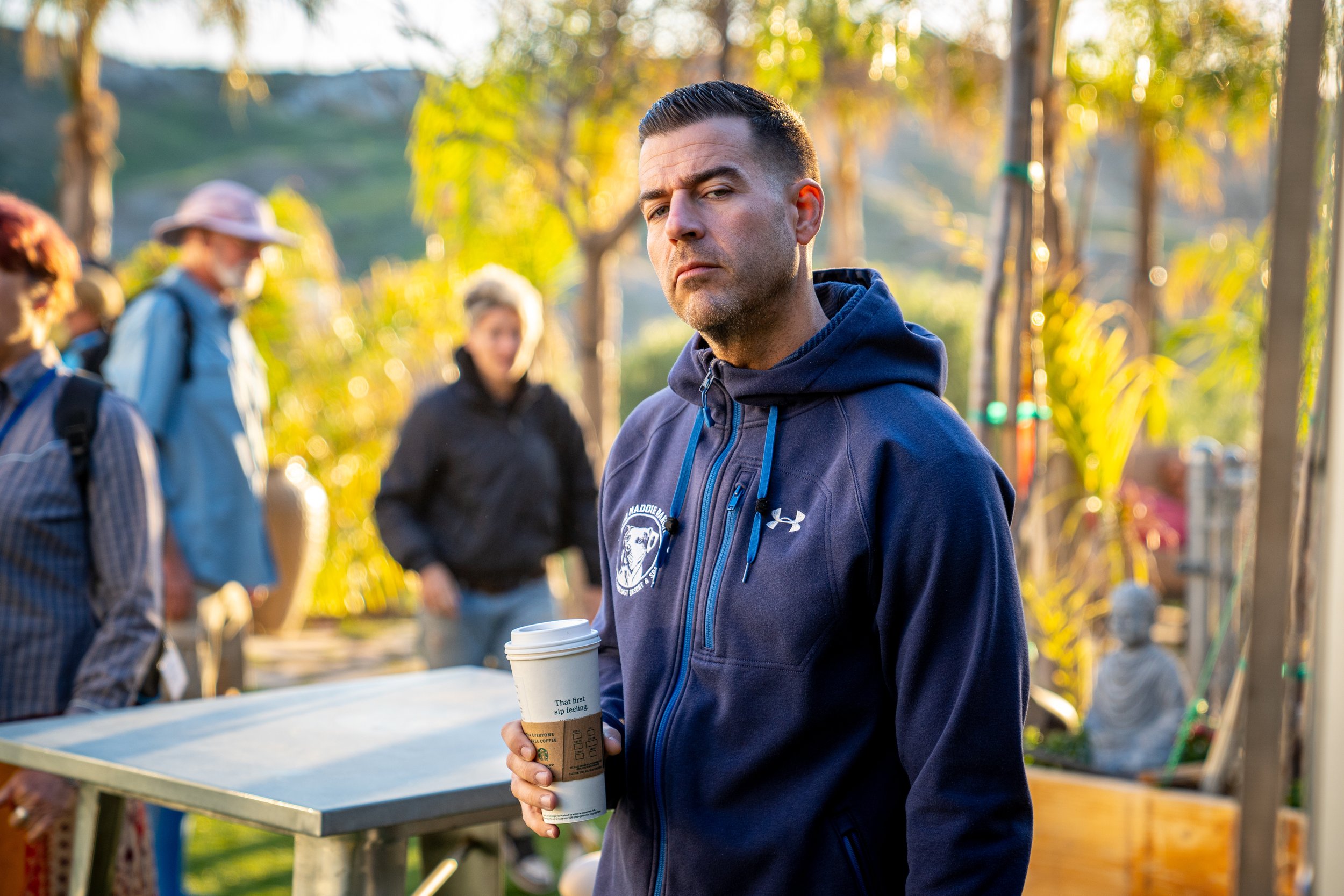
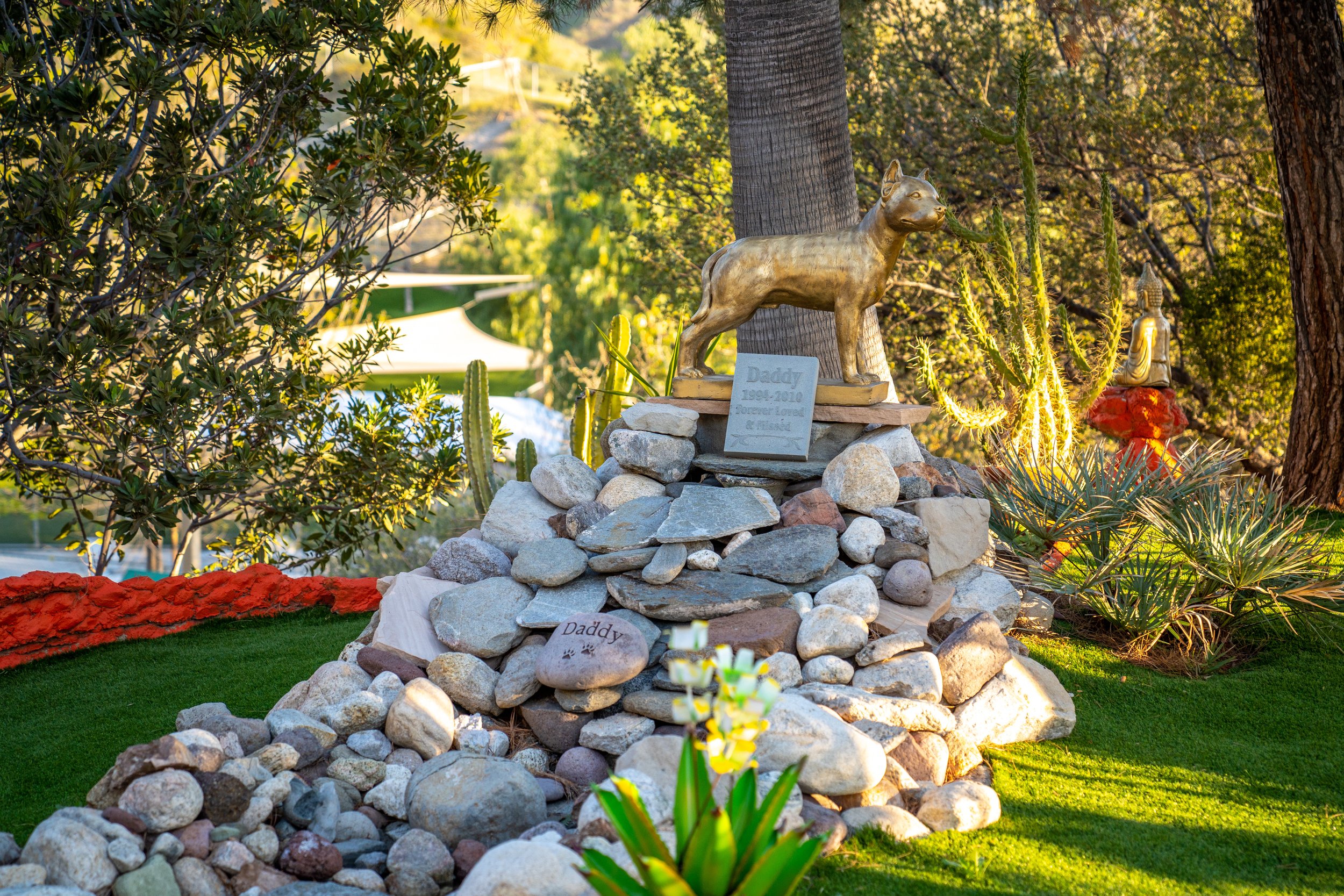
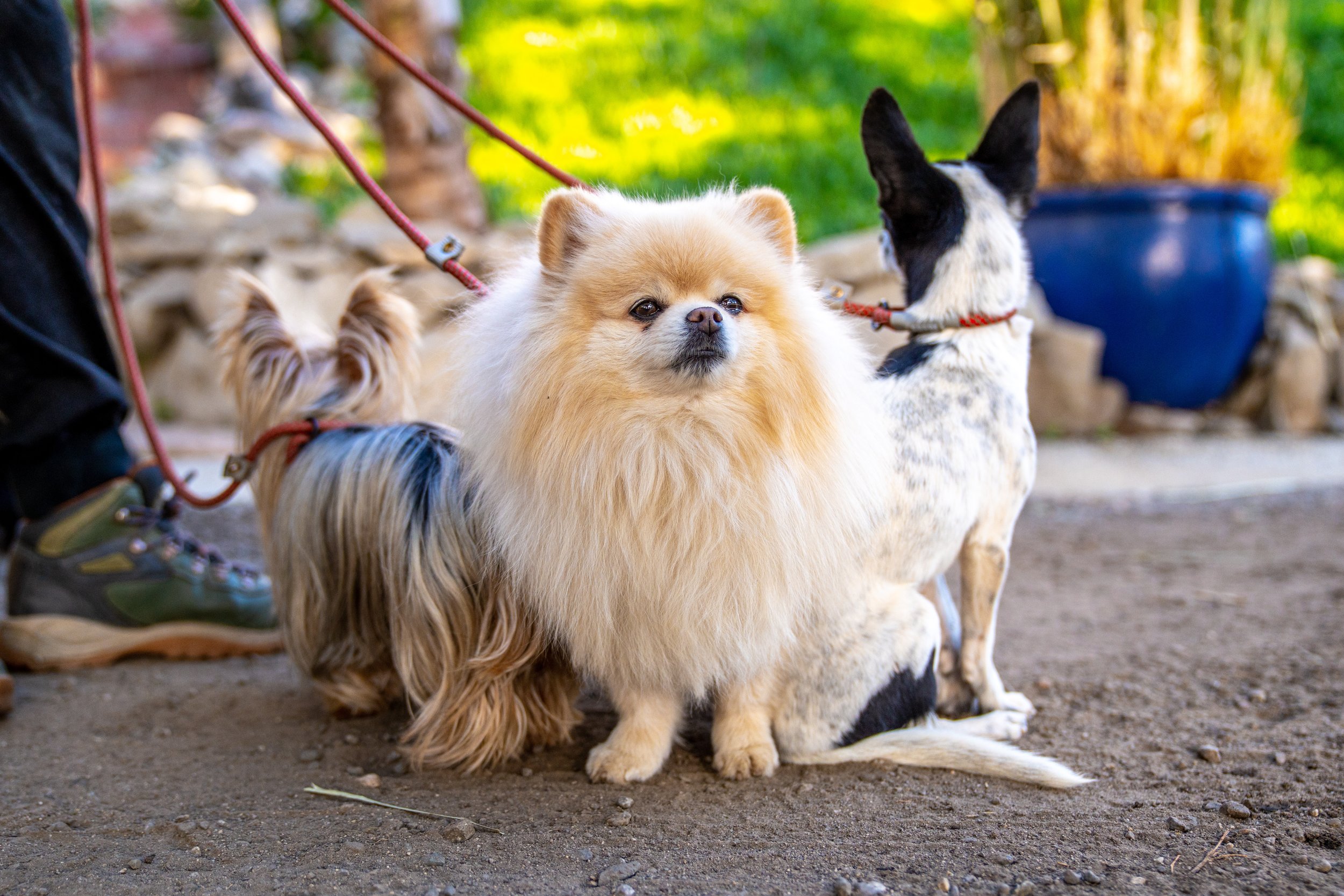
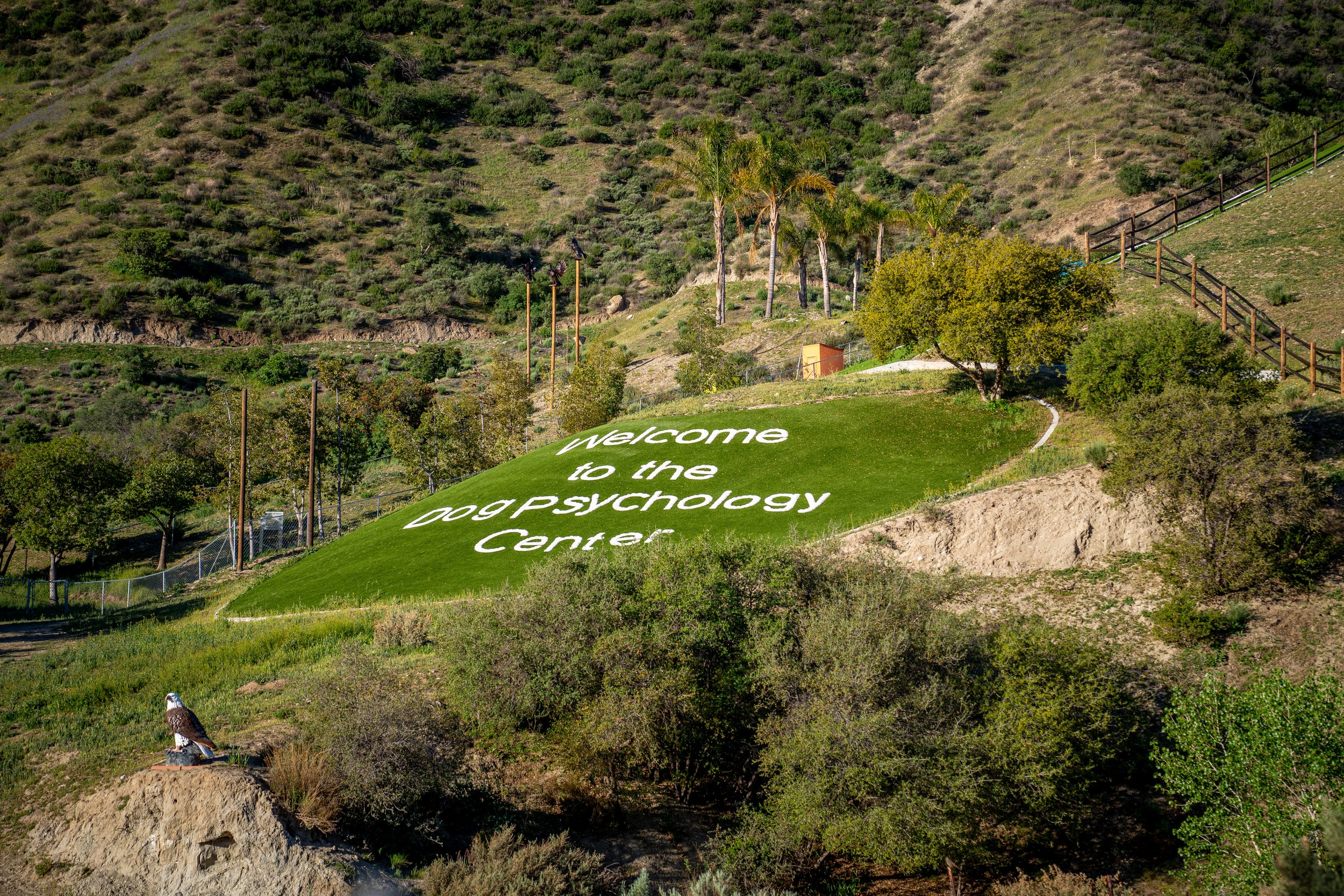
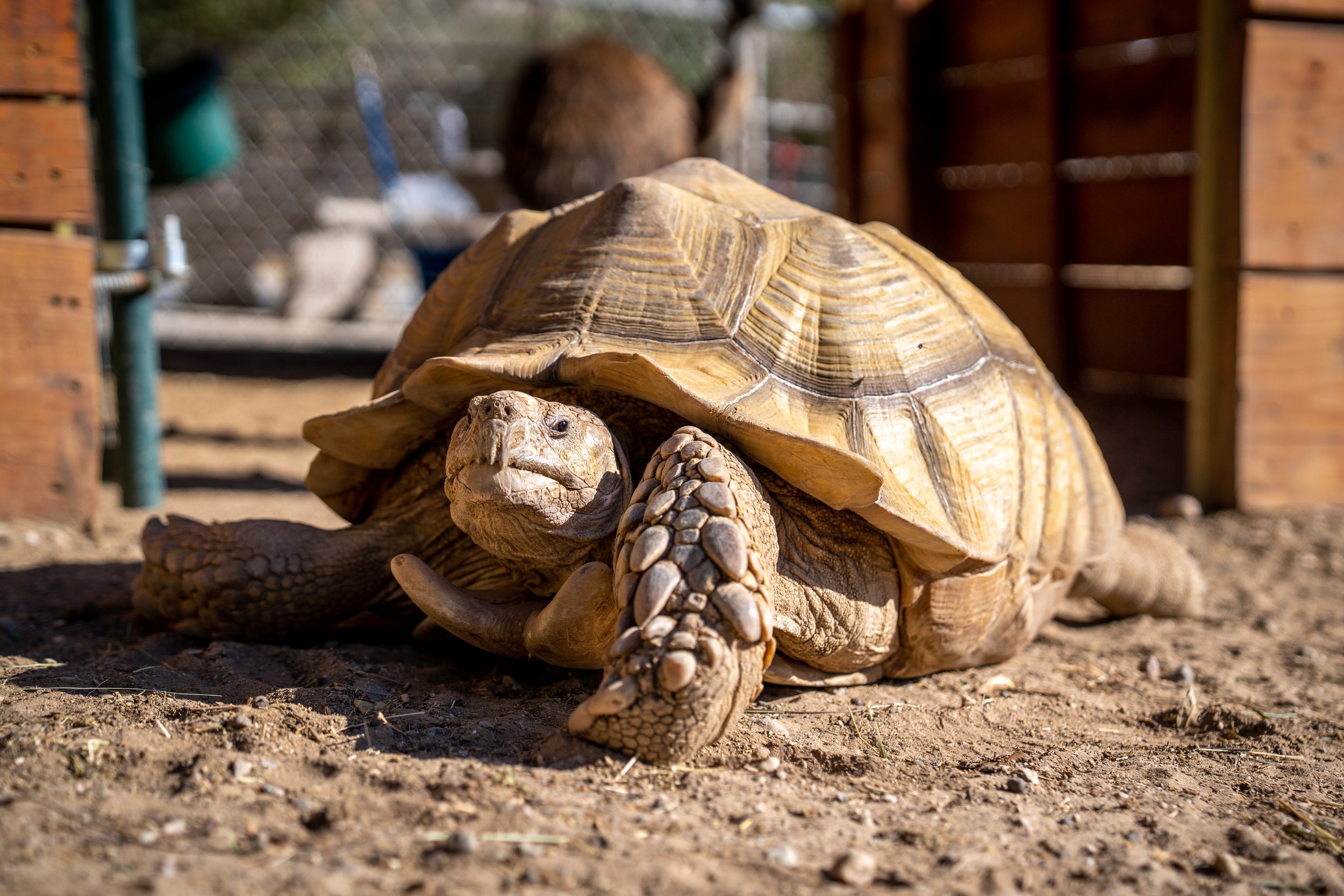


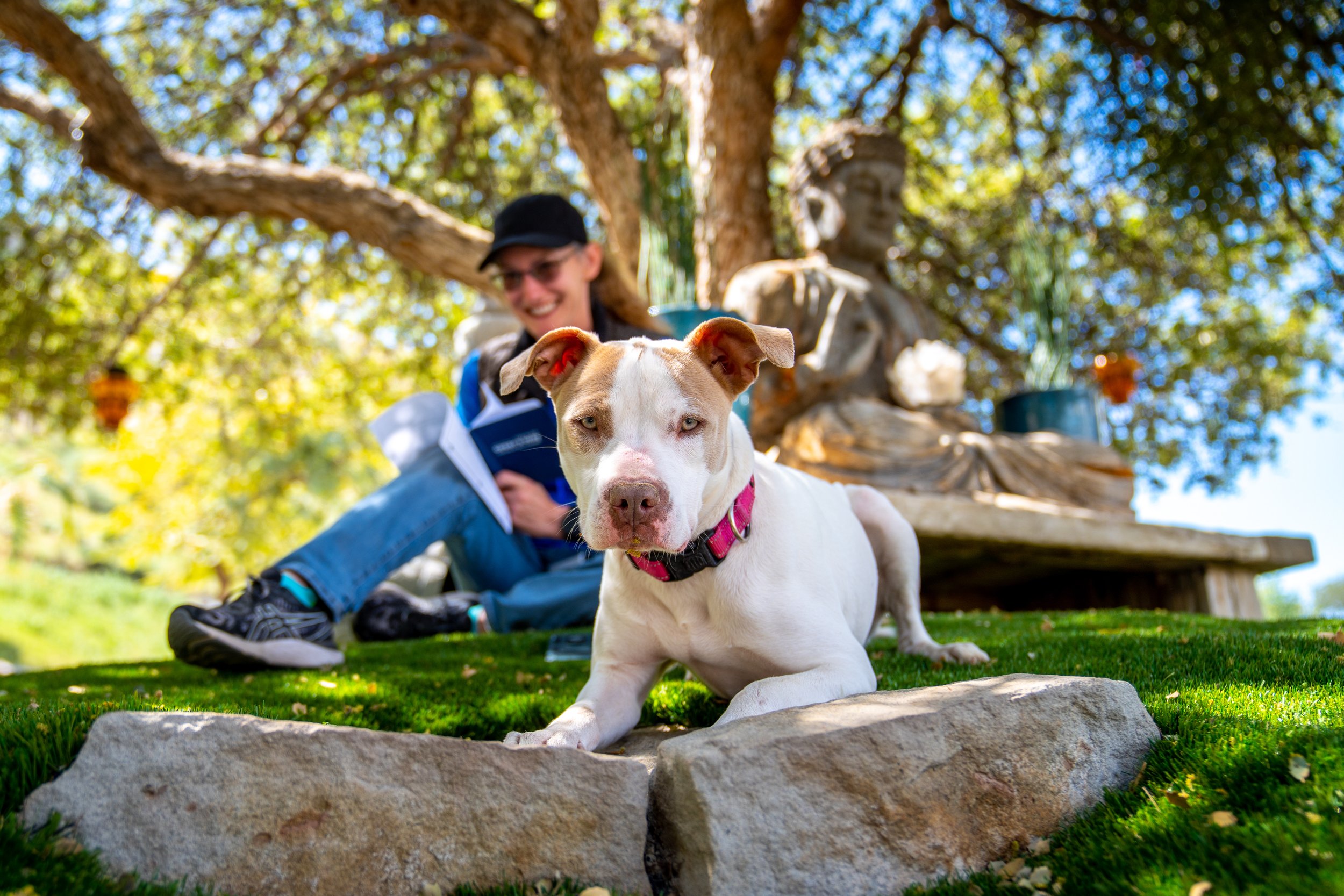
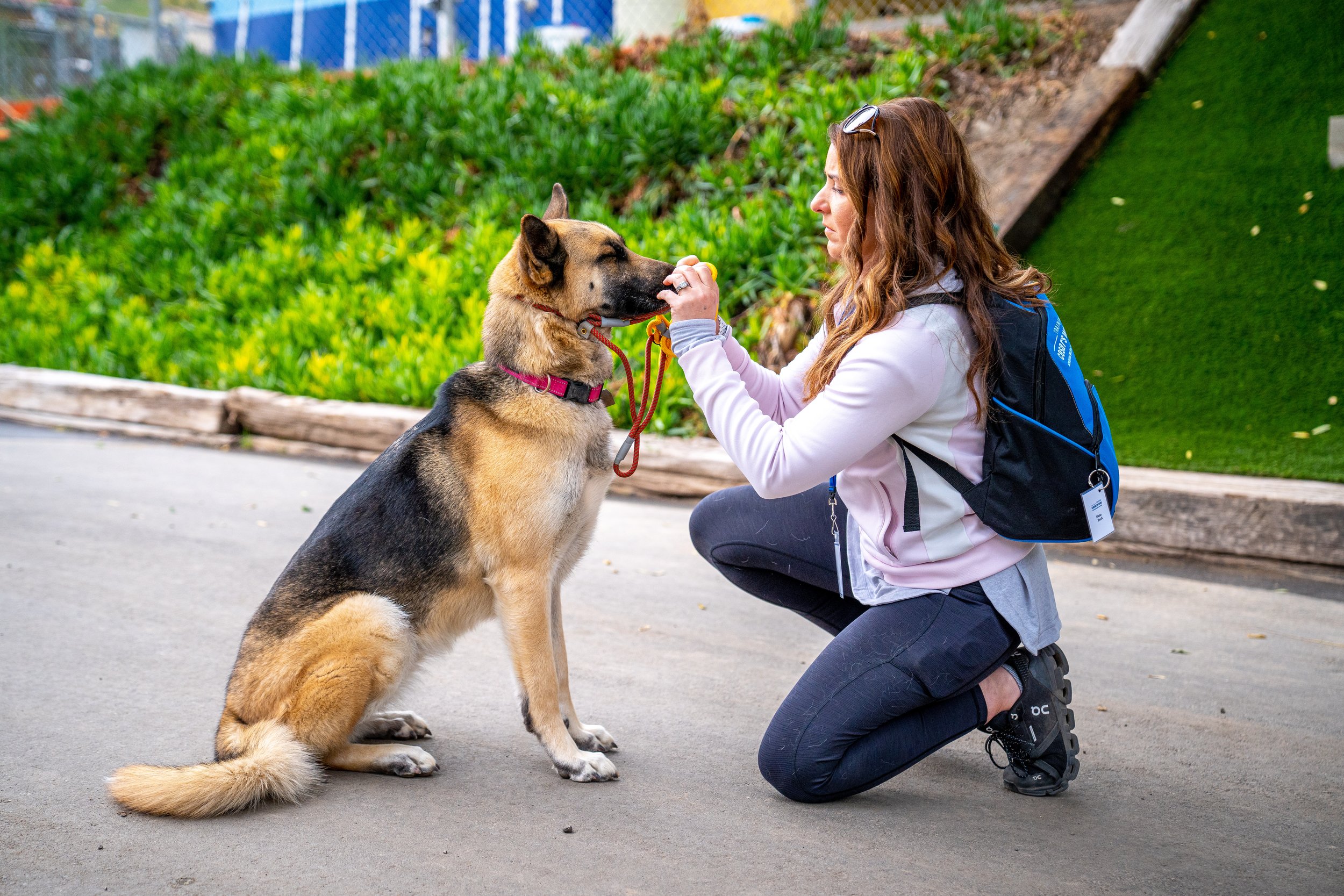
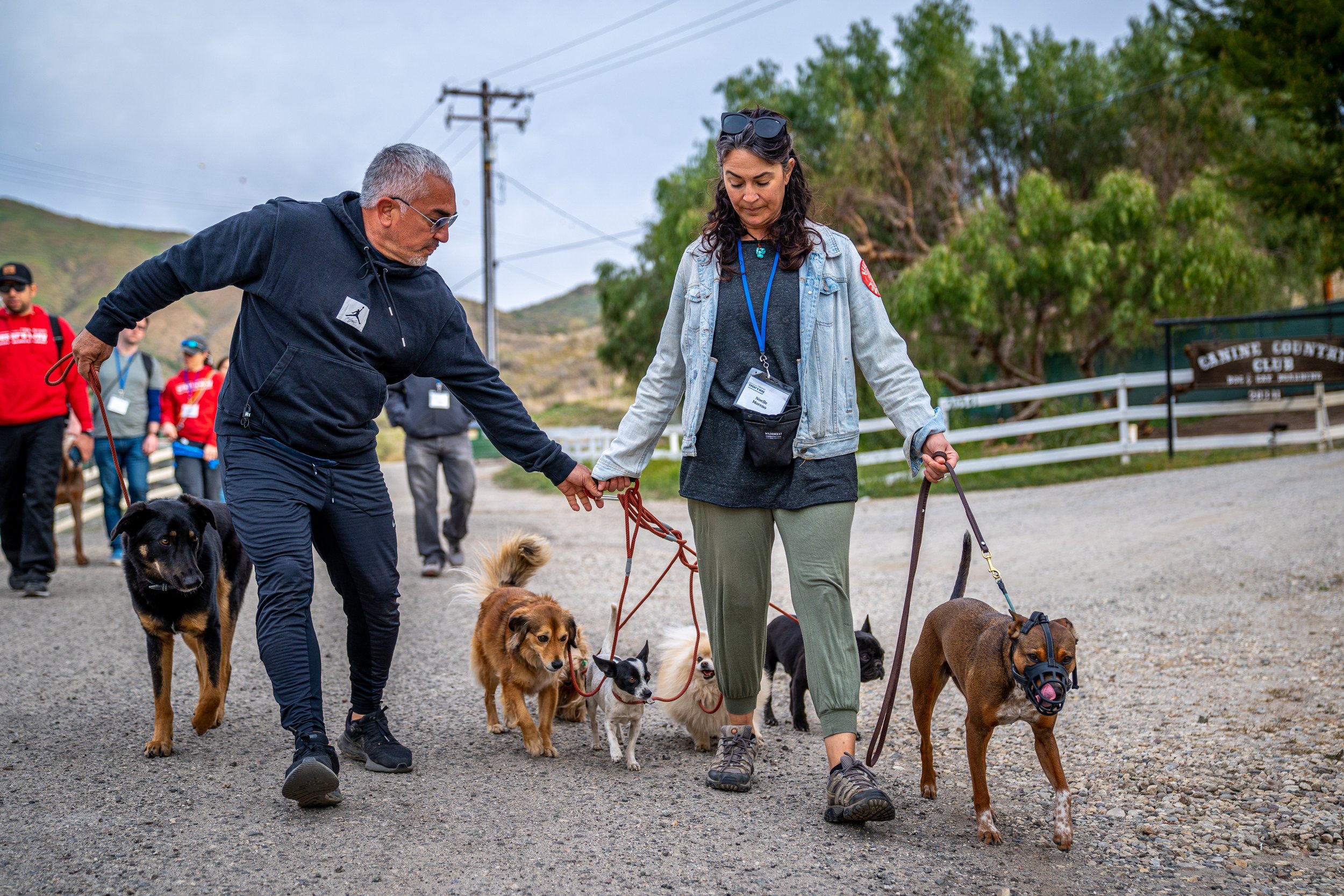
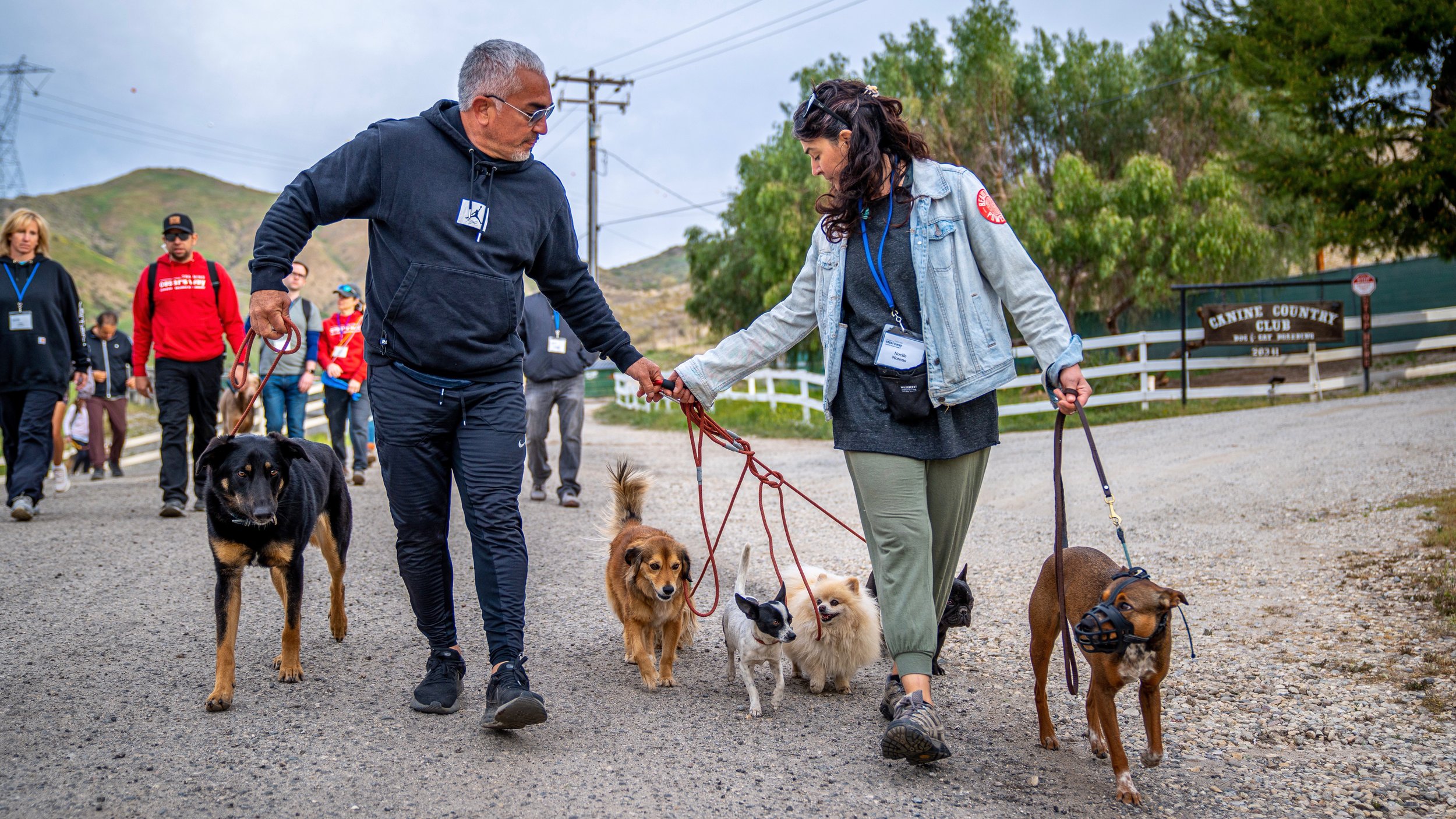
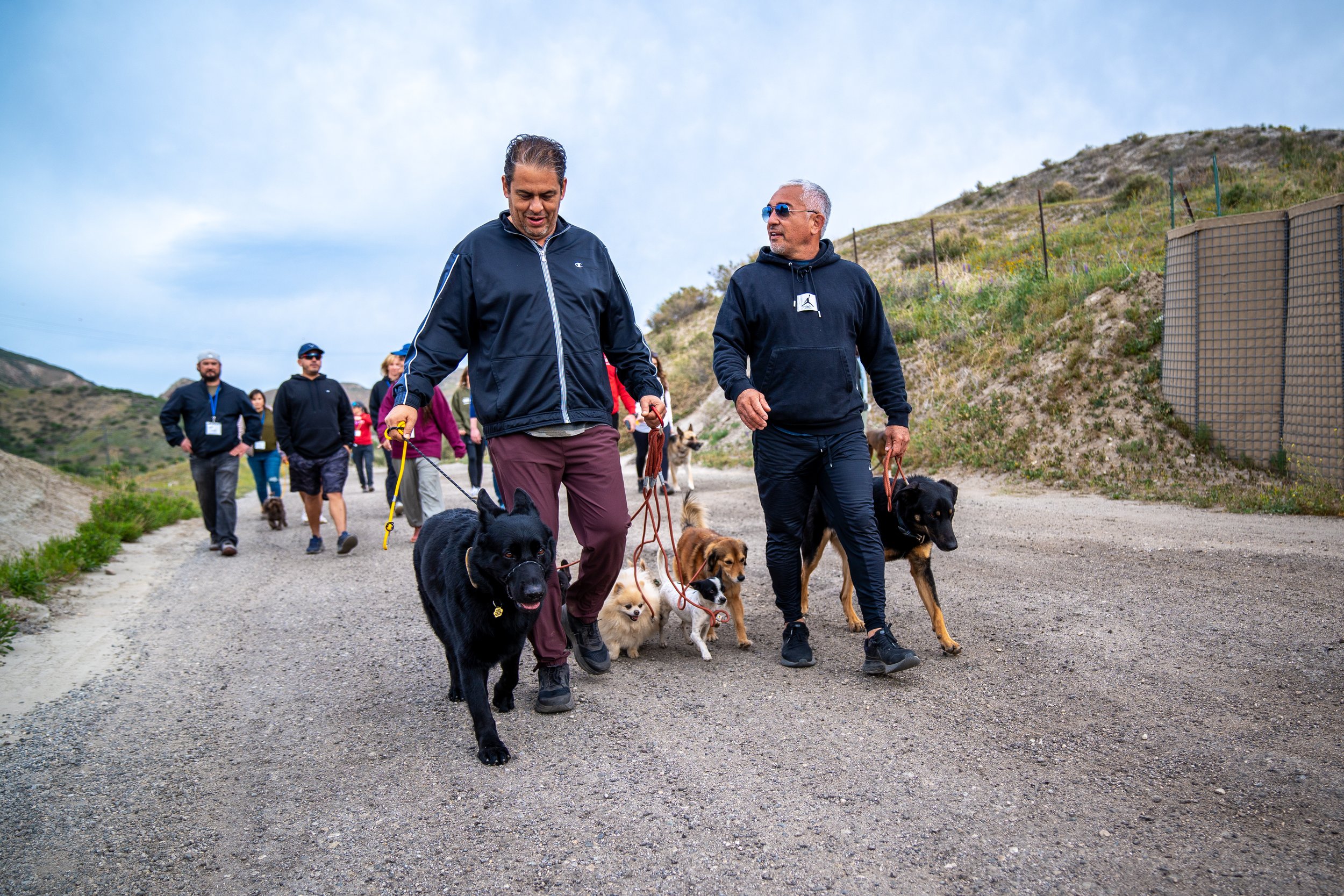
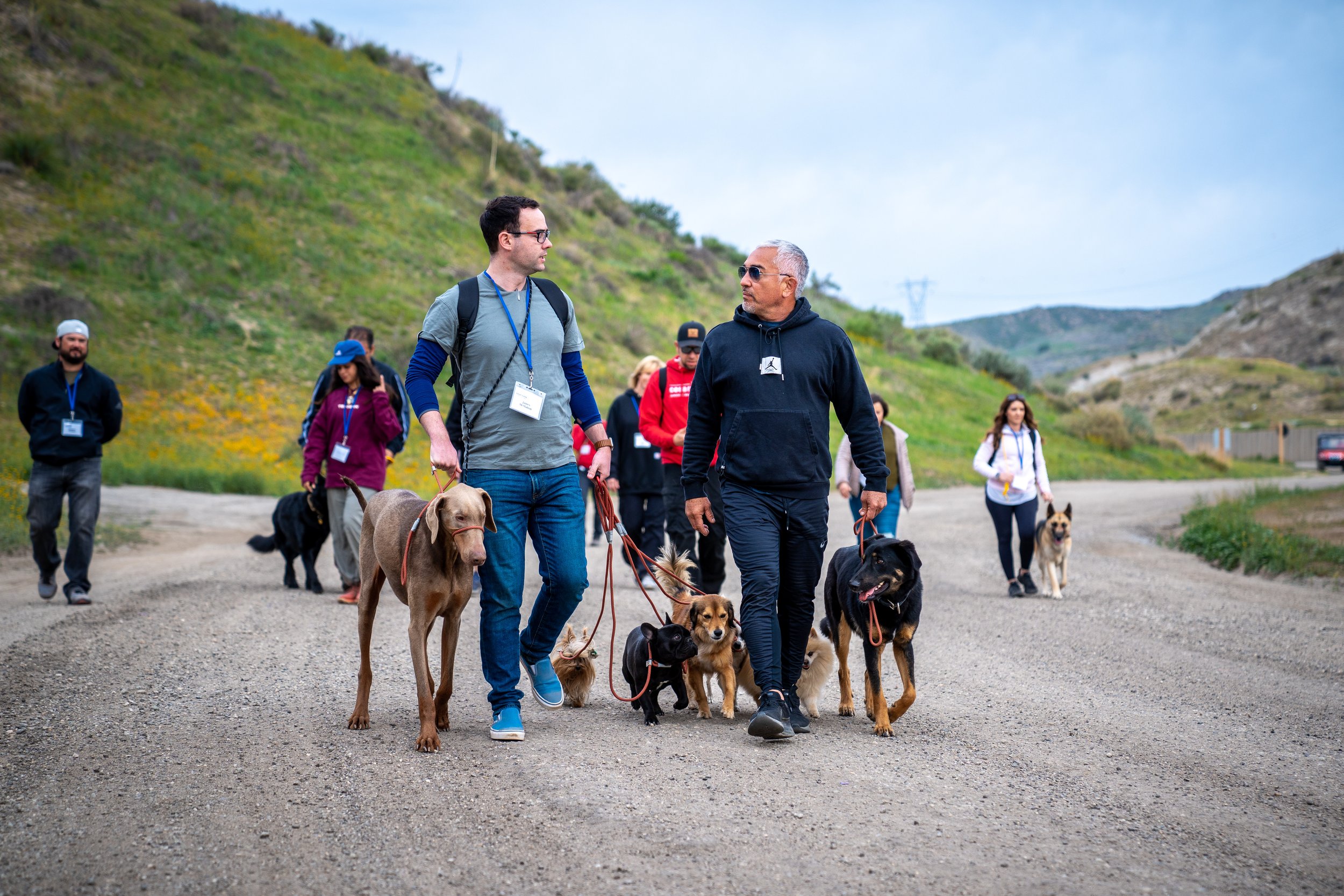

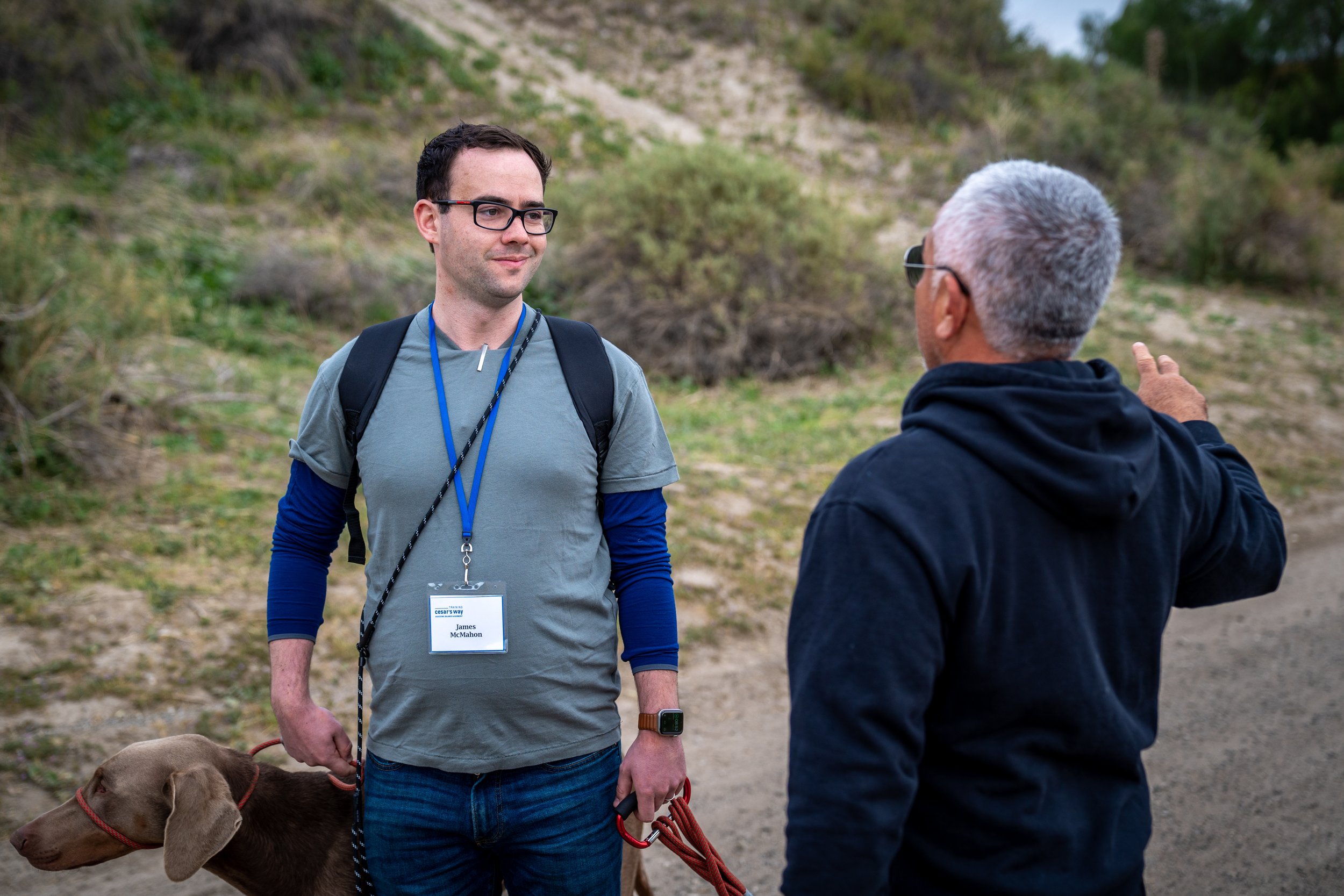
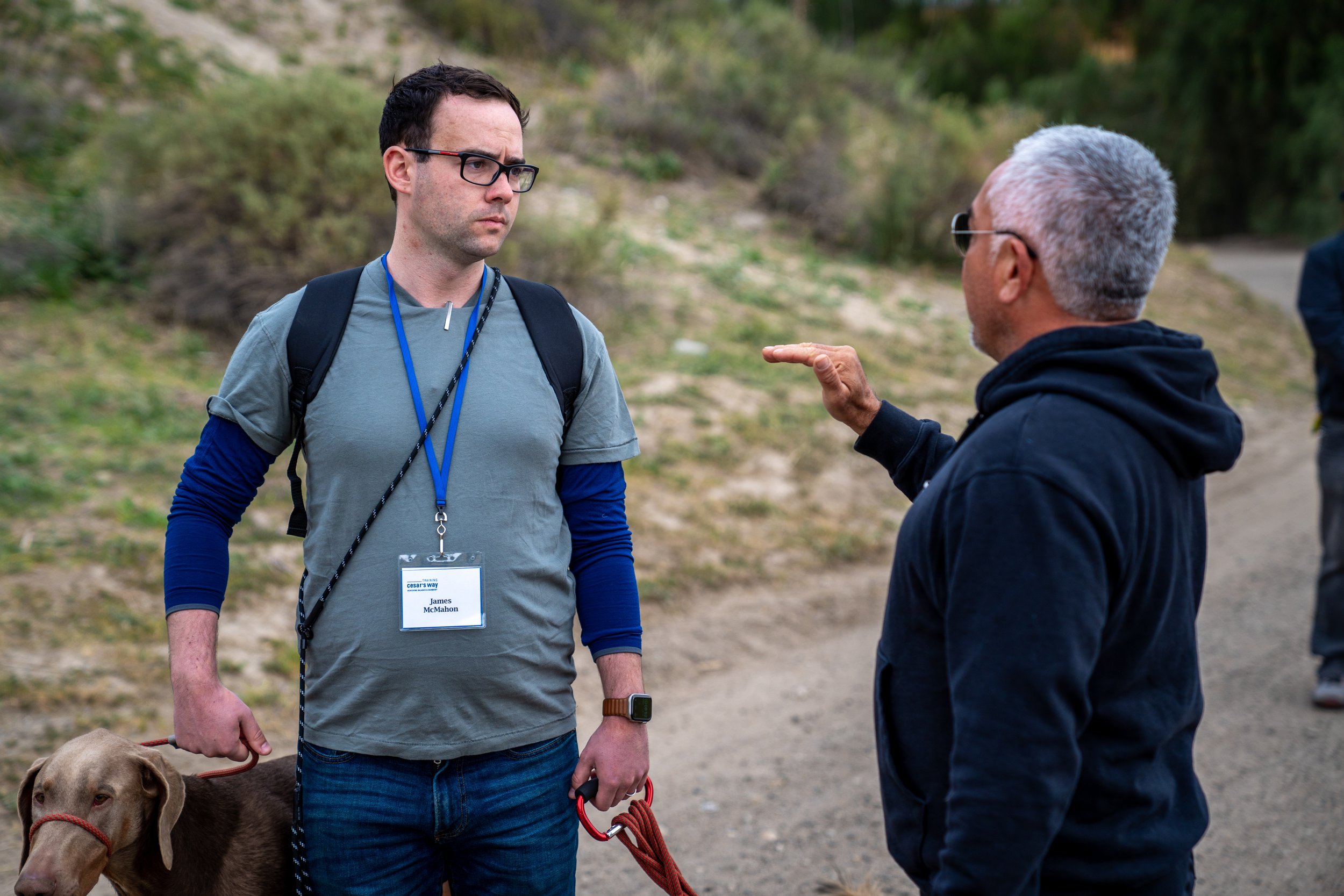
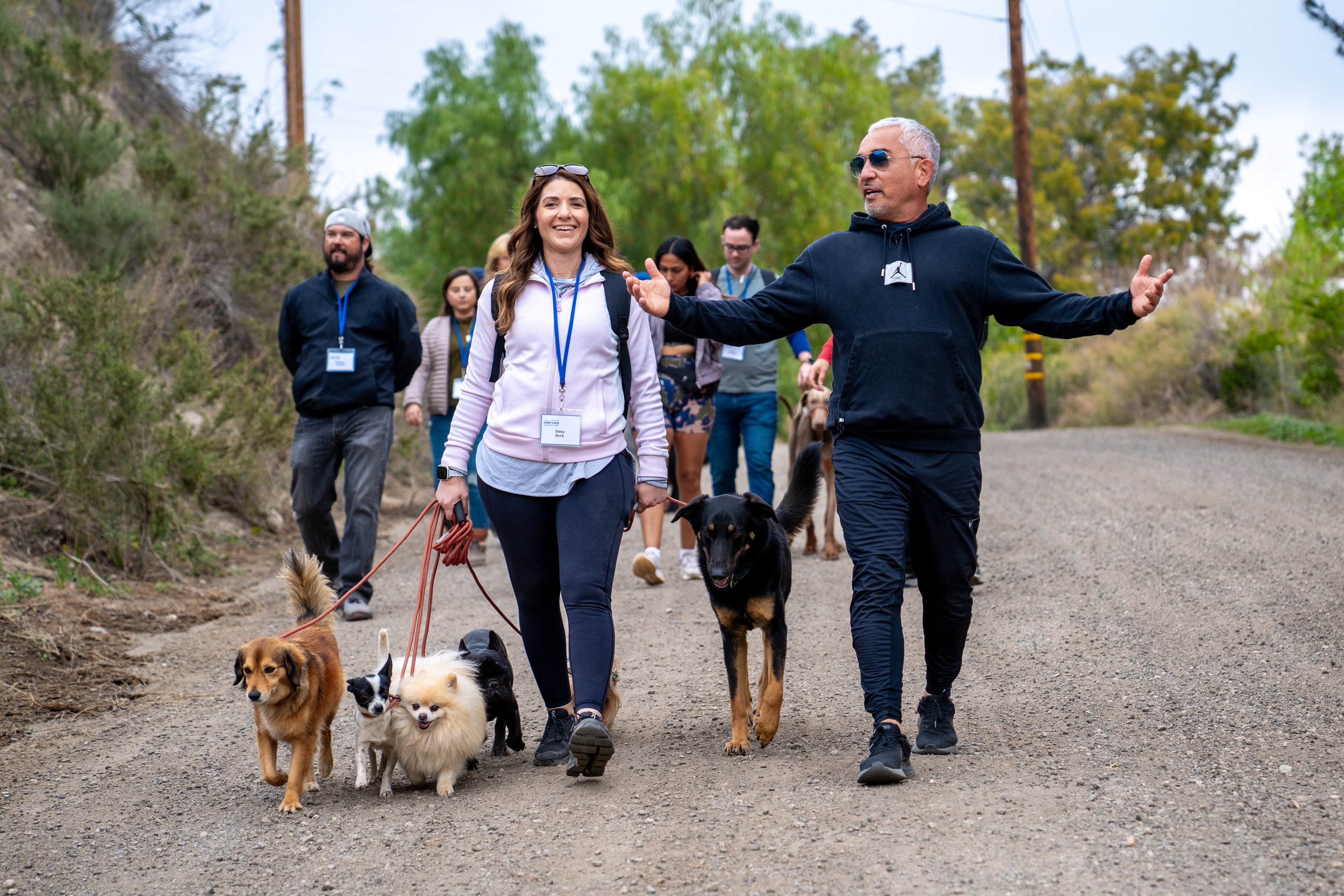
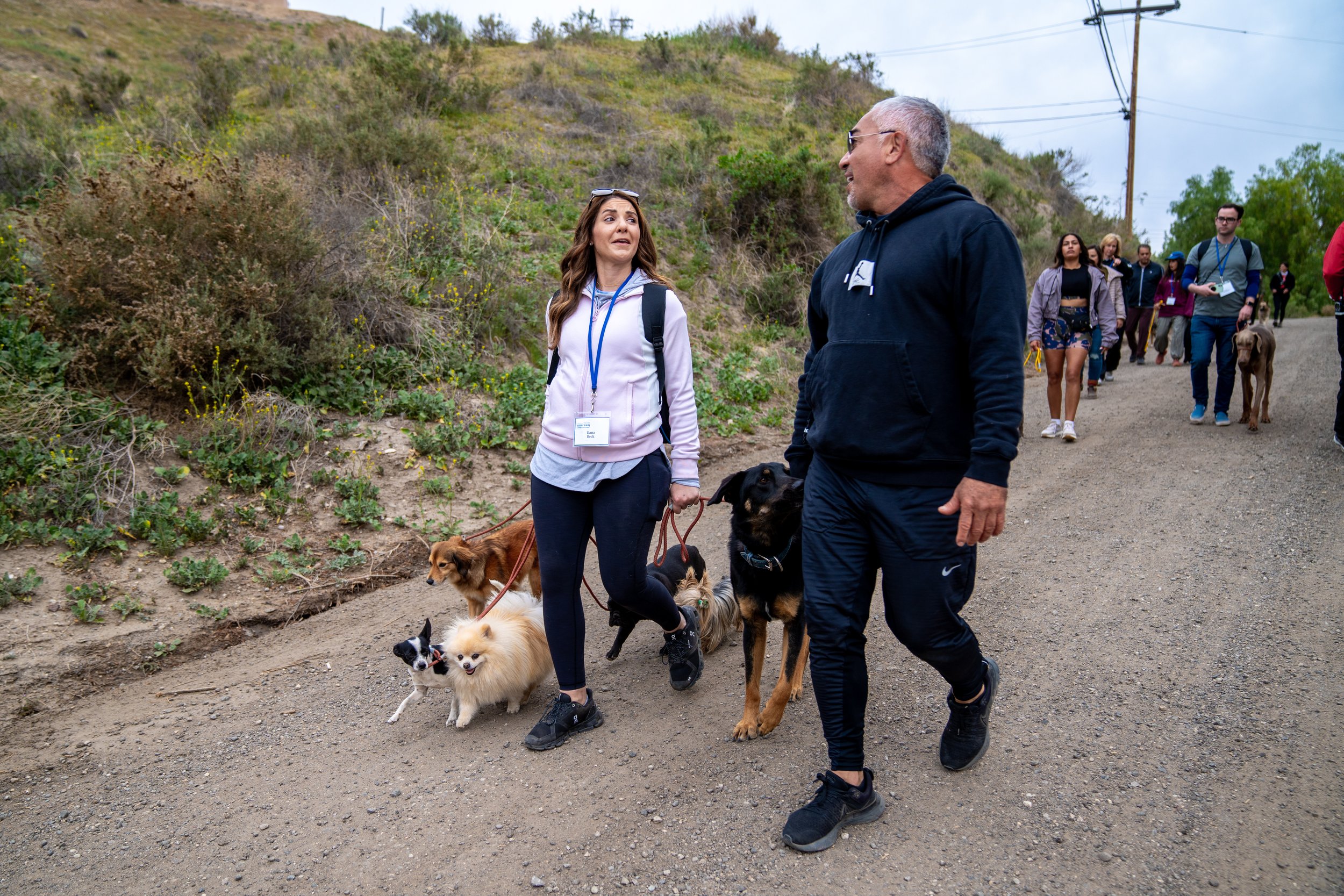
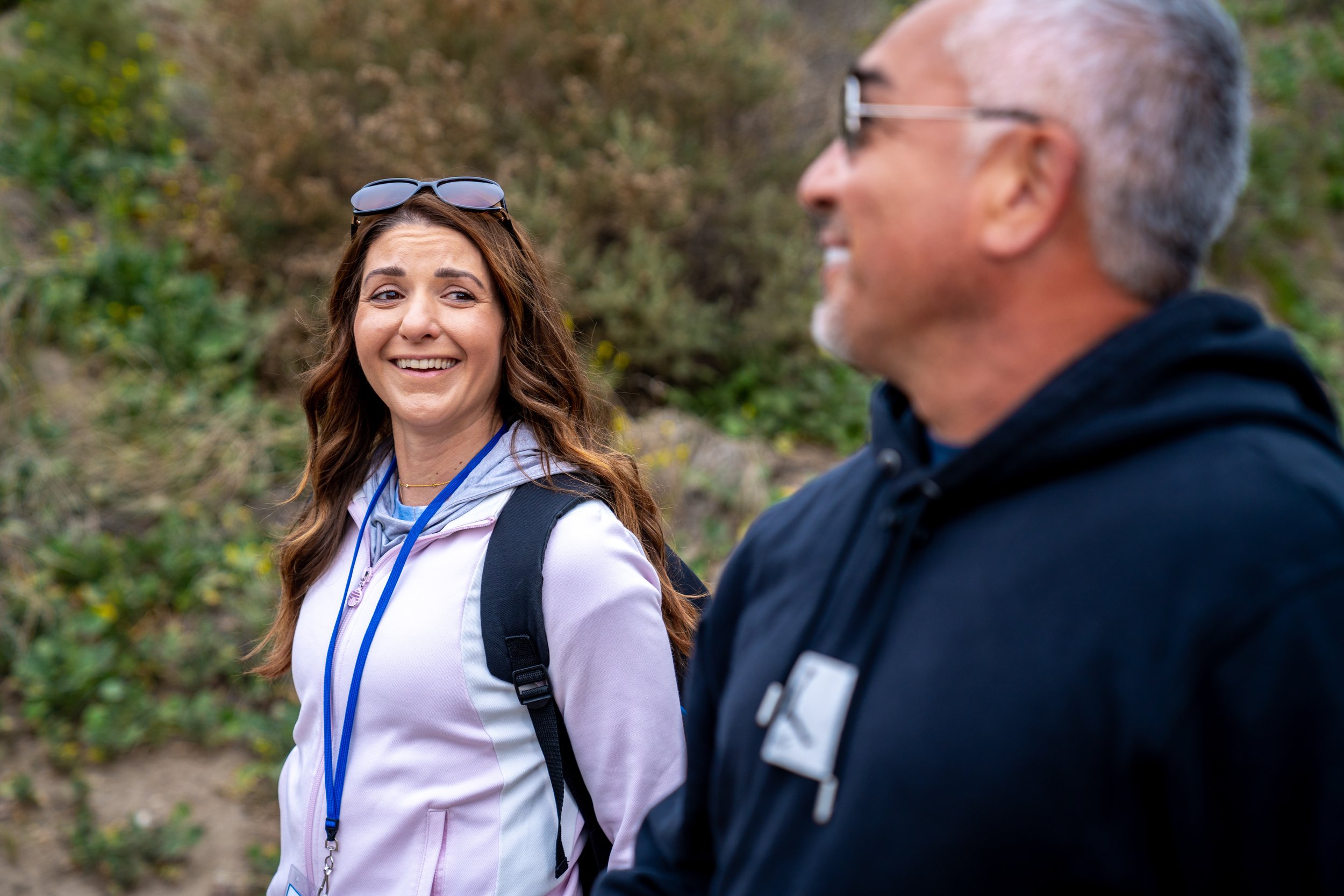
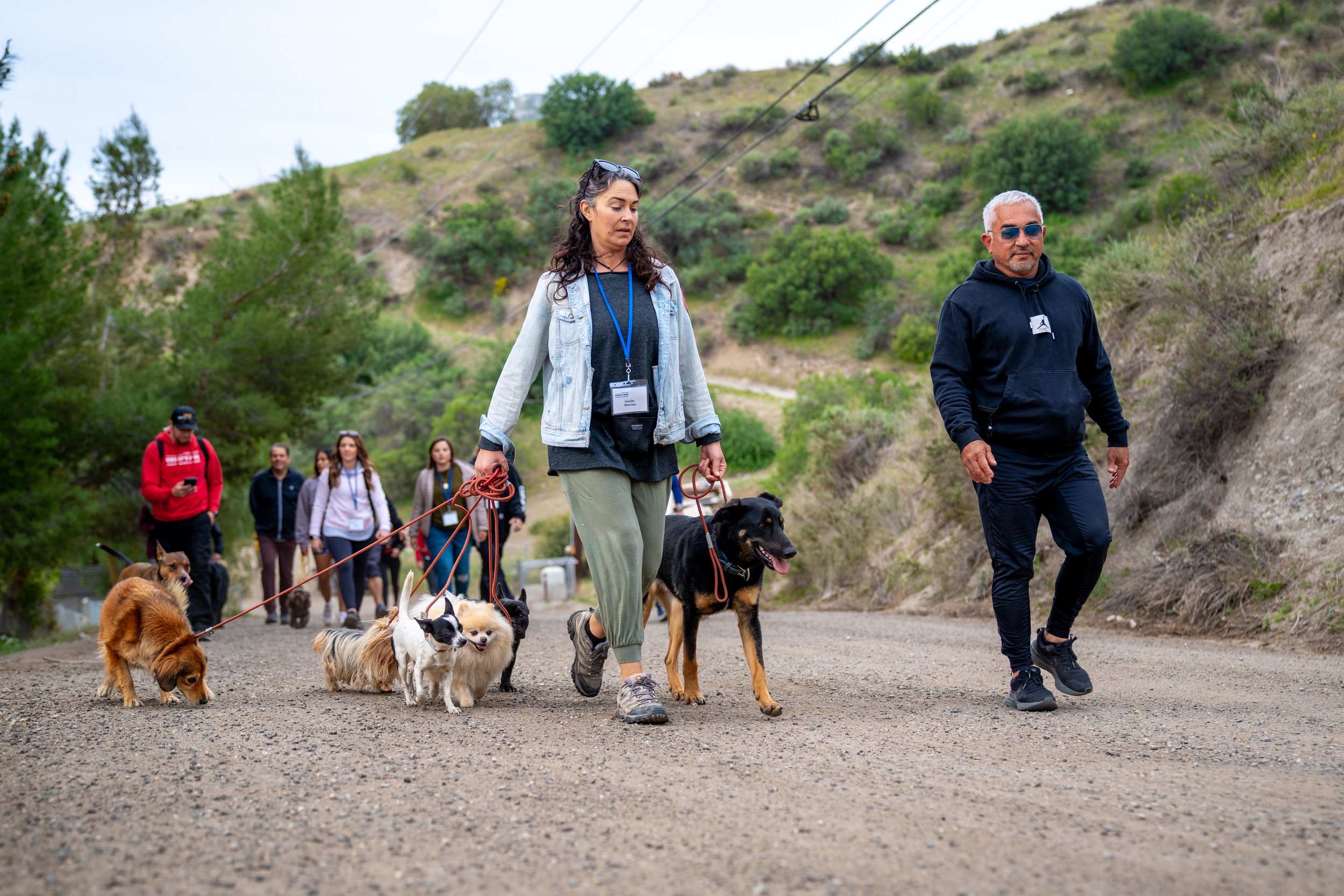

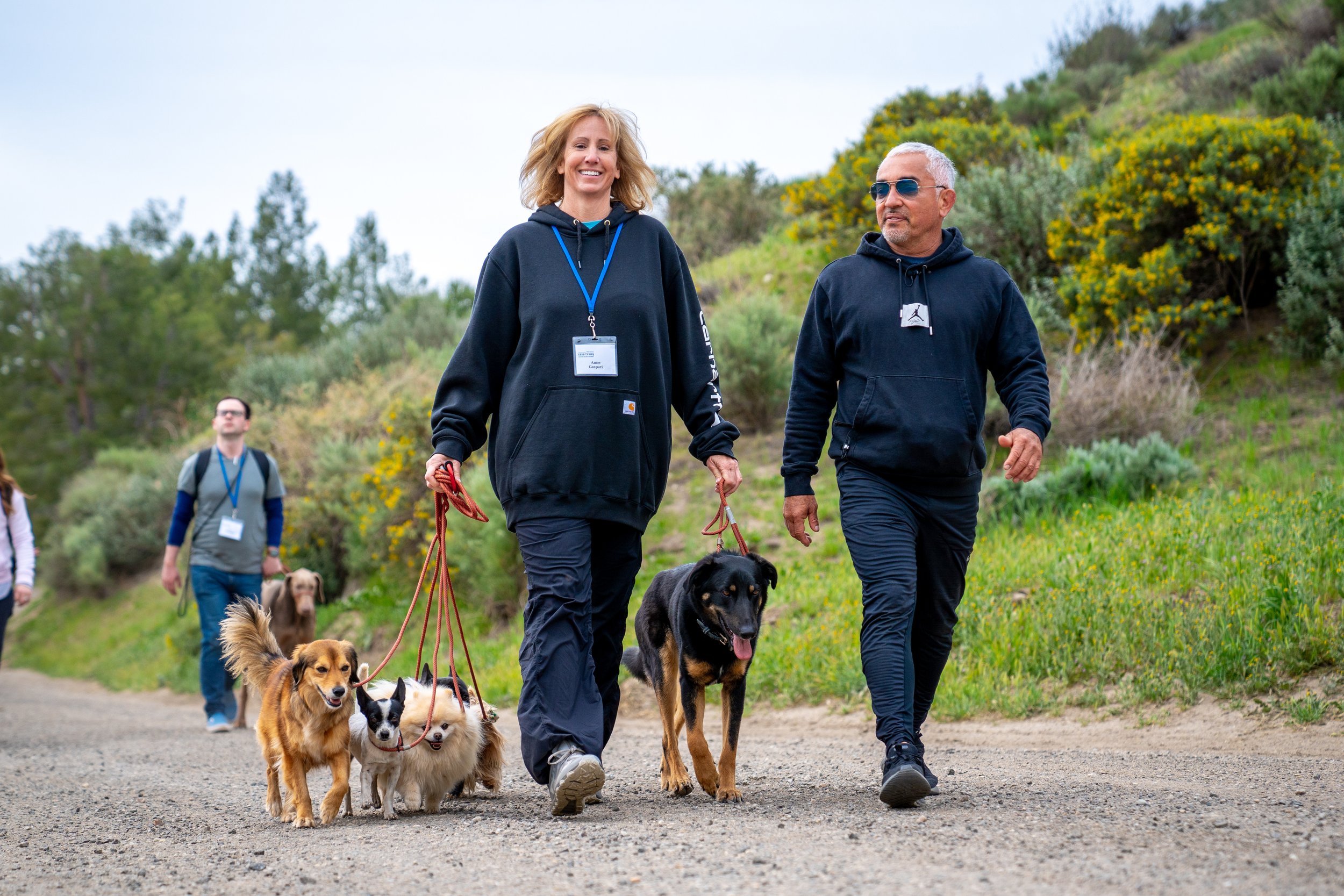
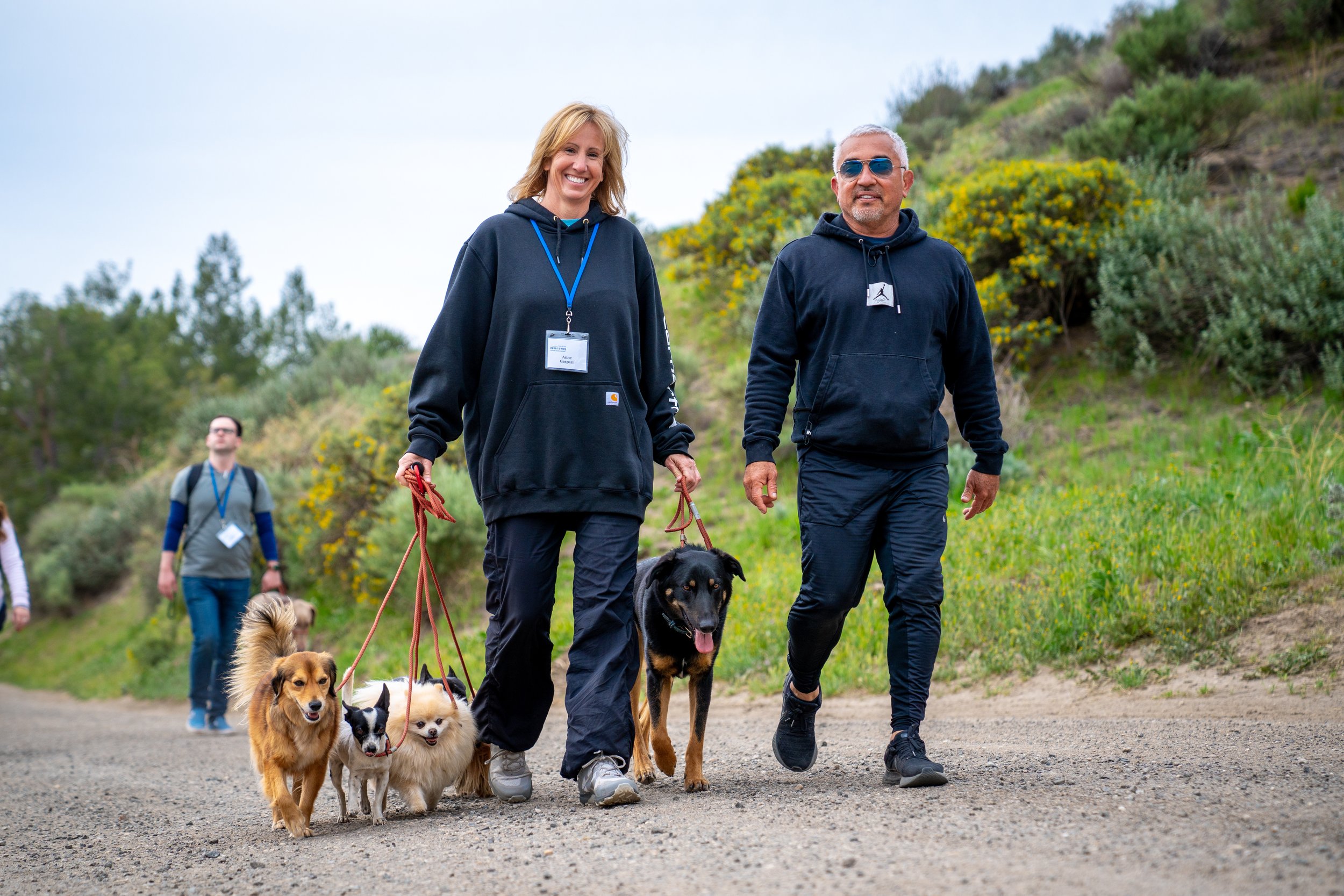
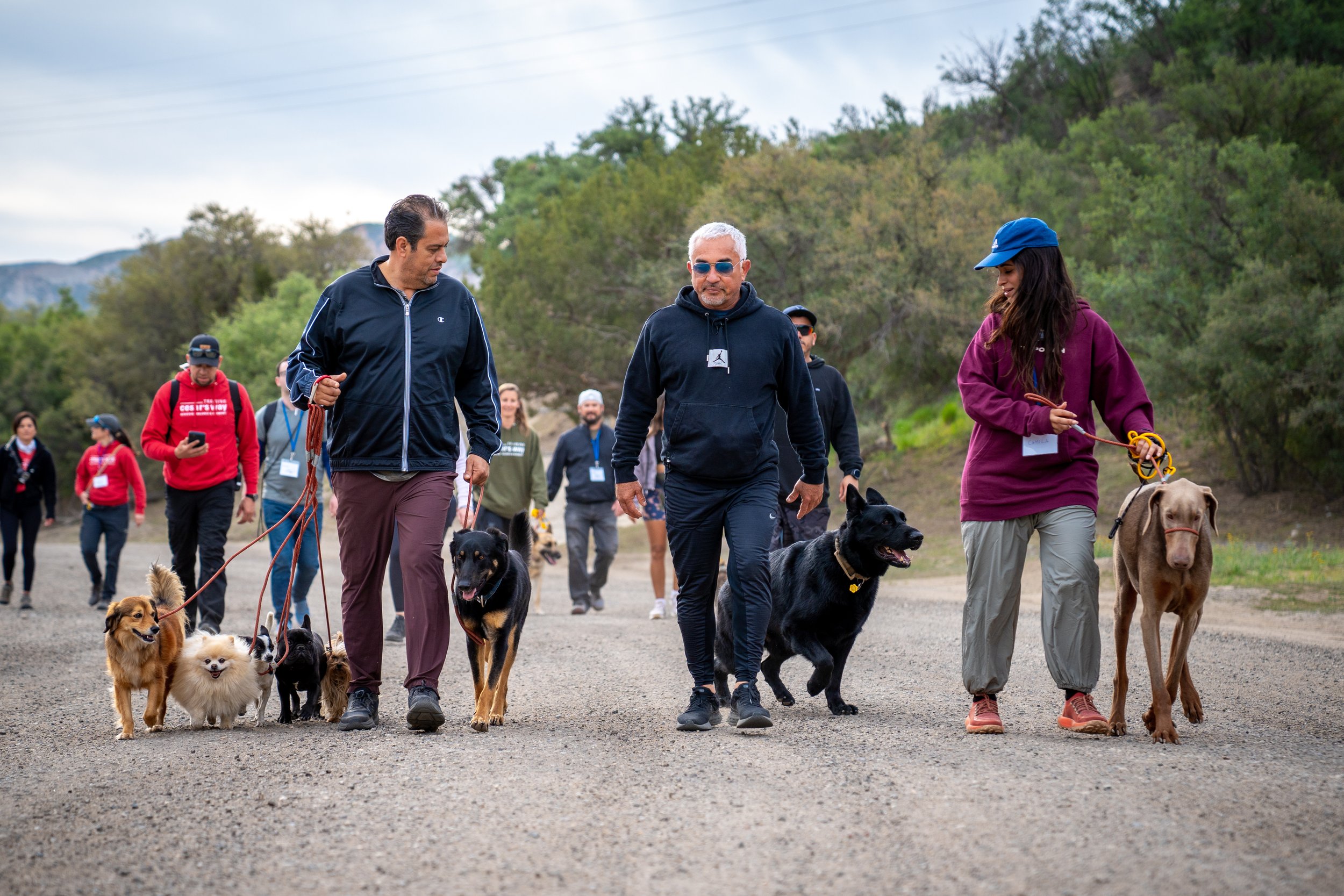
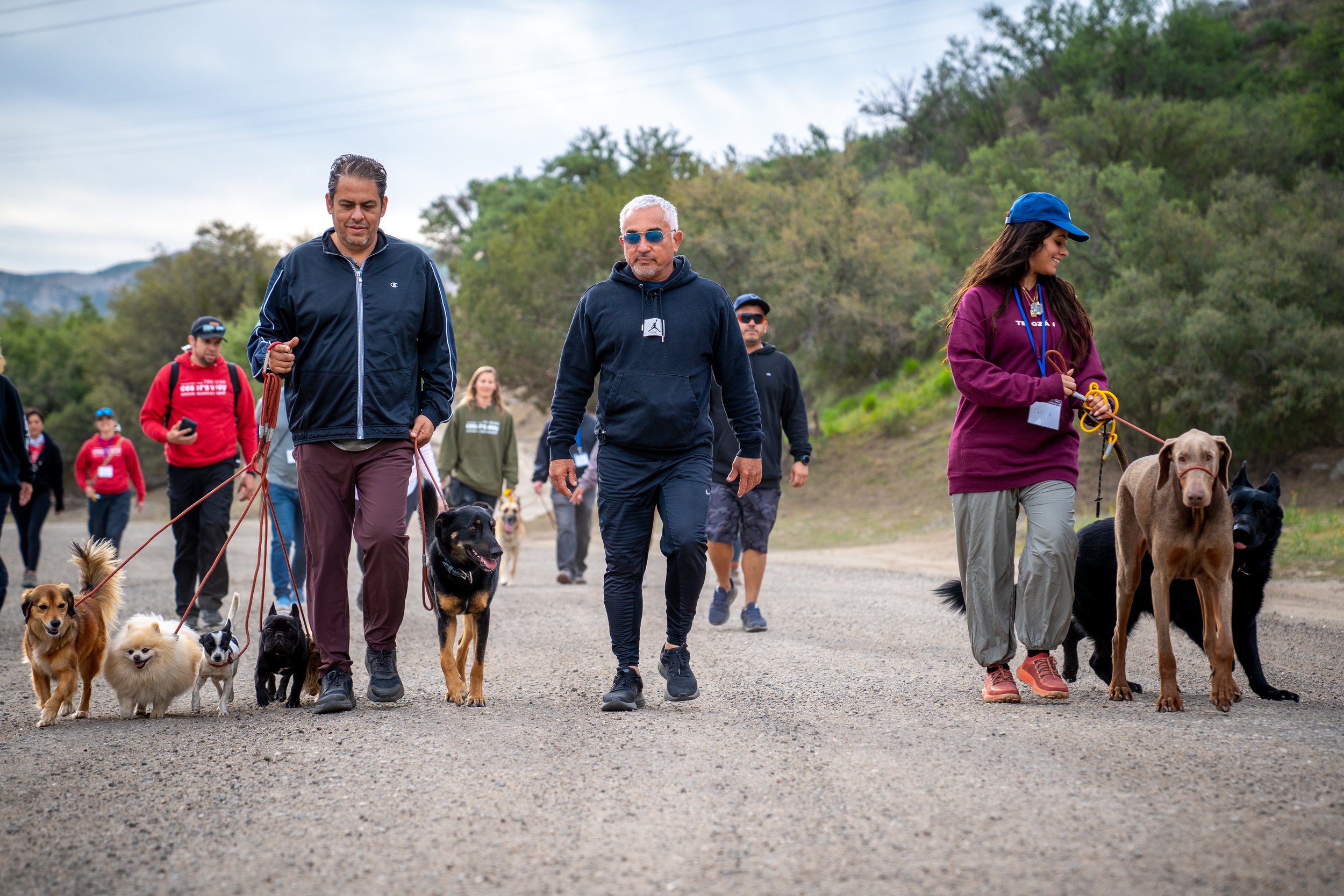
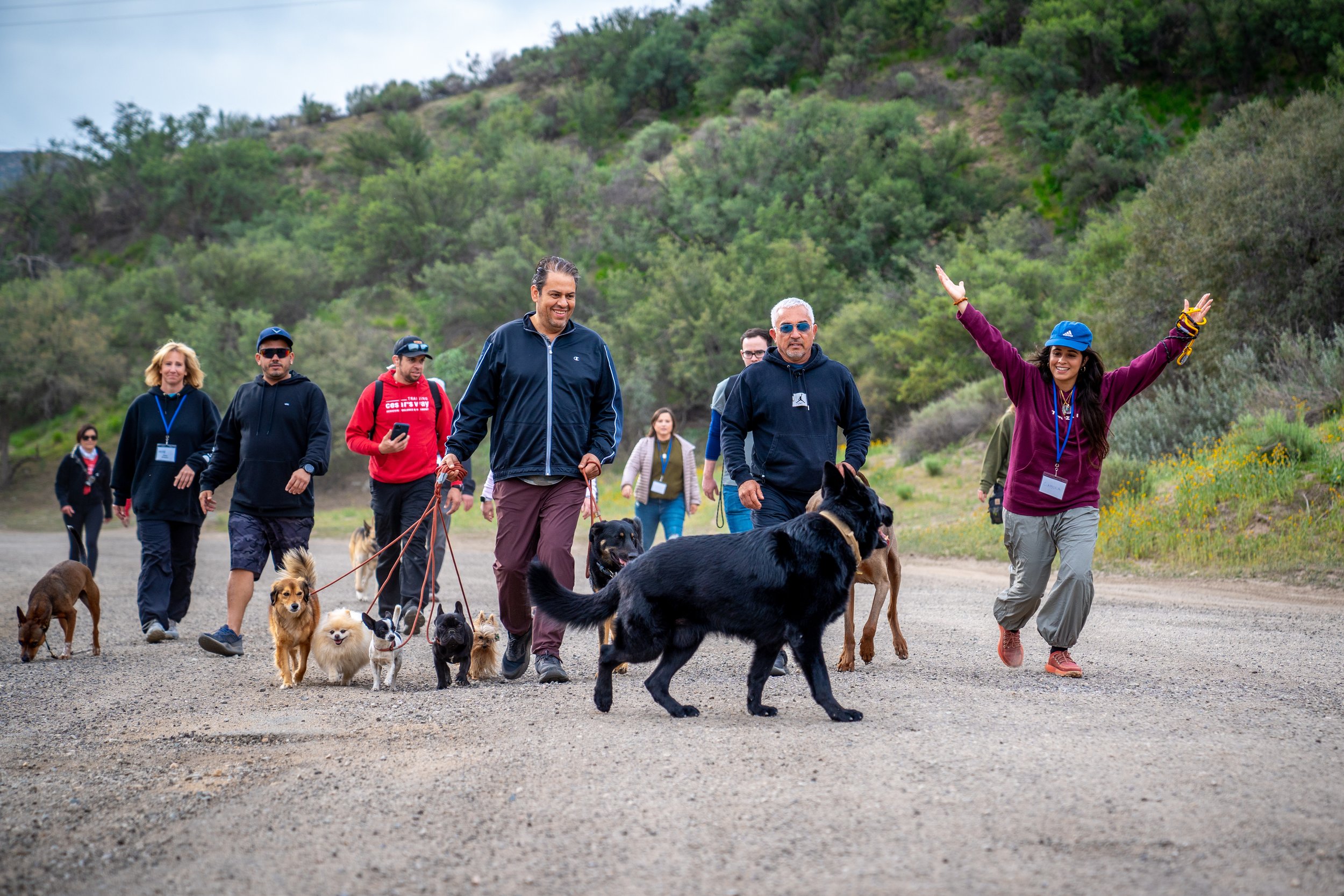
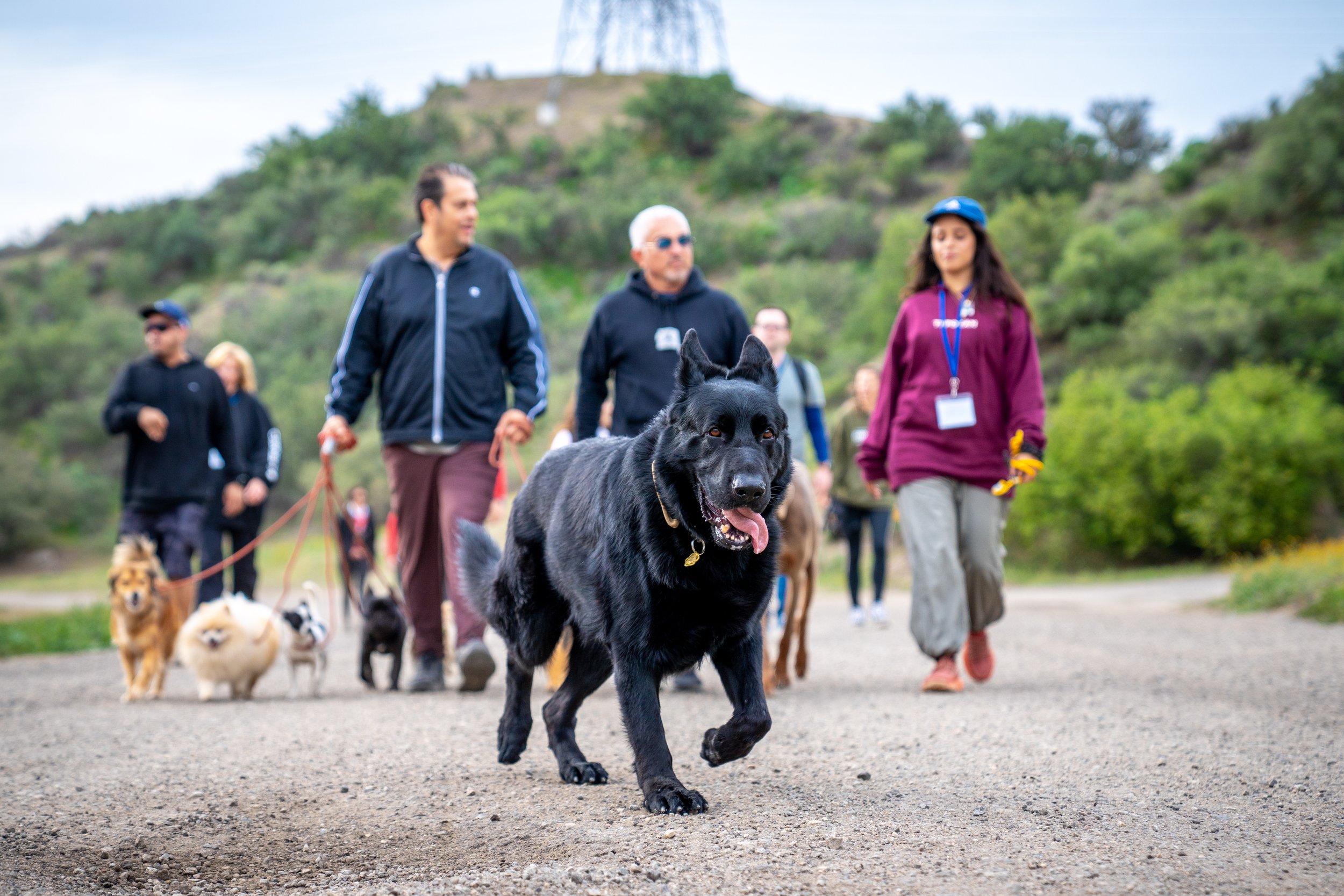
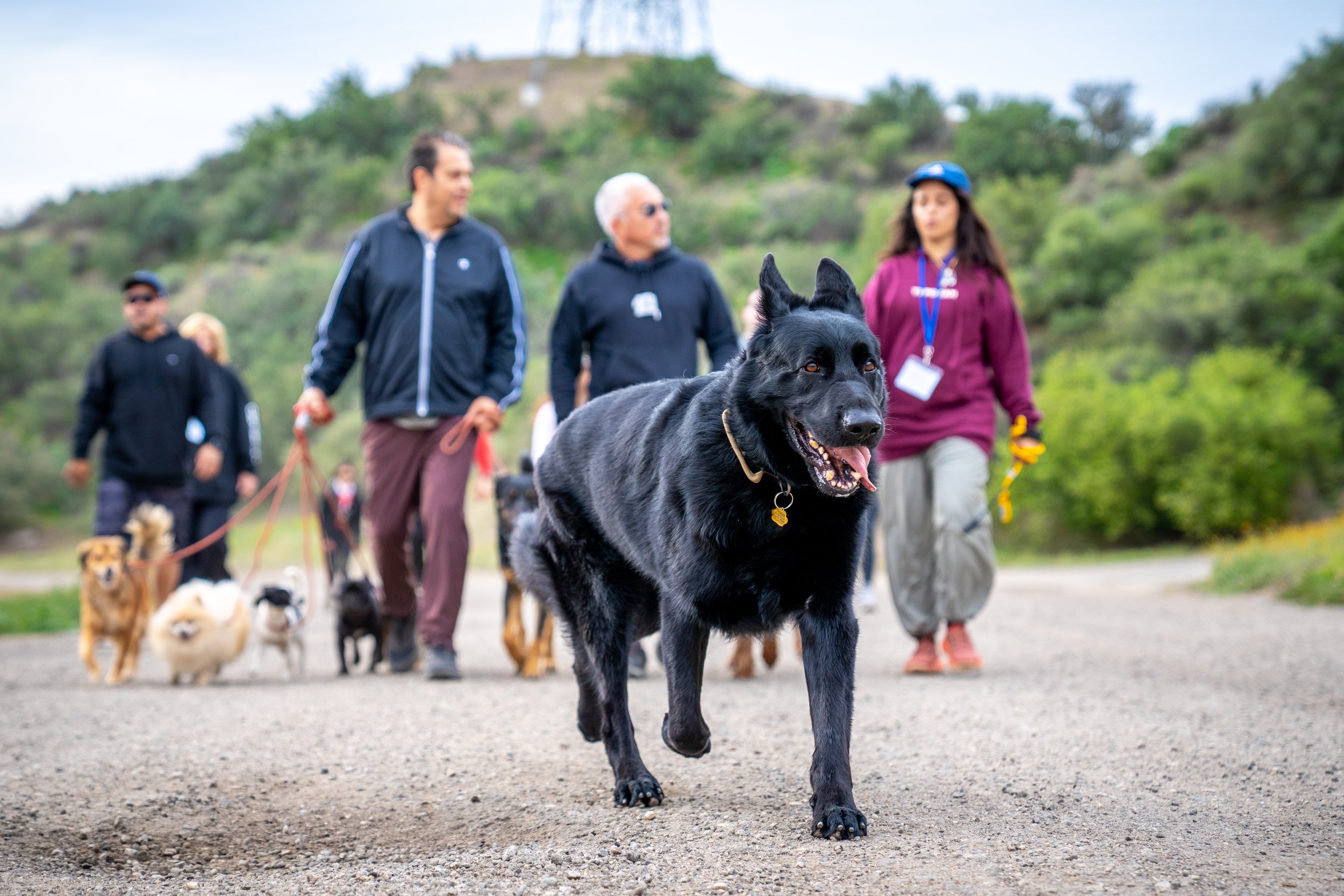
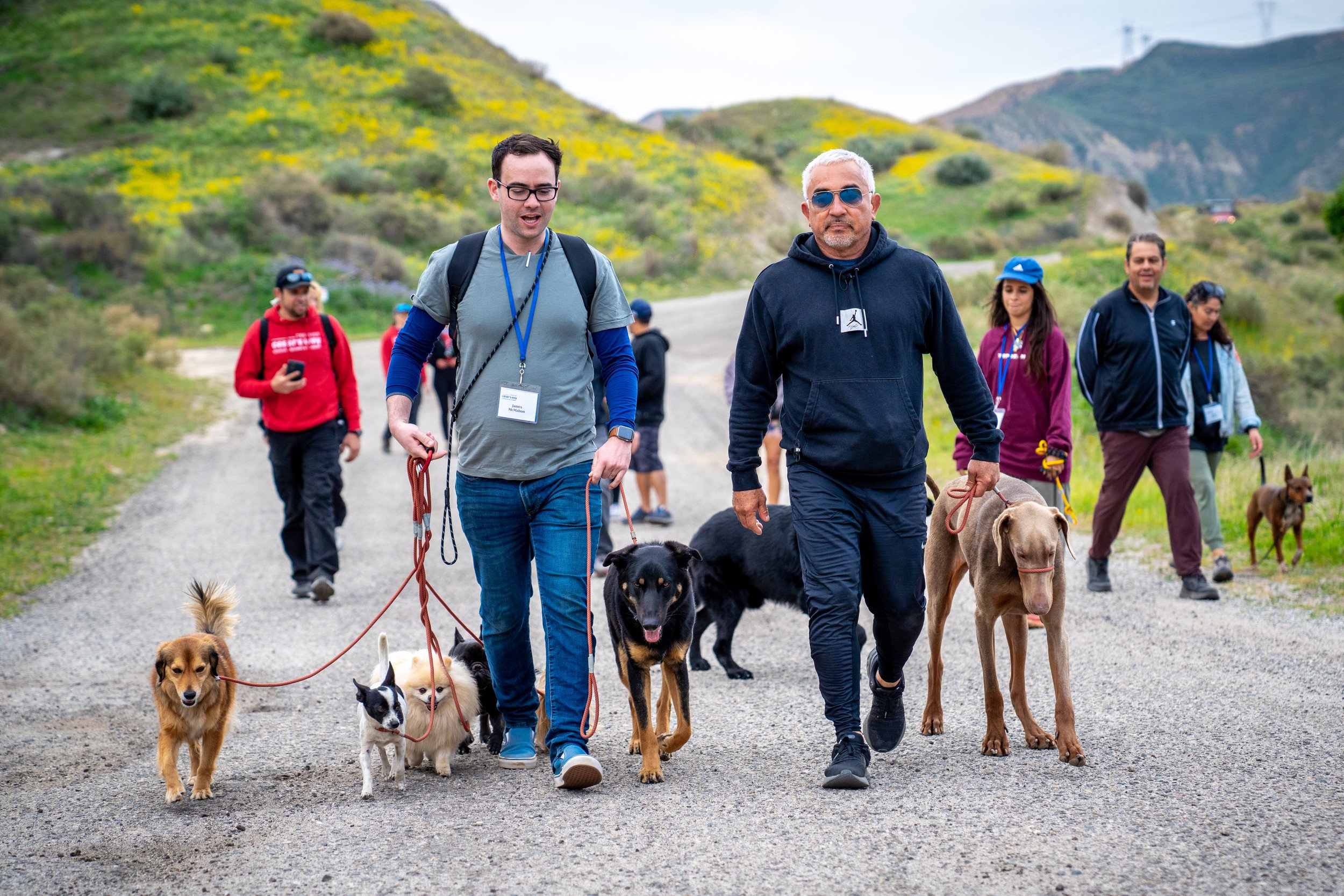
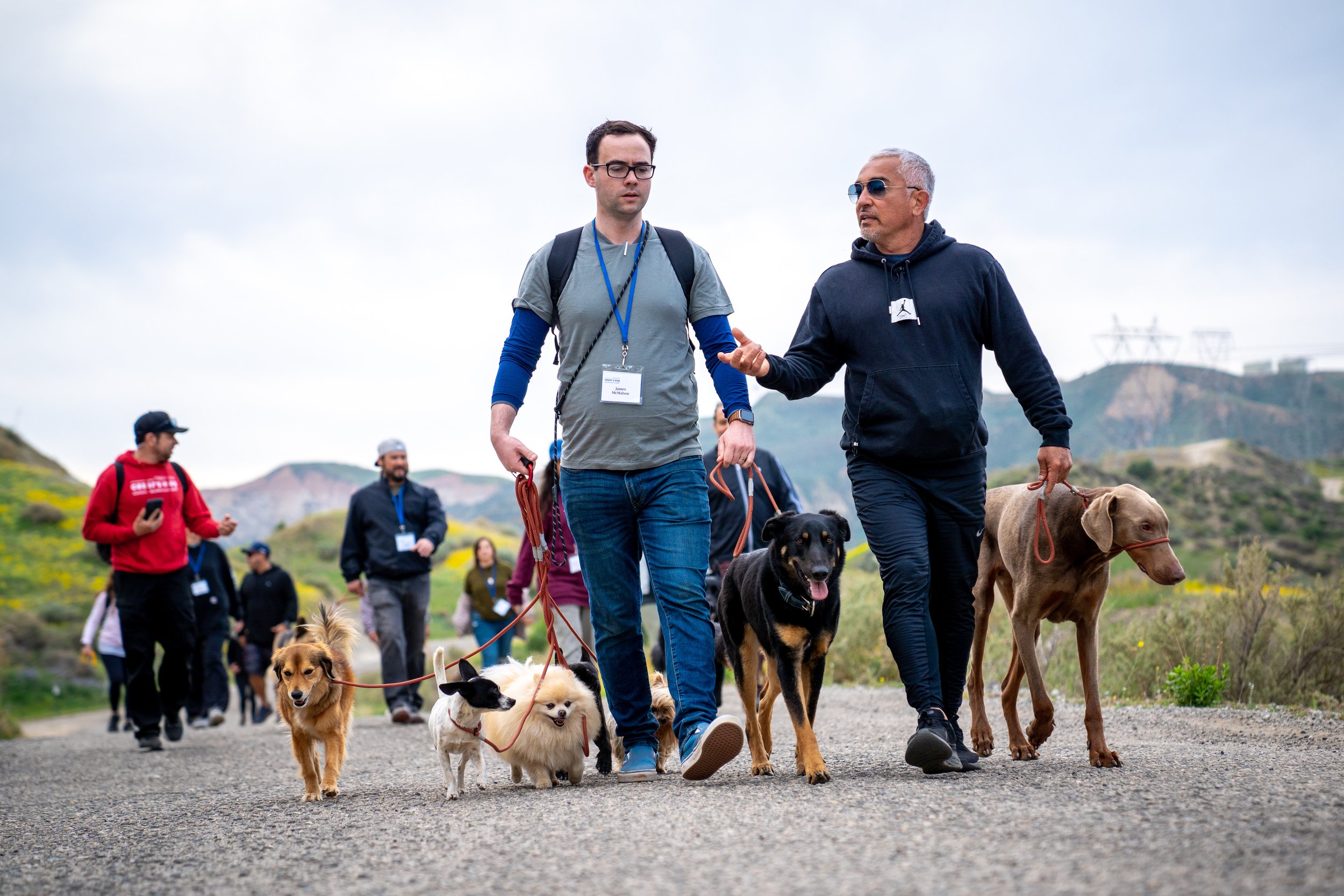
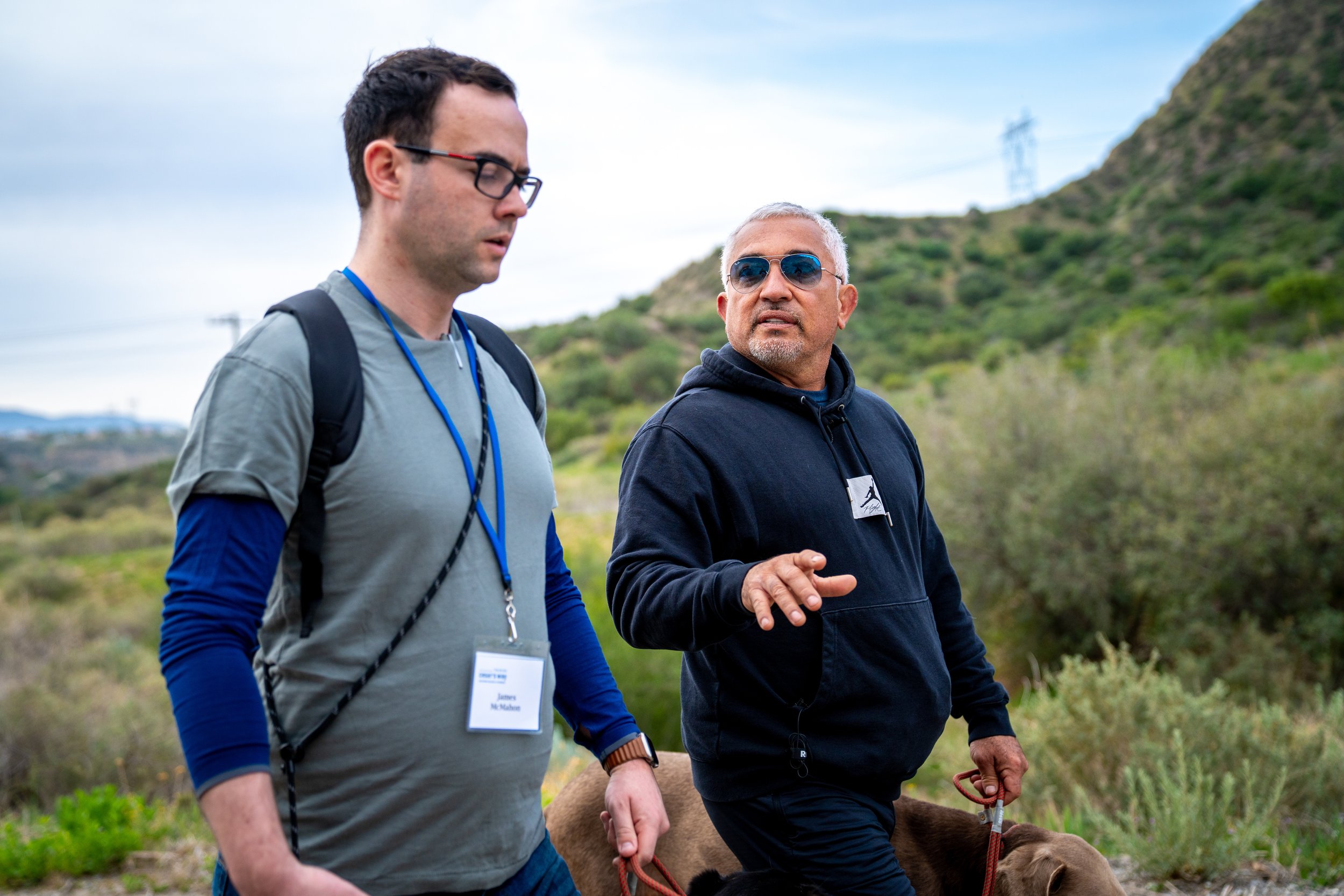
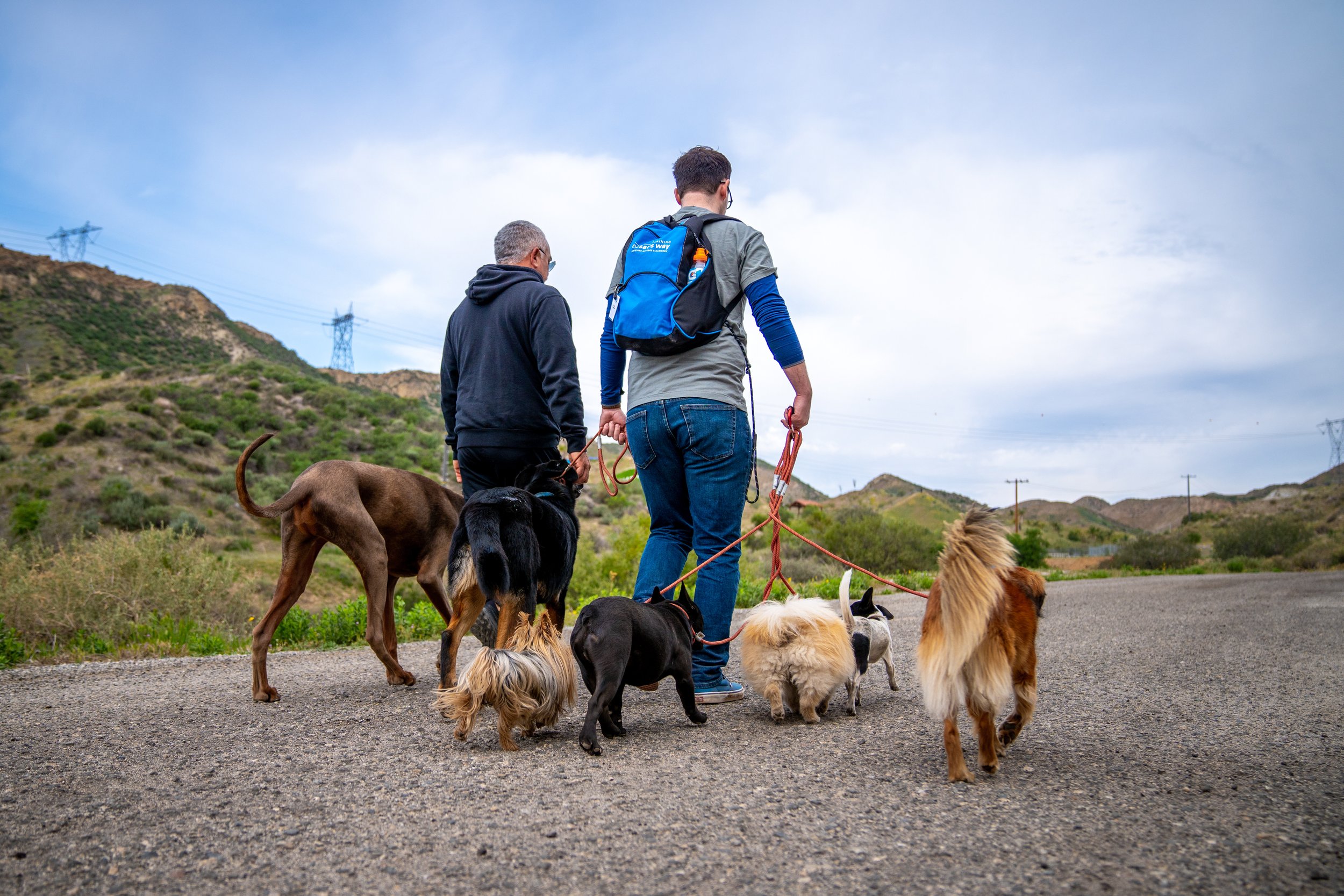

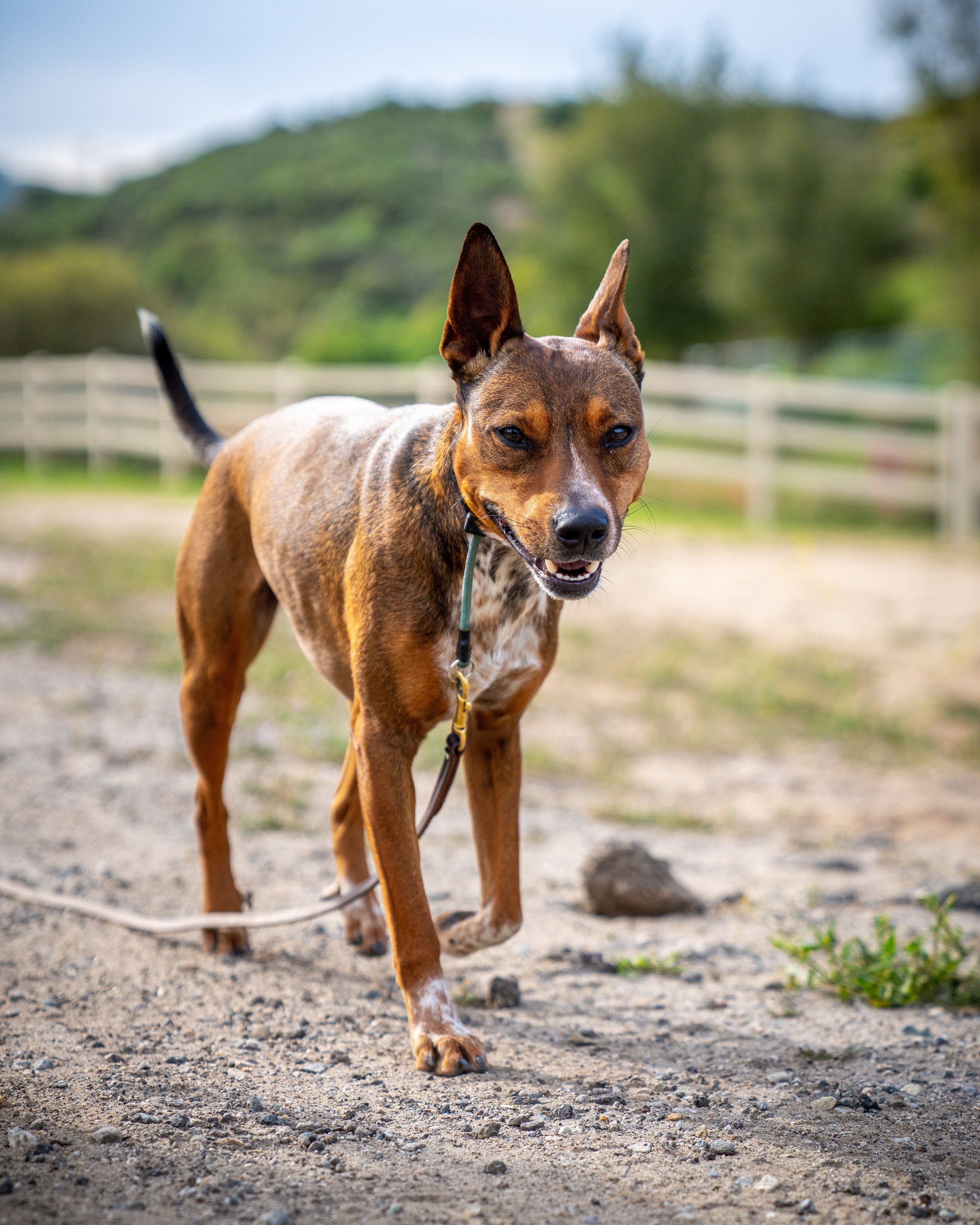

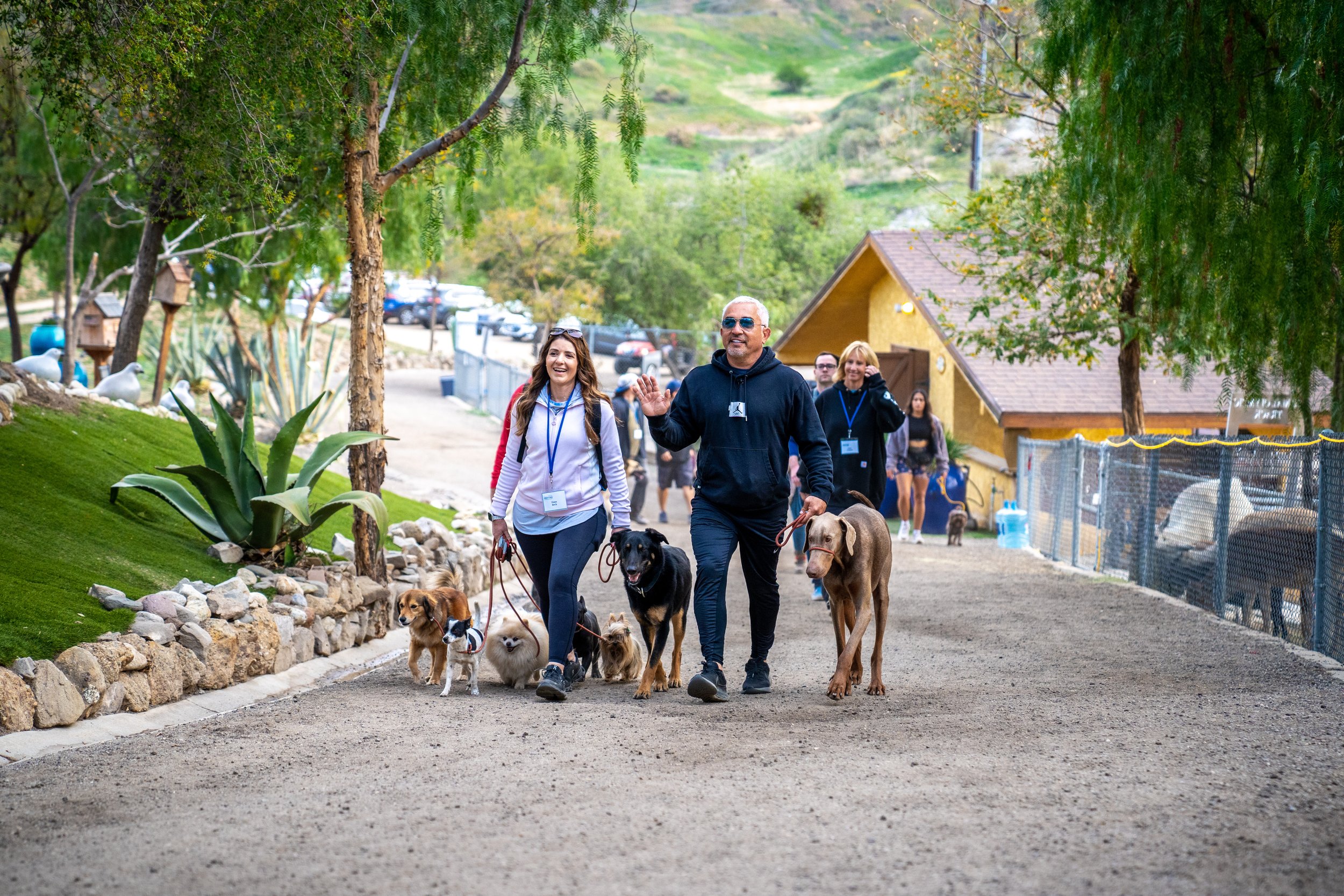
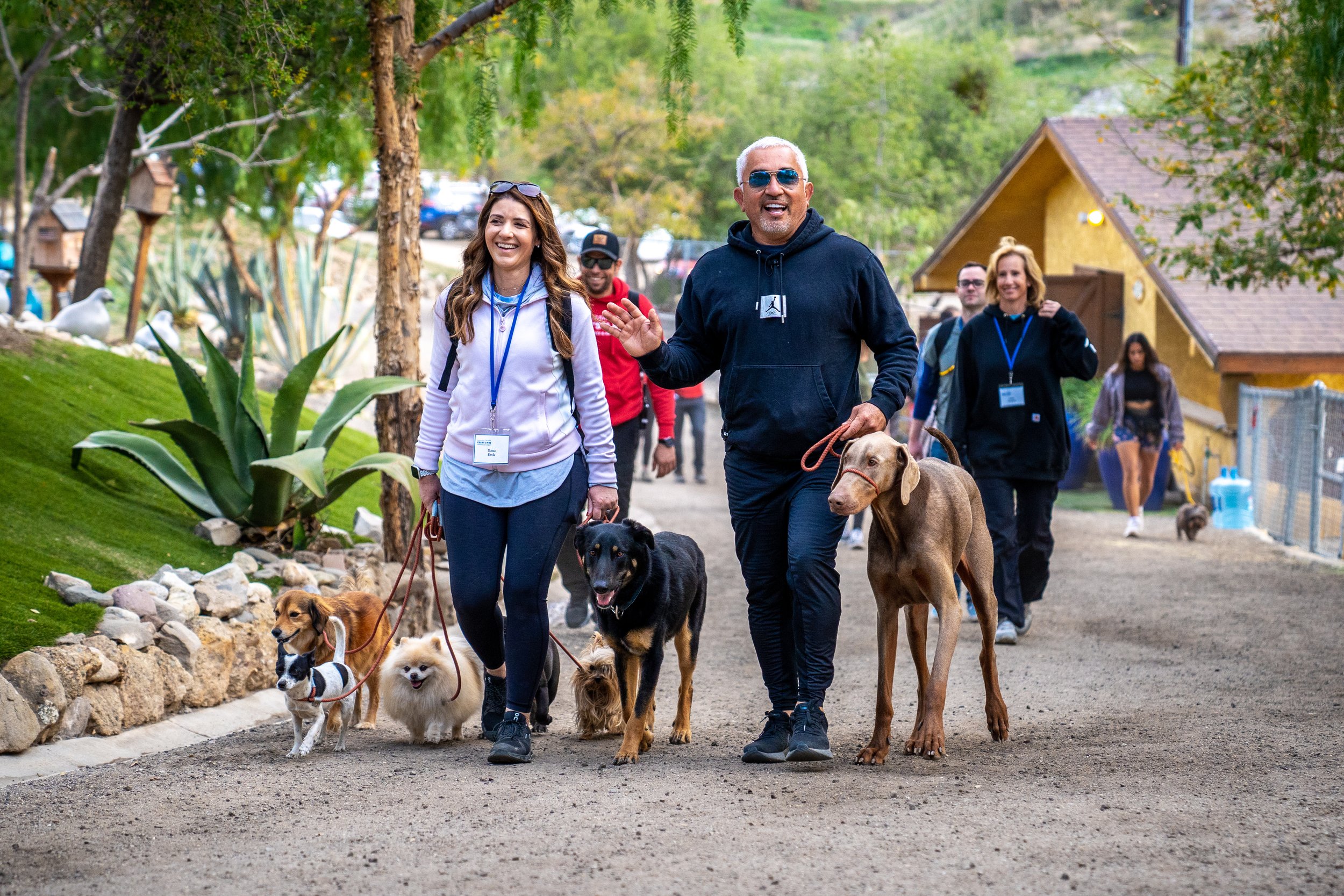
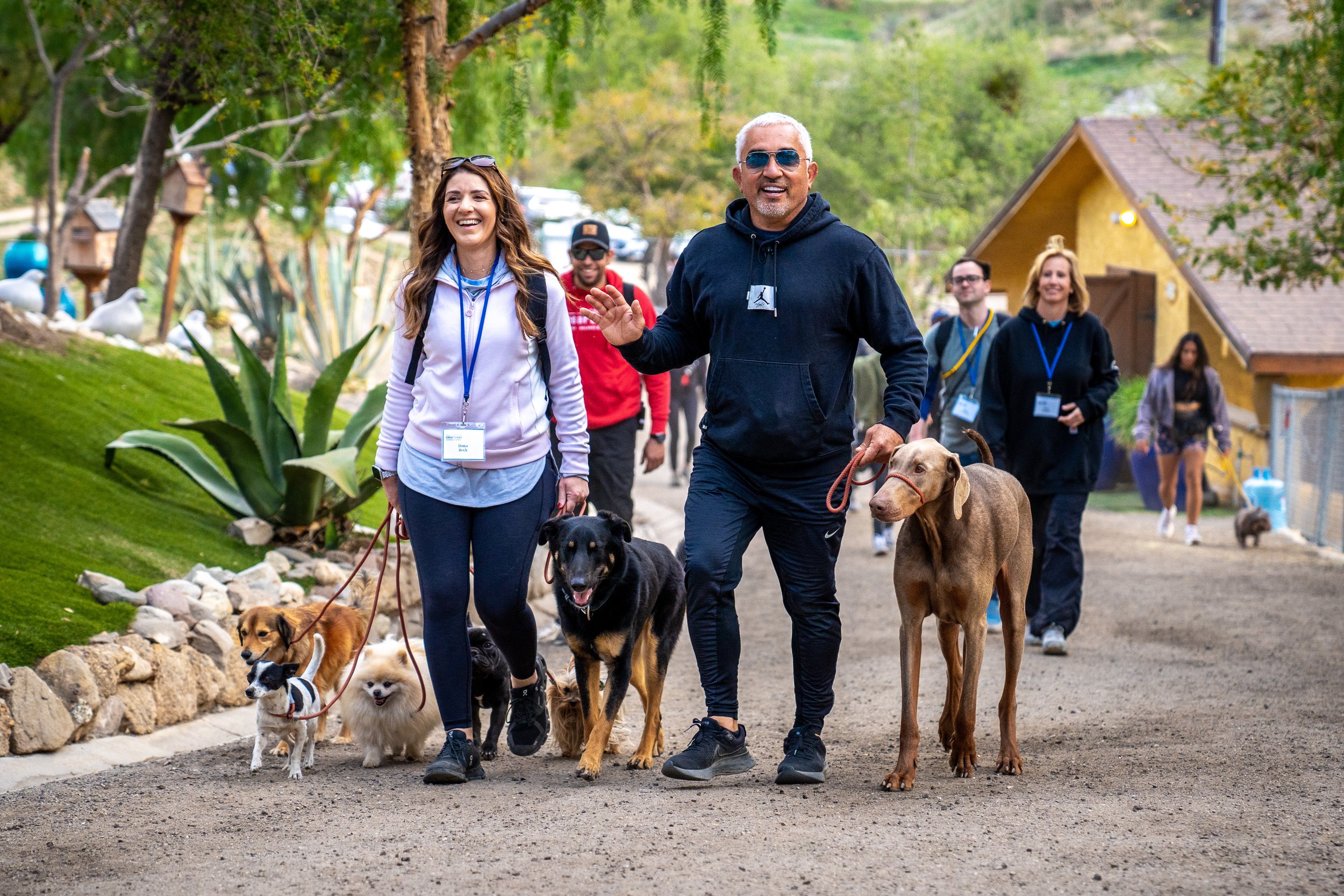
One of the most profound ways to connect with a dog is through the pack walk. It’s a great way to drain energy, build a healthy relationship, and reconnect with instincts. When you honour this natural behaviour, dogs can make big changes quickly.
Nikki the Heeler cross transforming in real time. From reactive and aggressive, to muzzle free and off lead through the power of the pack walk.
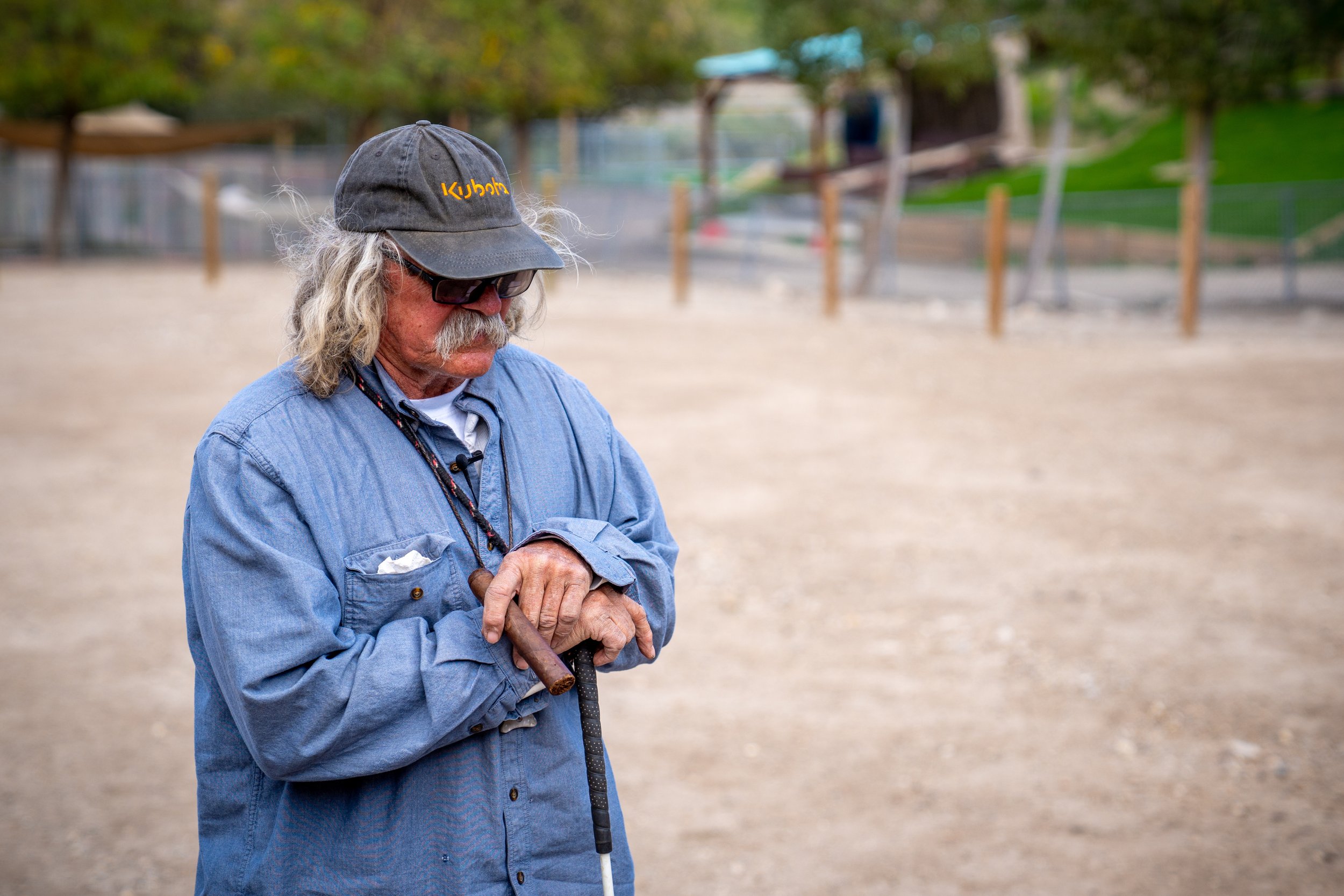
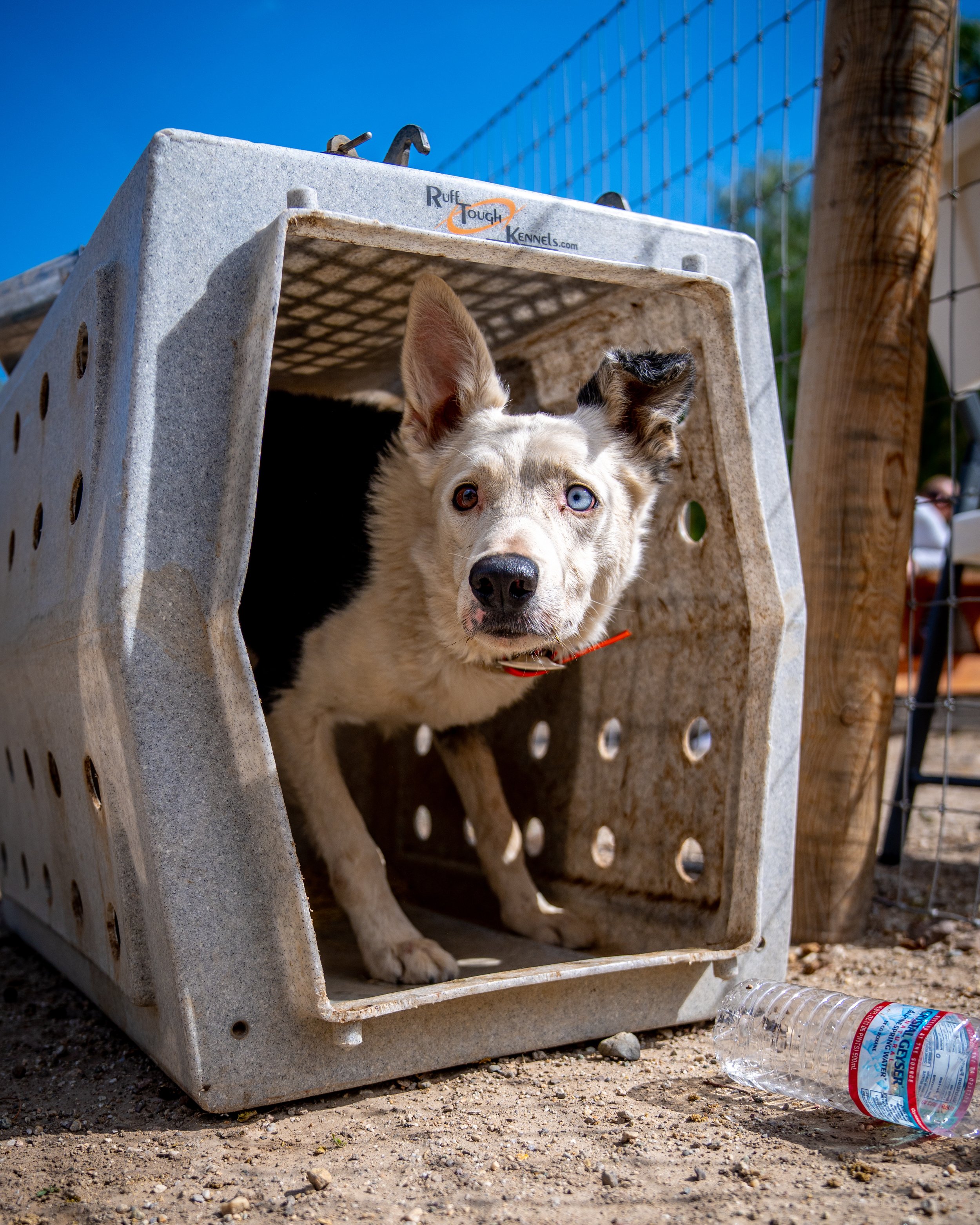
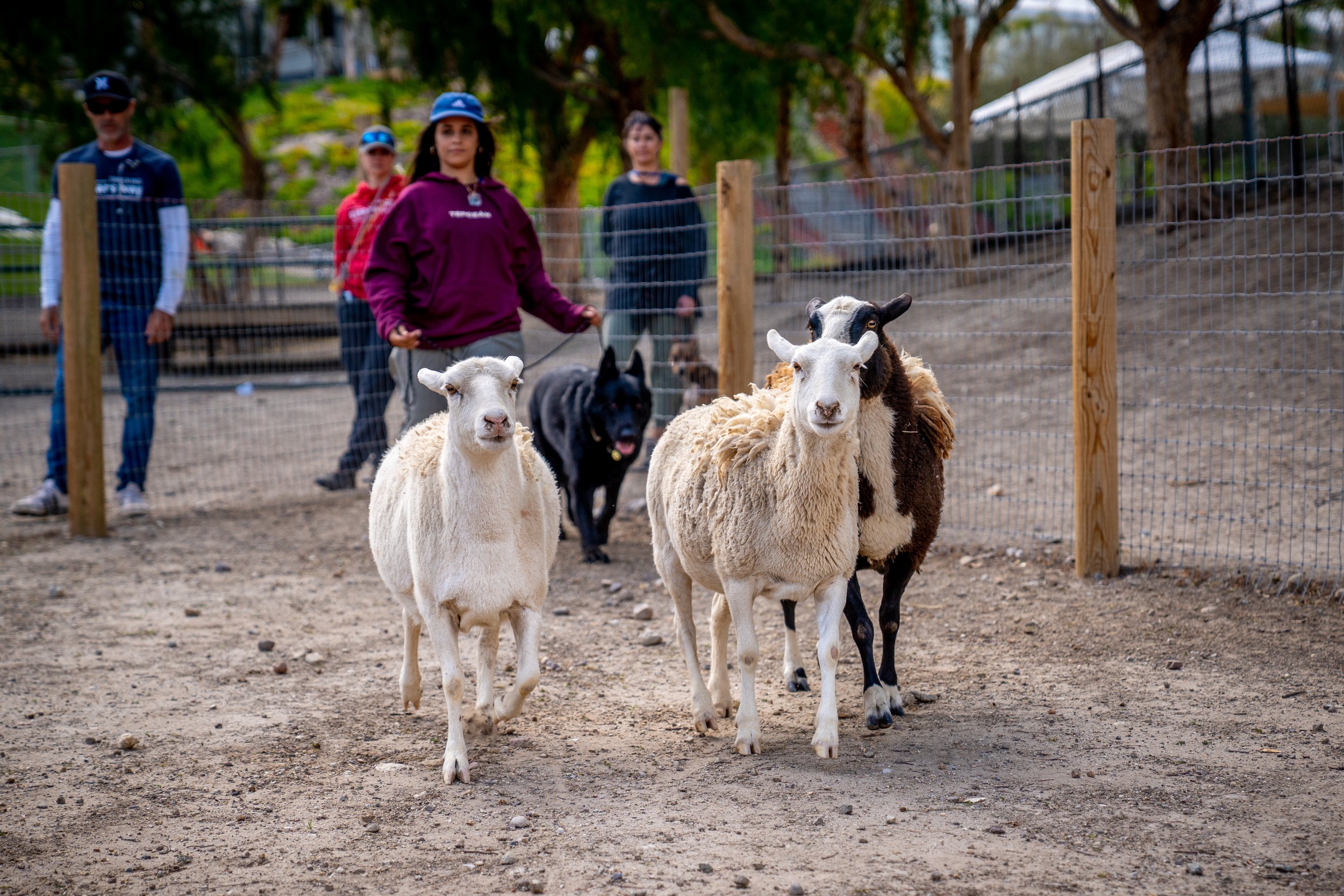
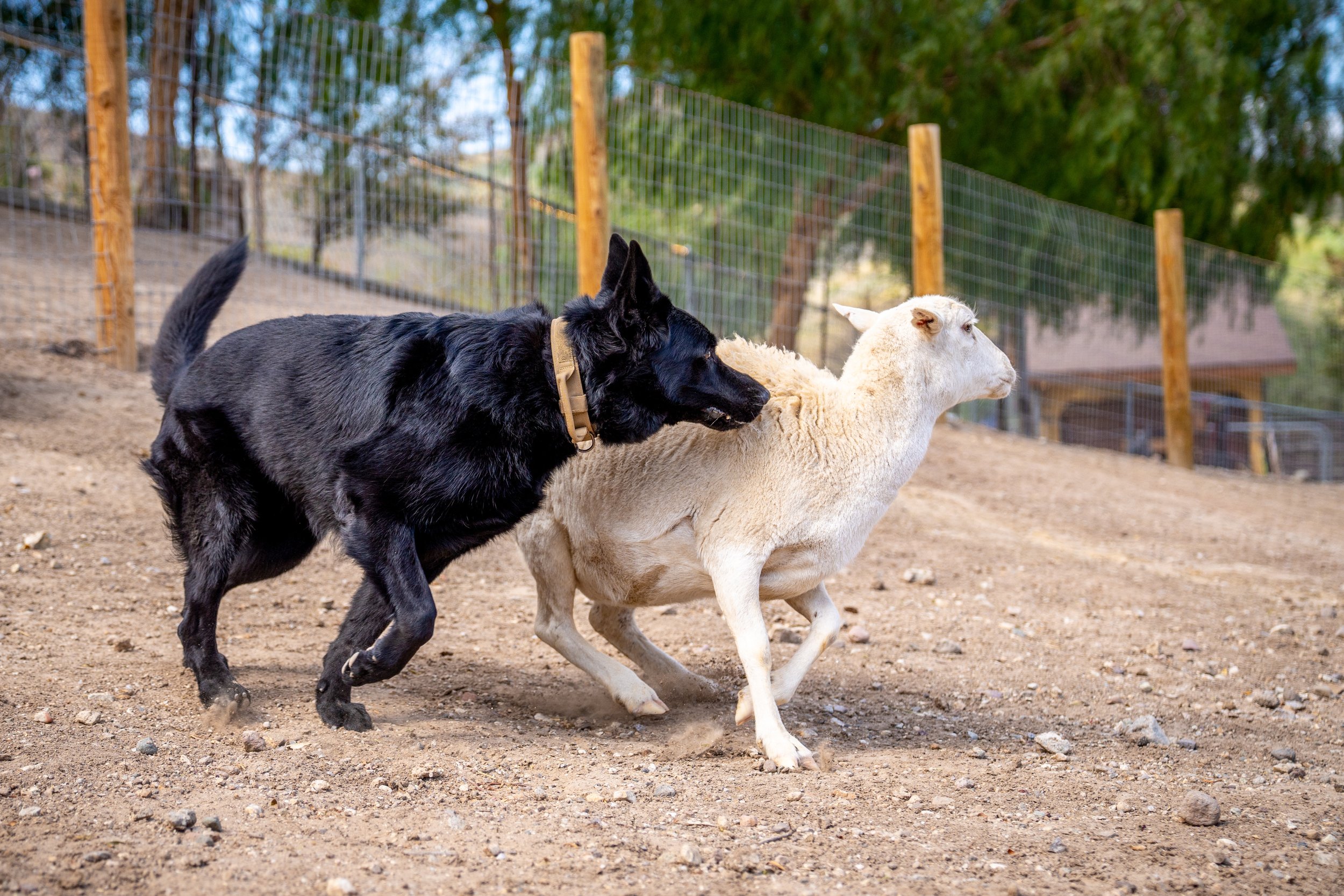
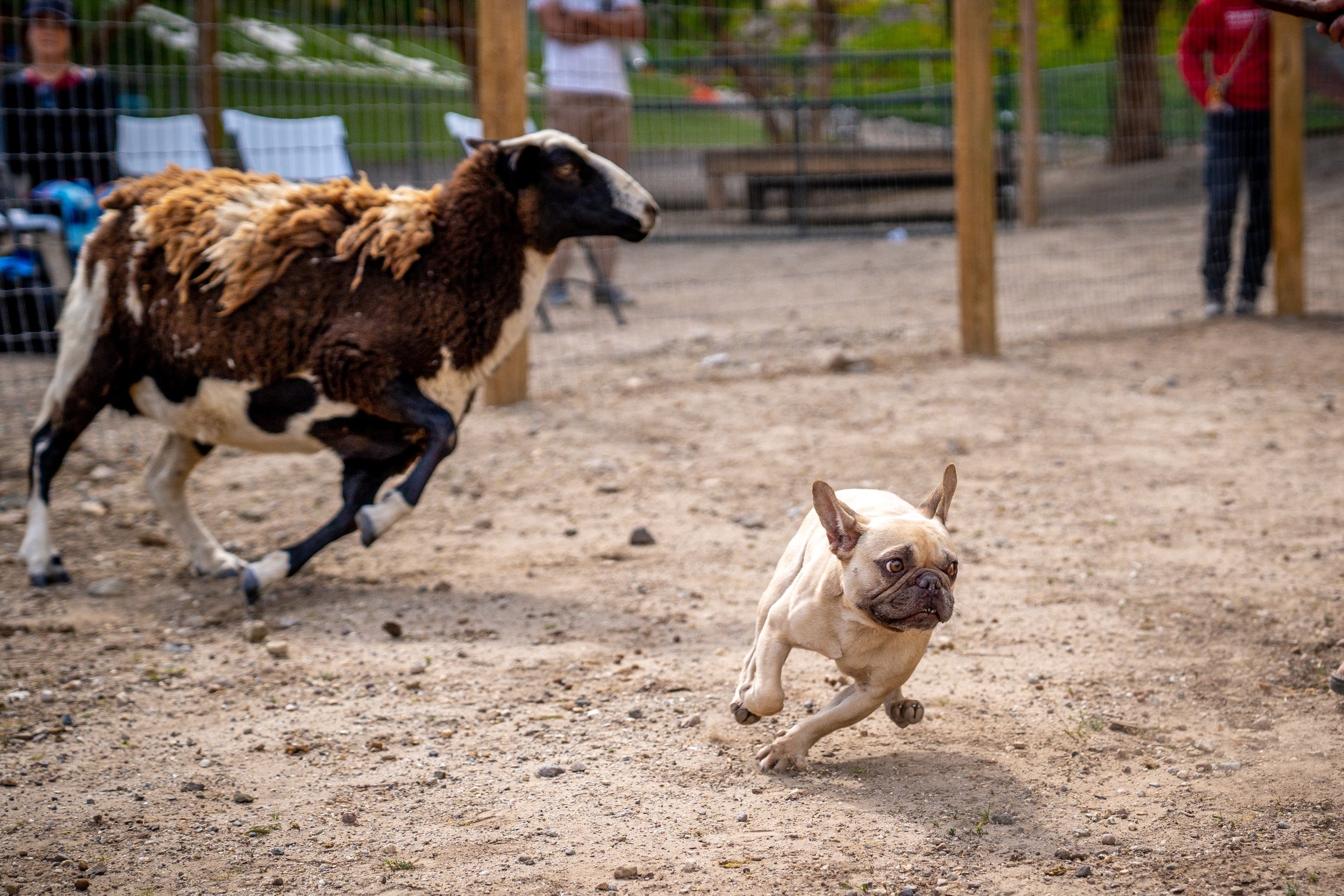
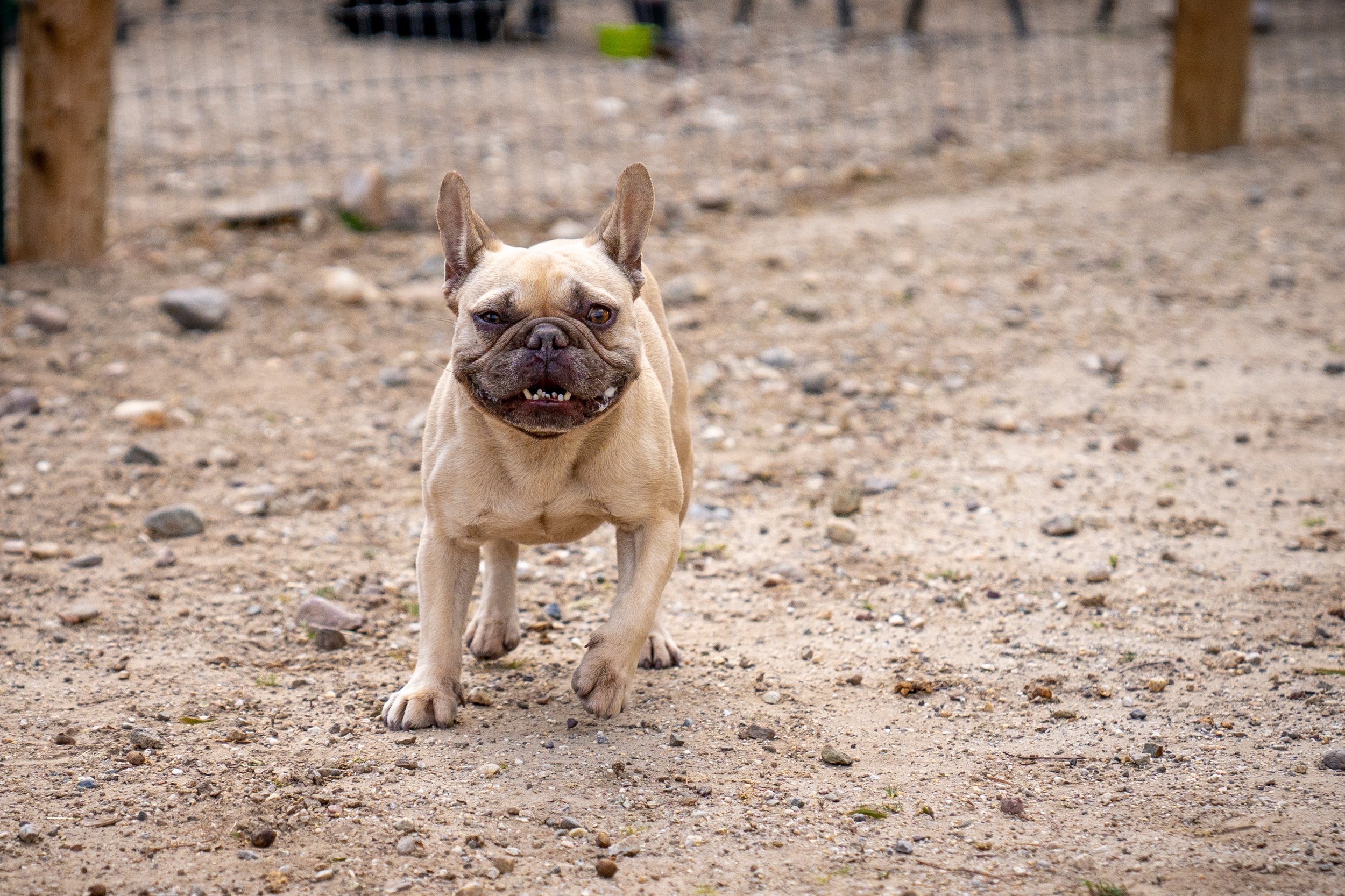
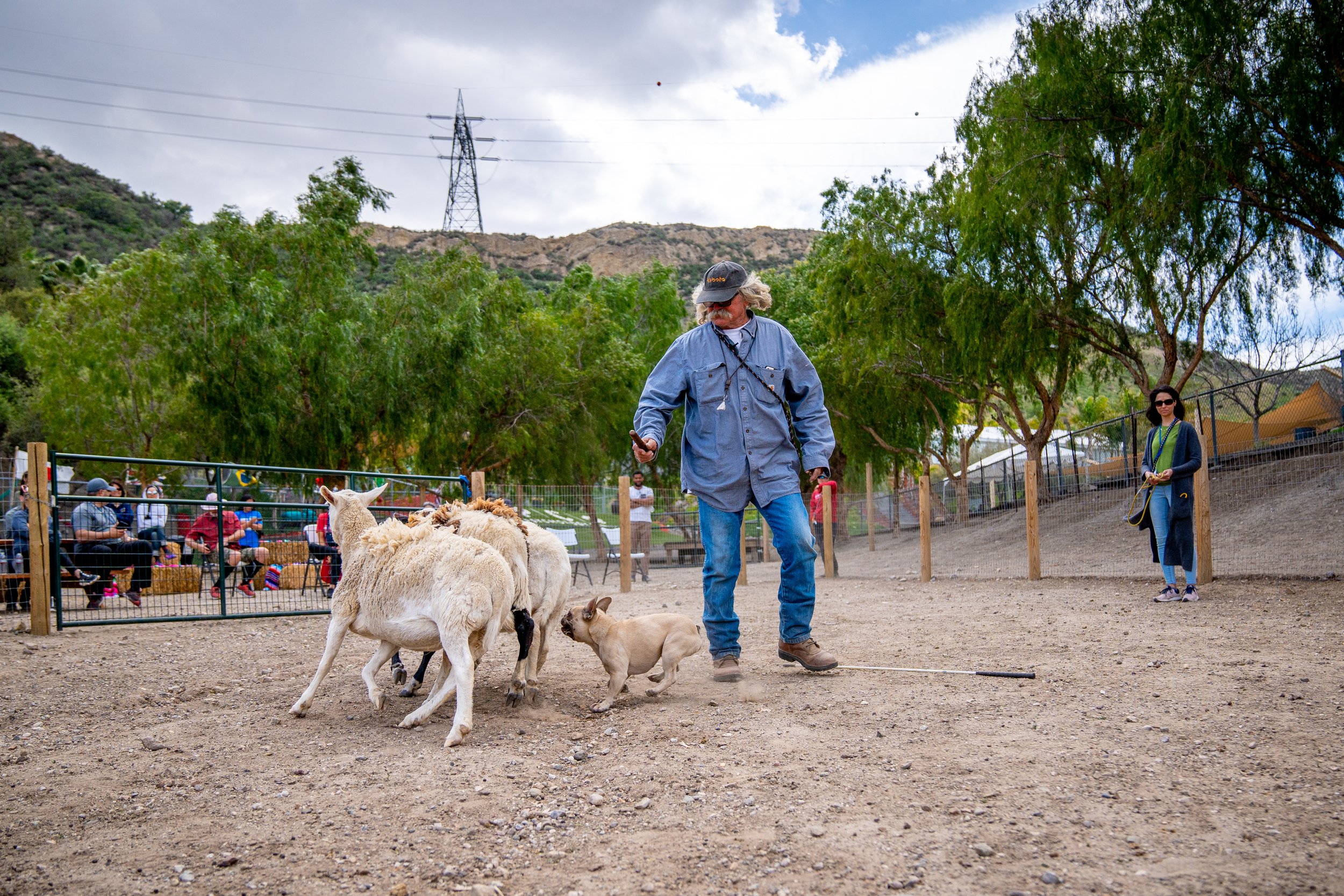

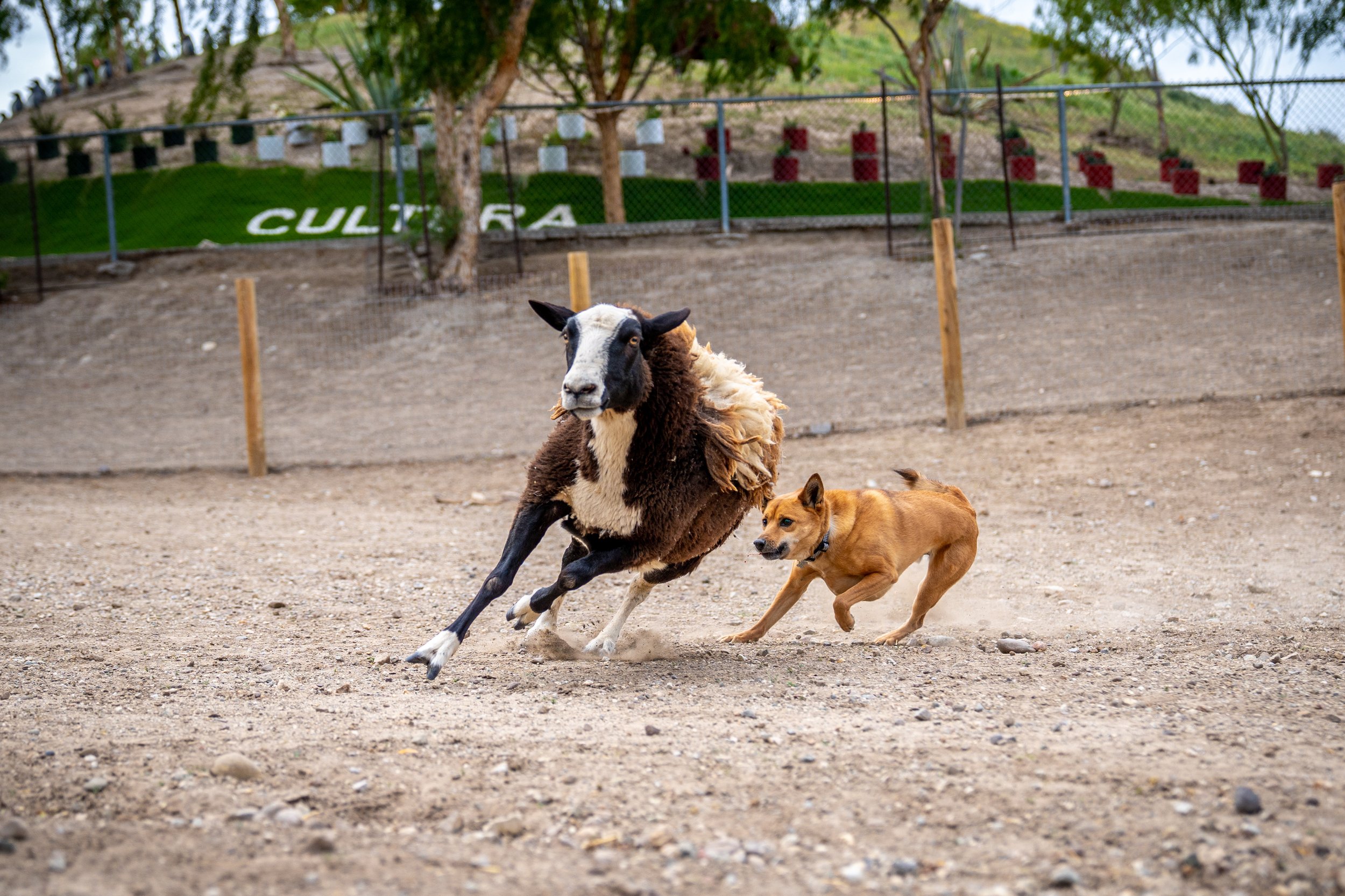

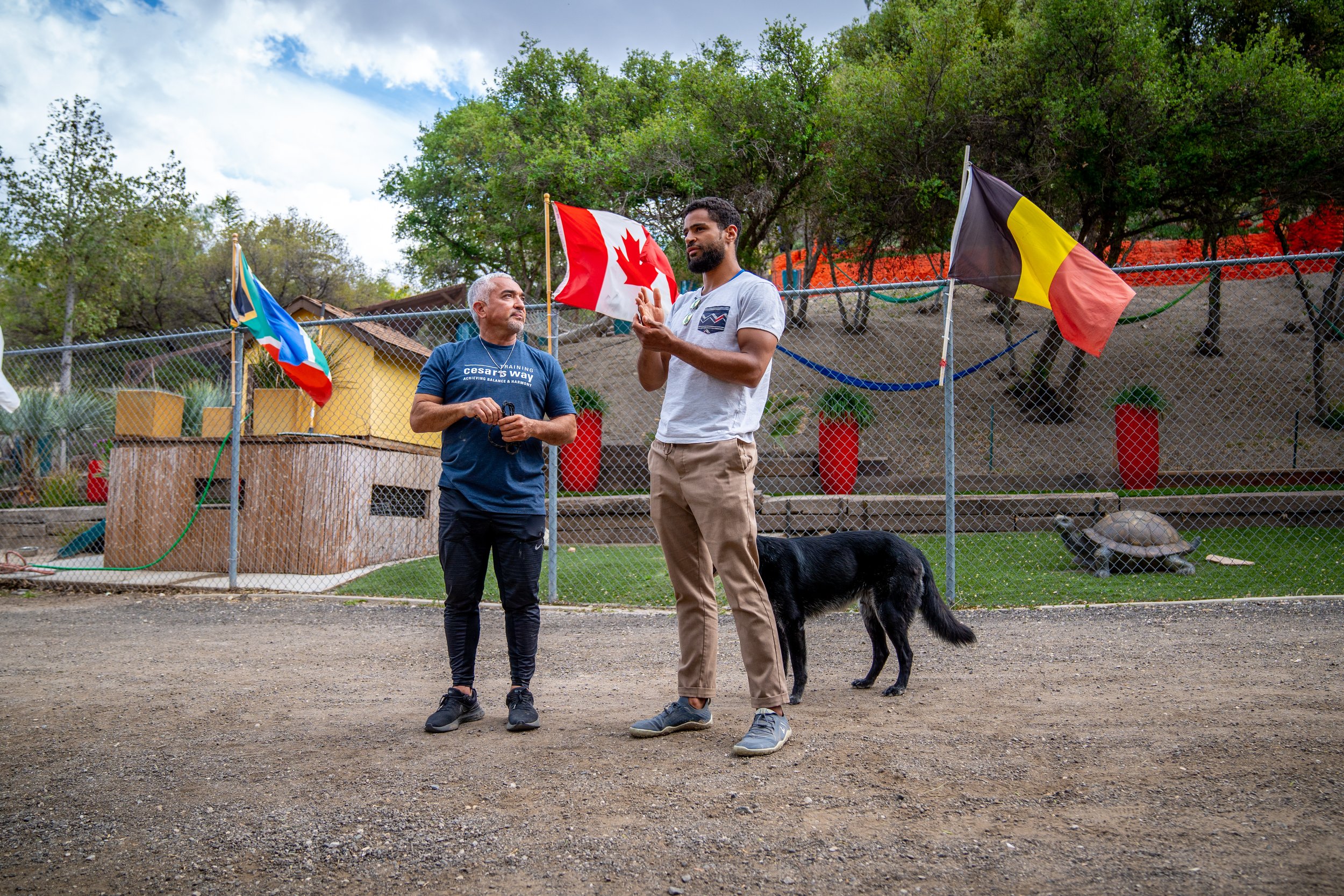
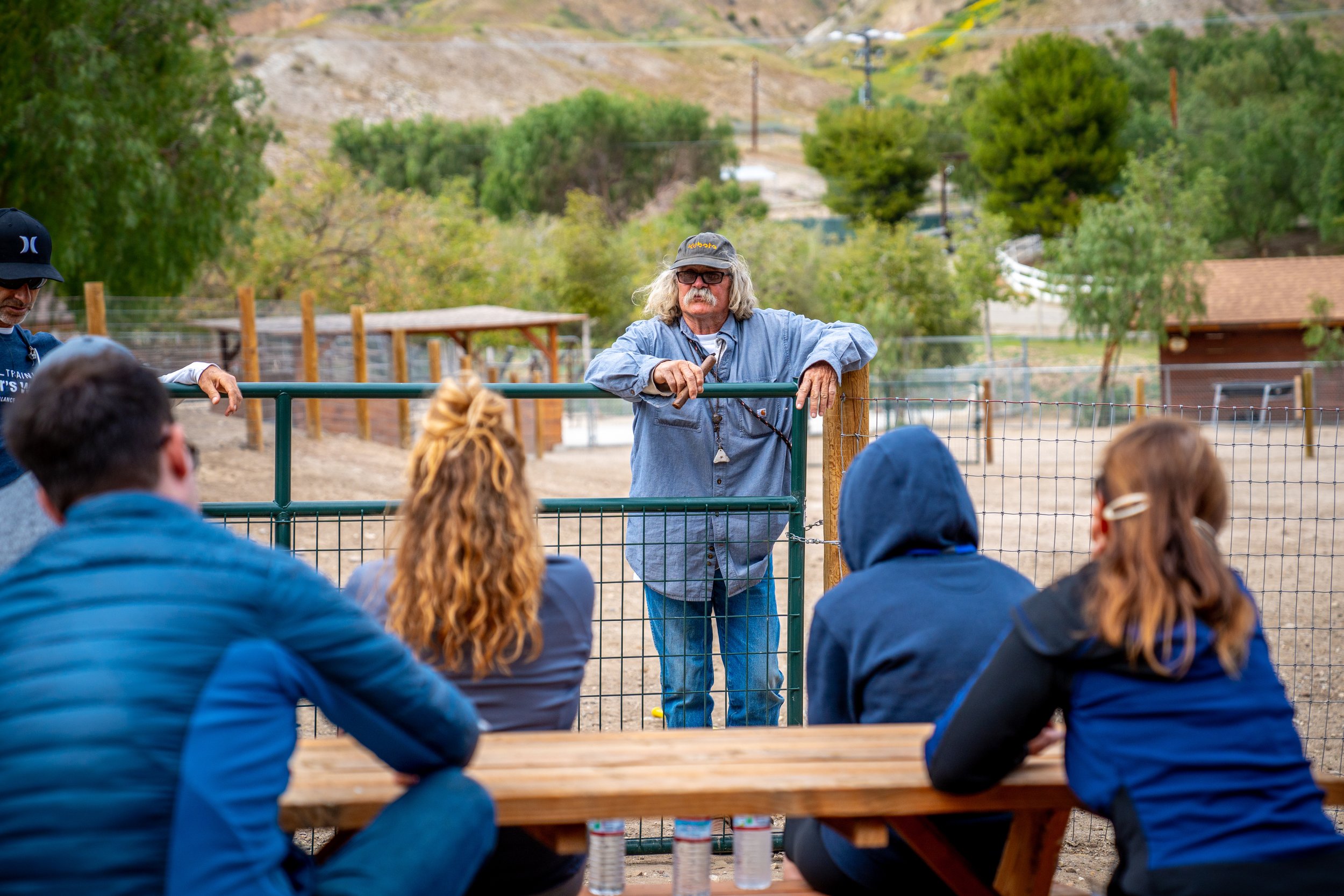
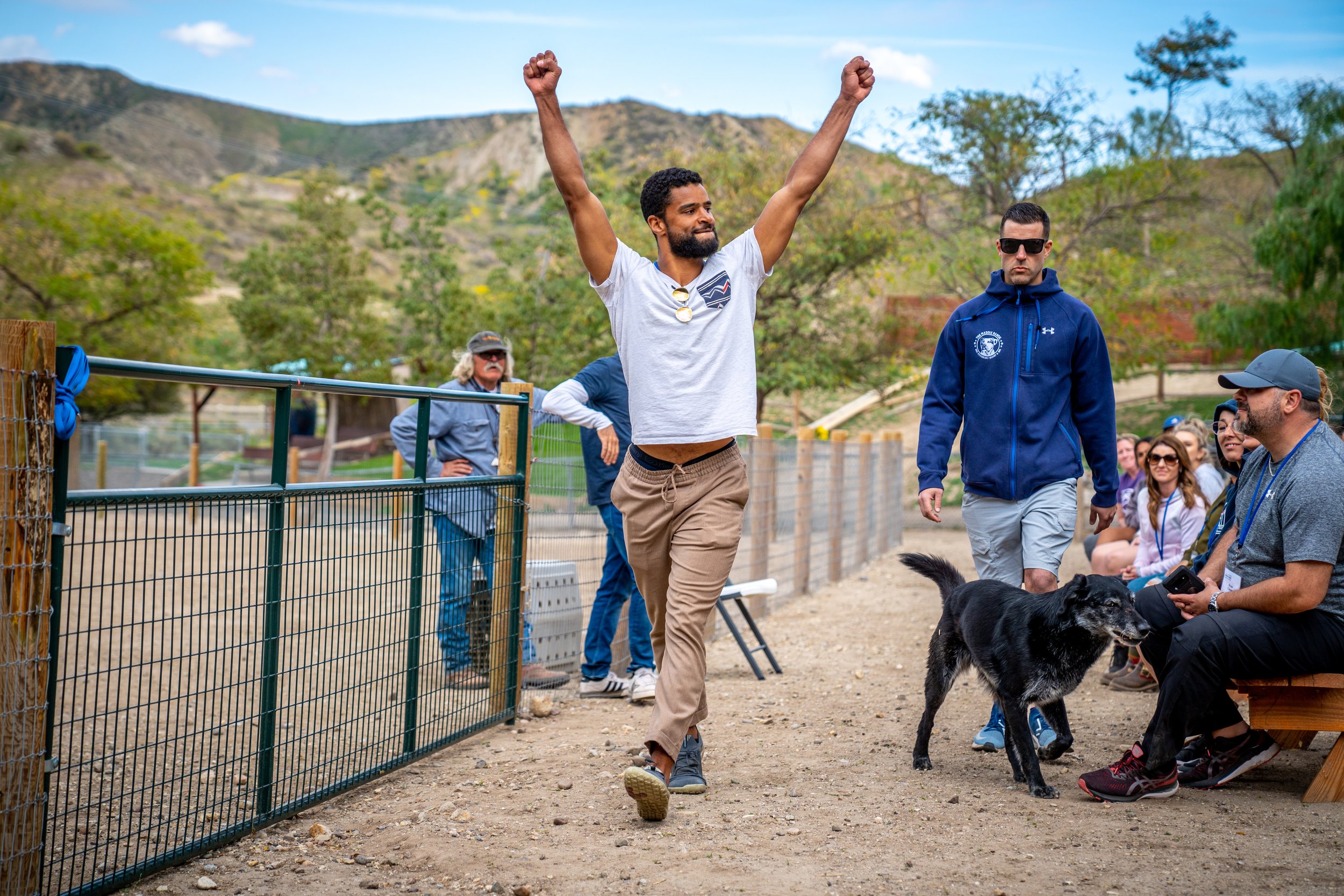
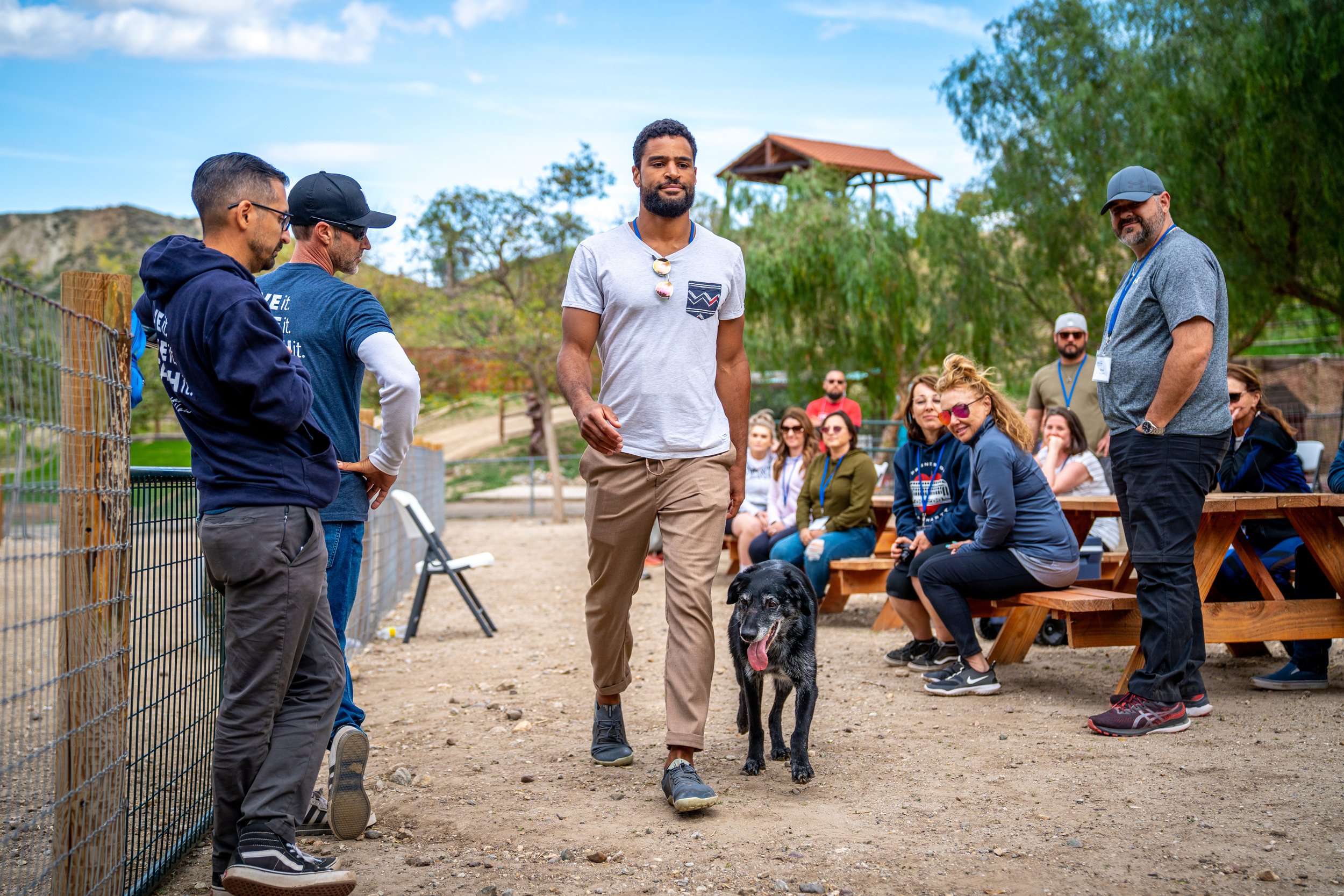

Every breed has a purpose that it was designed for. Fulfilling these instincts with activities like herding is one way in which you can centre a dog psychologically and create a healthy release of energy, that allows them to relax and reach a calm state. When we cannot fulfil instincts, it becomes even more important to drain excess energy.
Winston, the black and Silver herding cross, transforming in real time - walking calmly through a crowd off people and dogs. No lead, no collar, no muzzle. All of which he arrived with and needed 40 minutes prior.
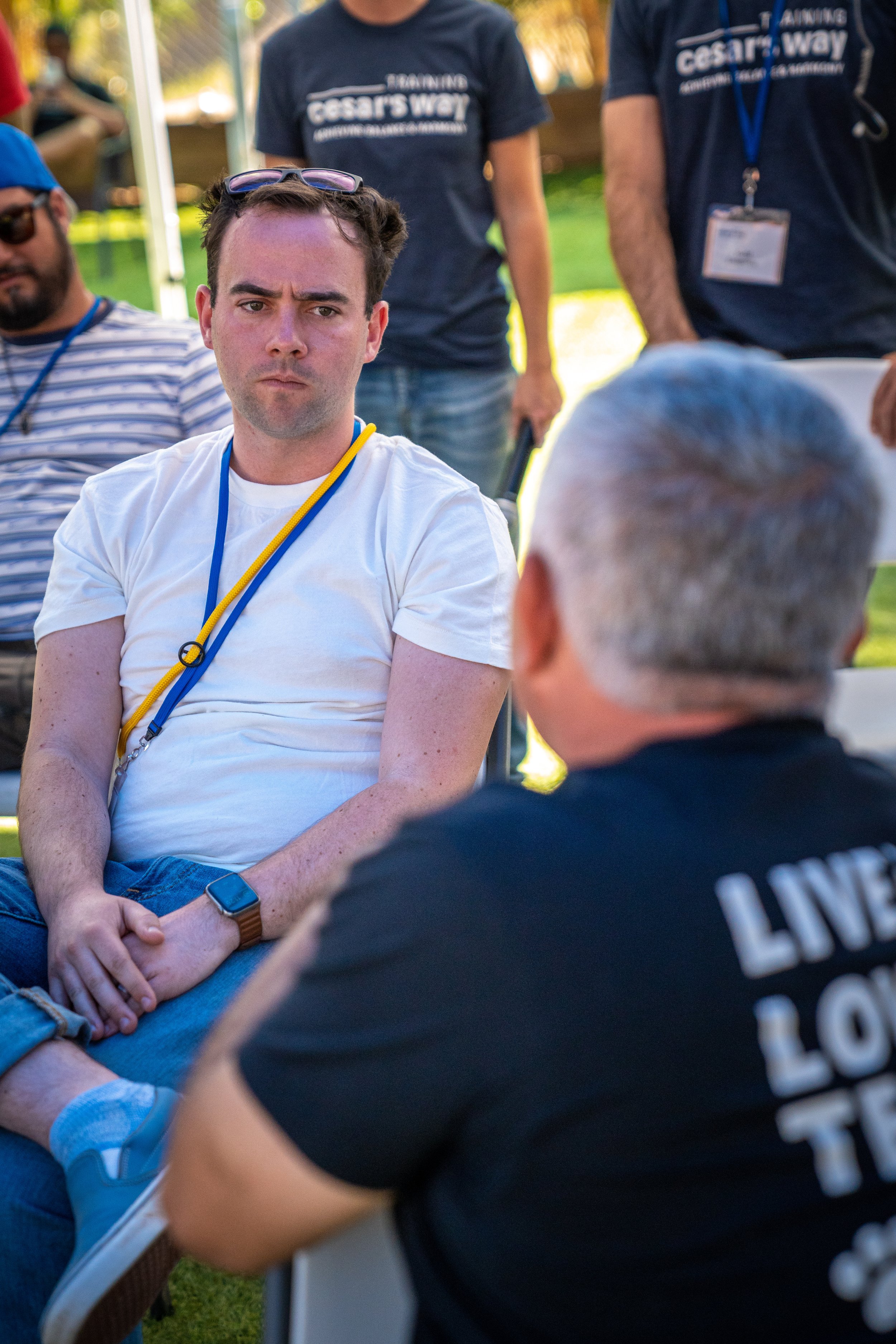

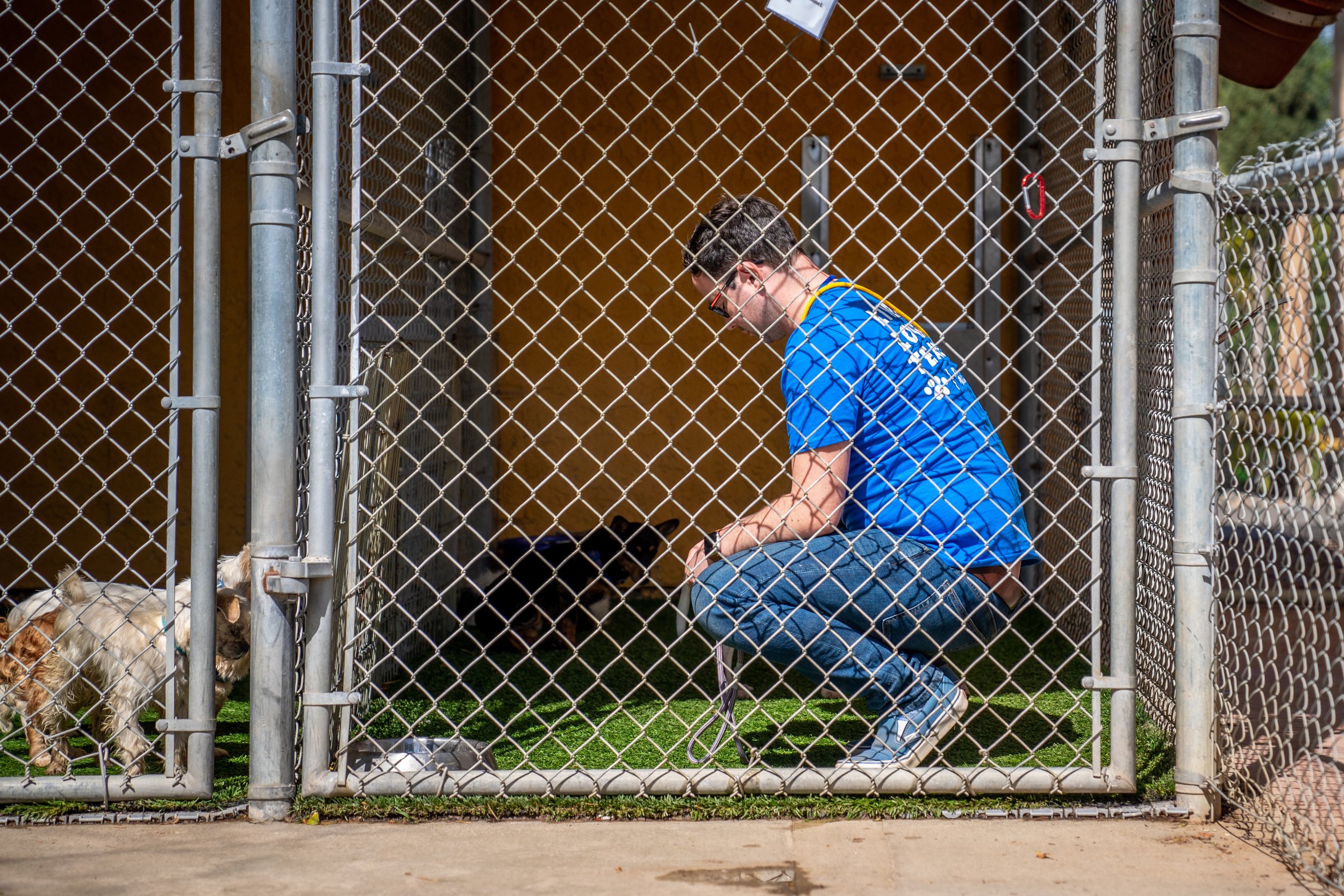
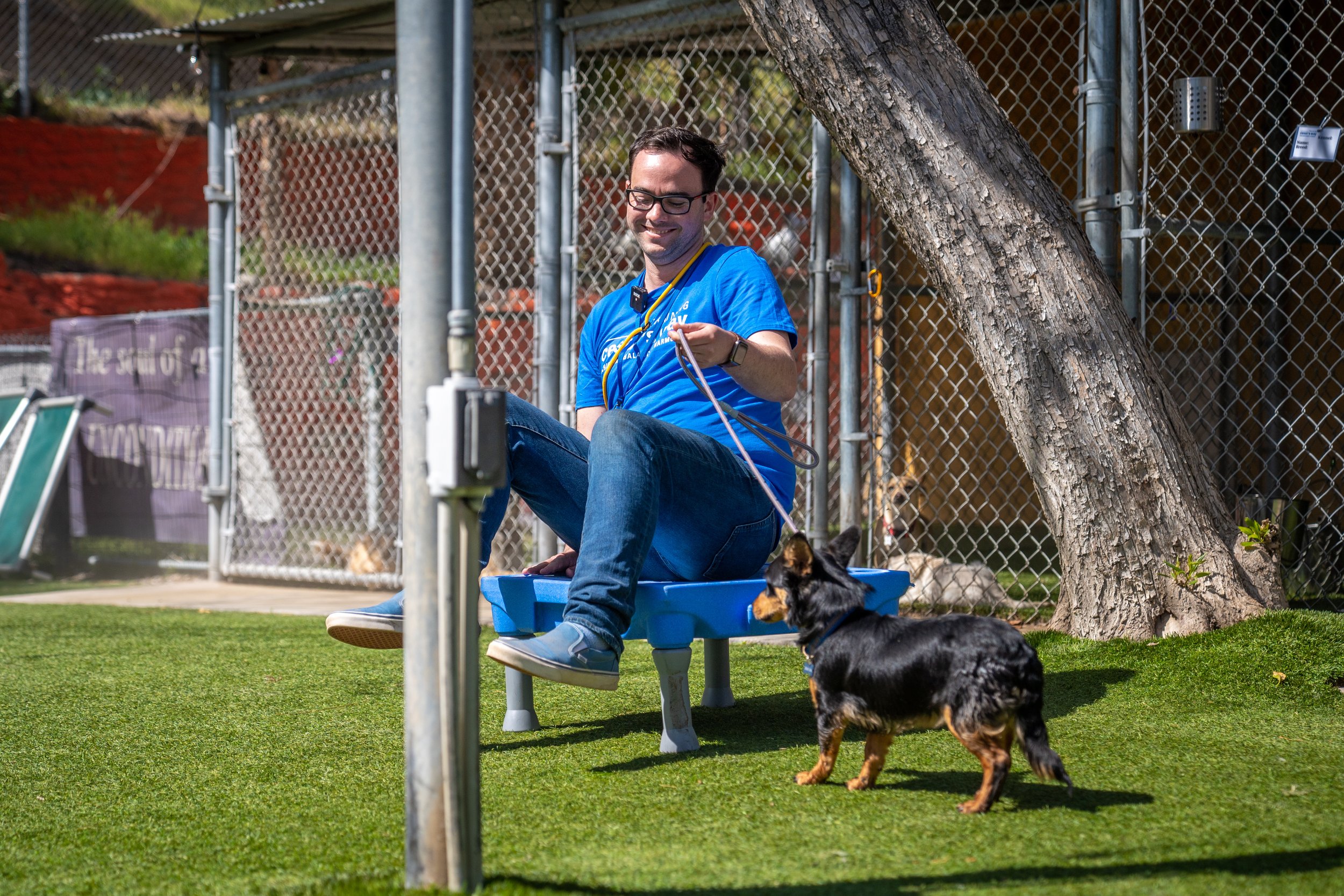
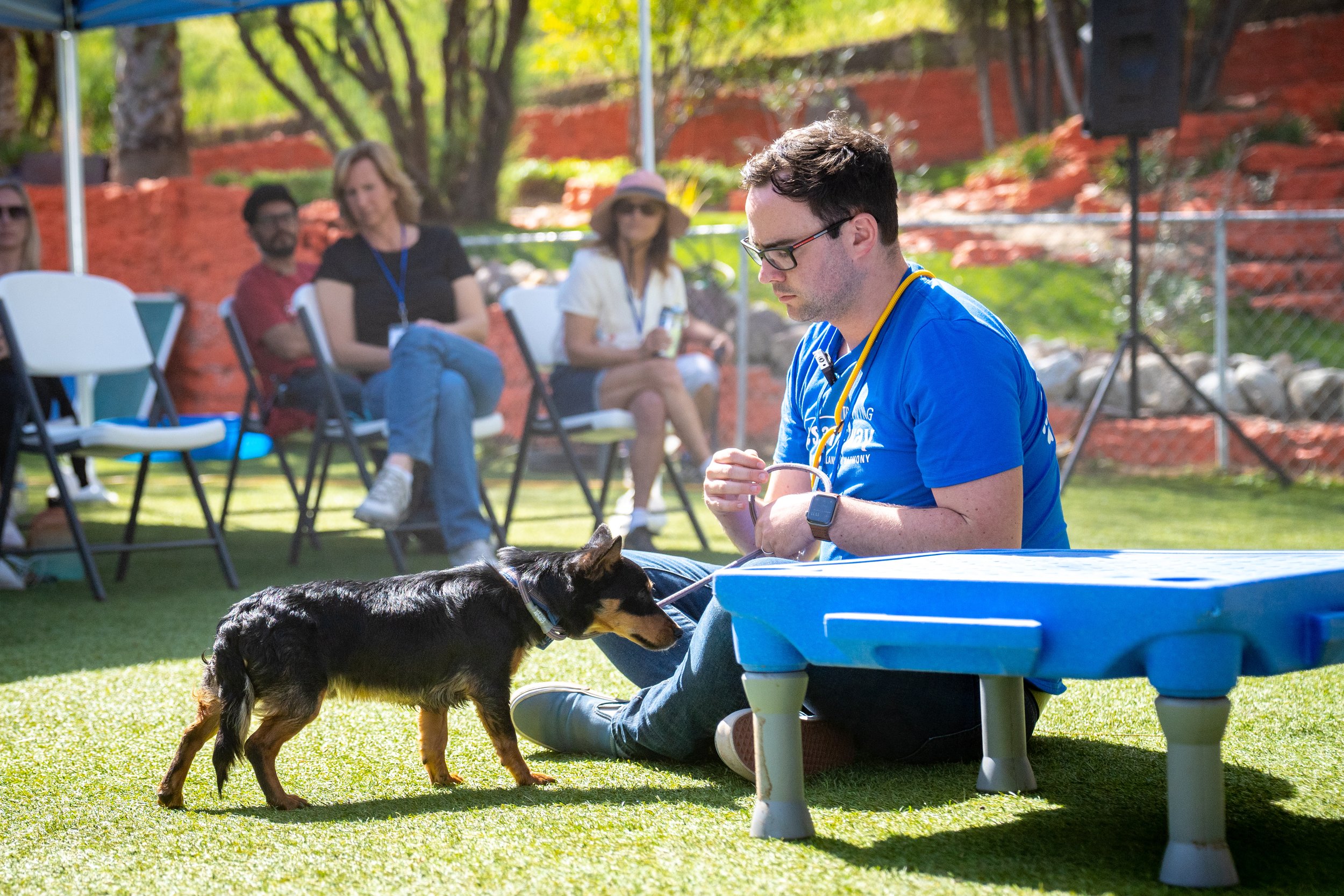
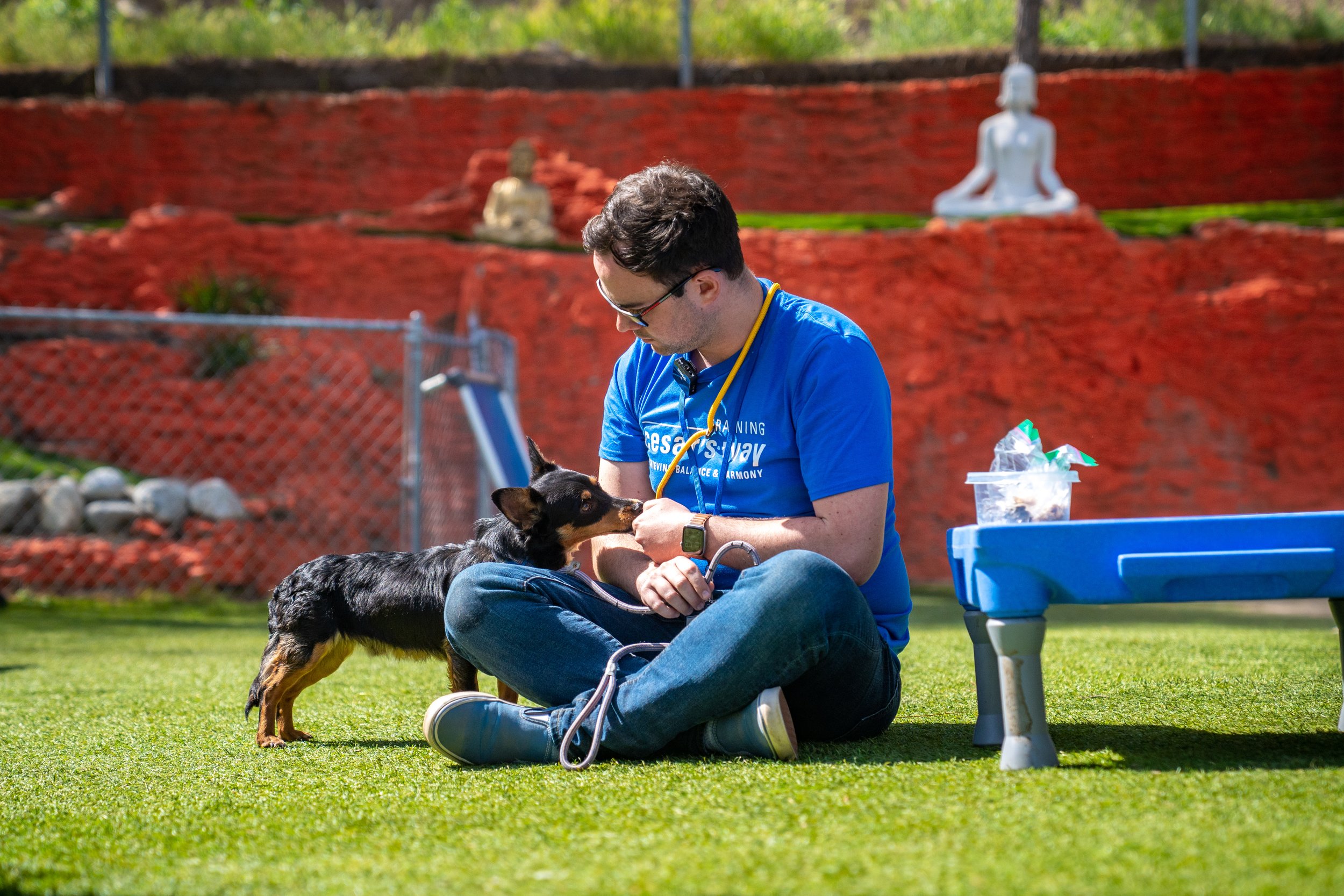

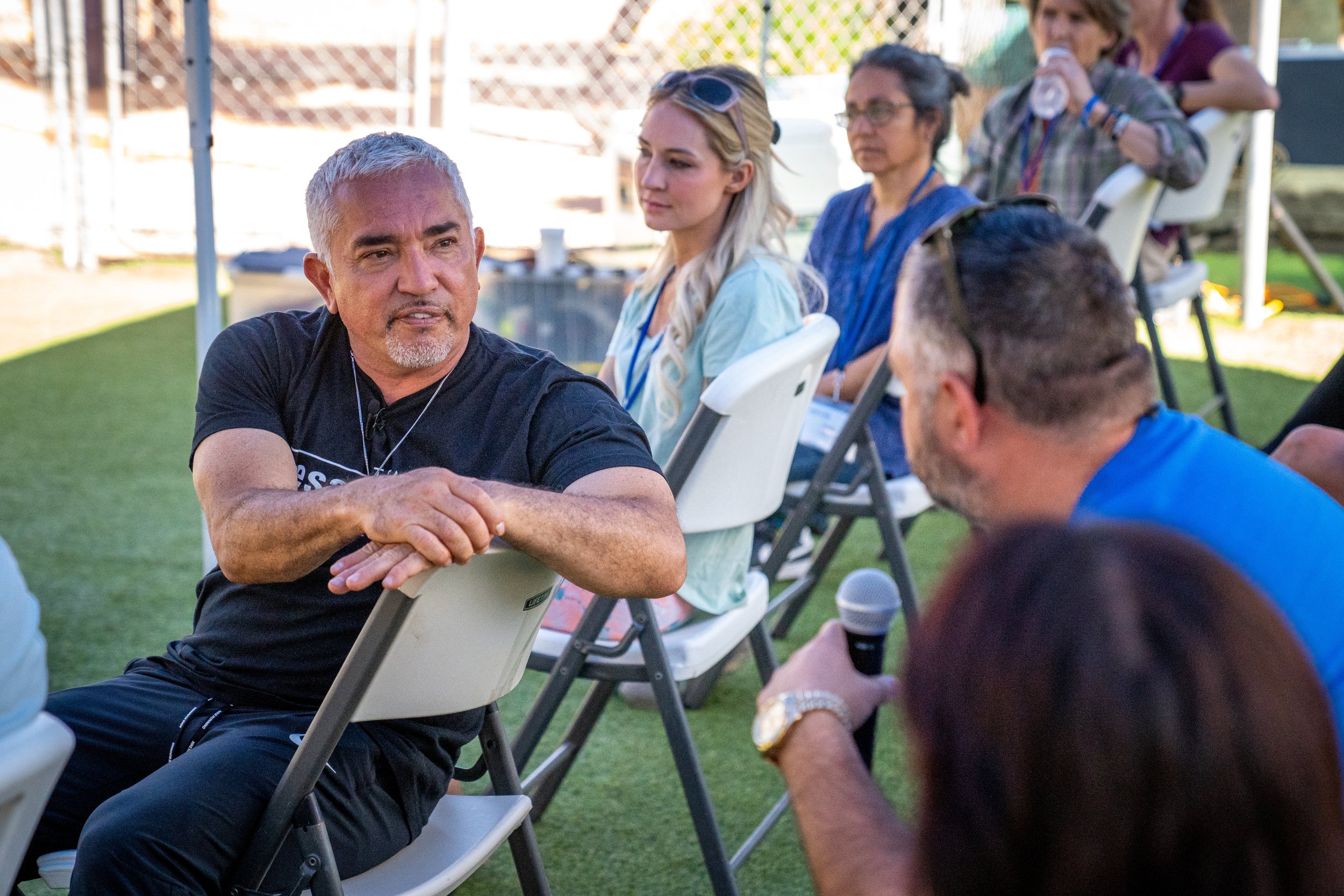
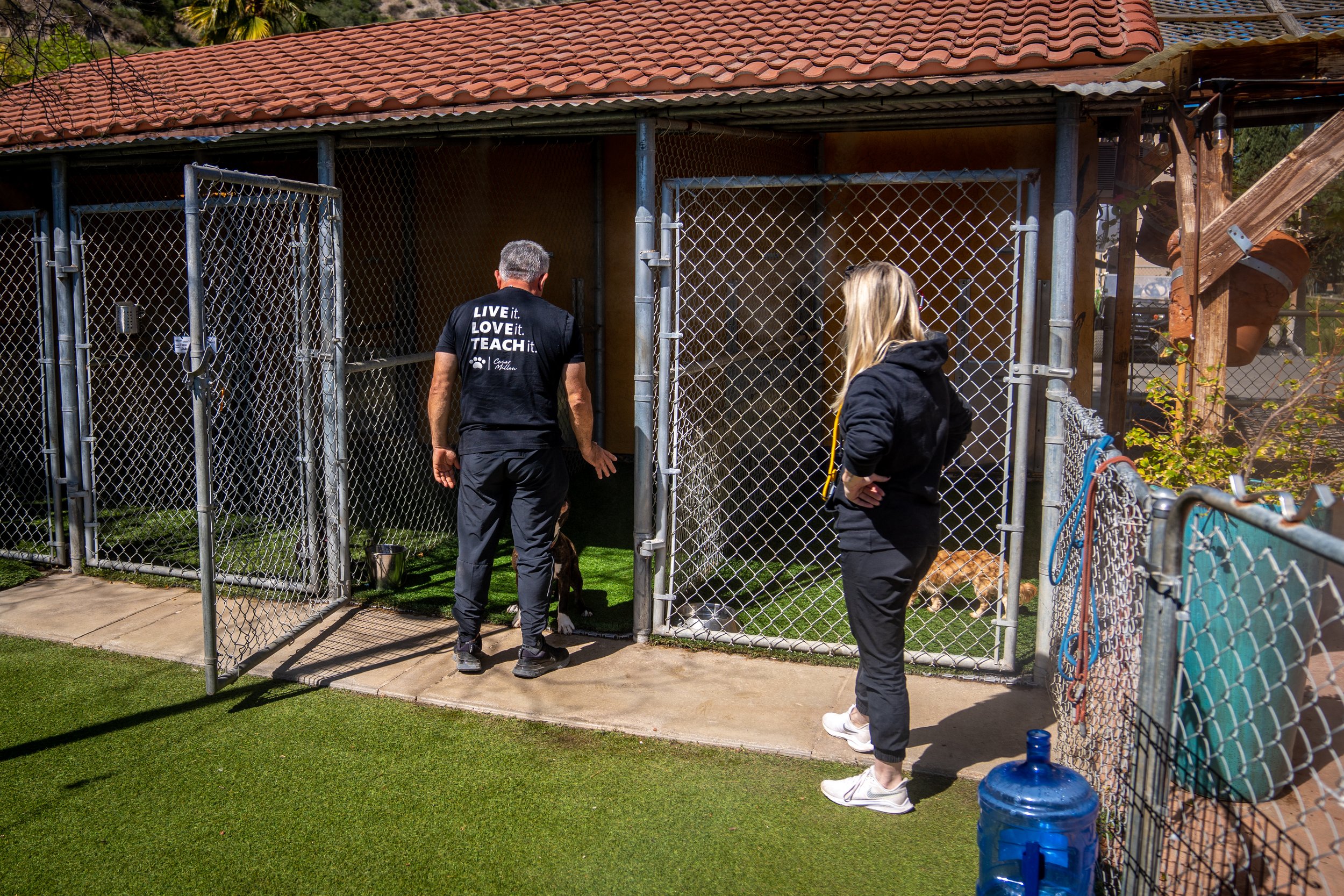
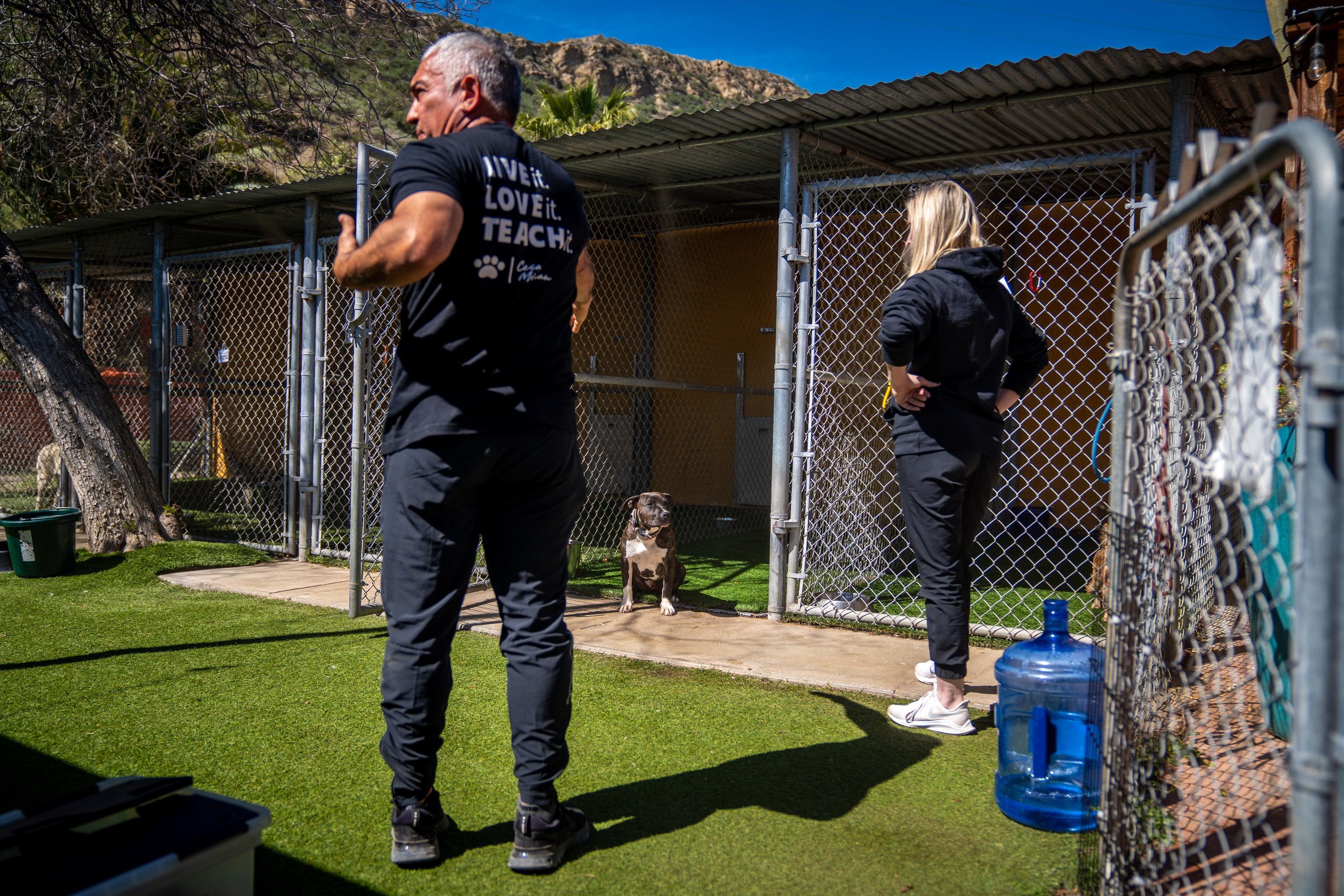


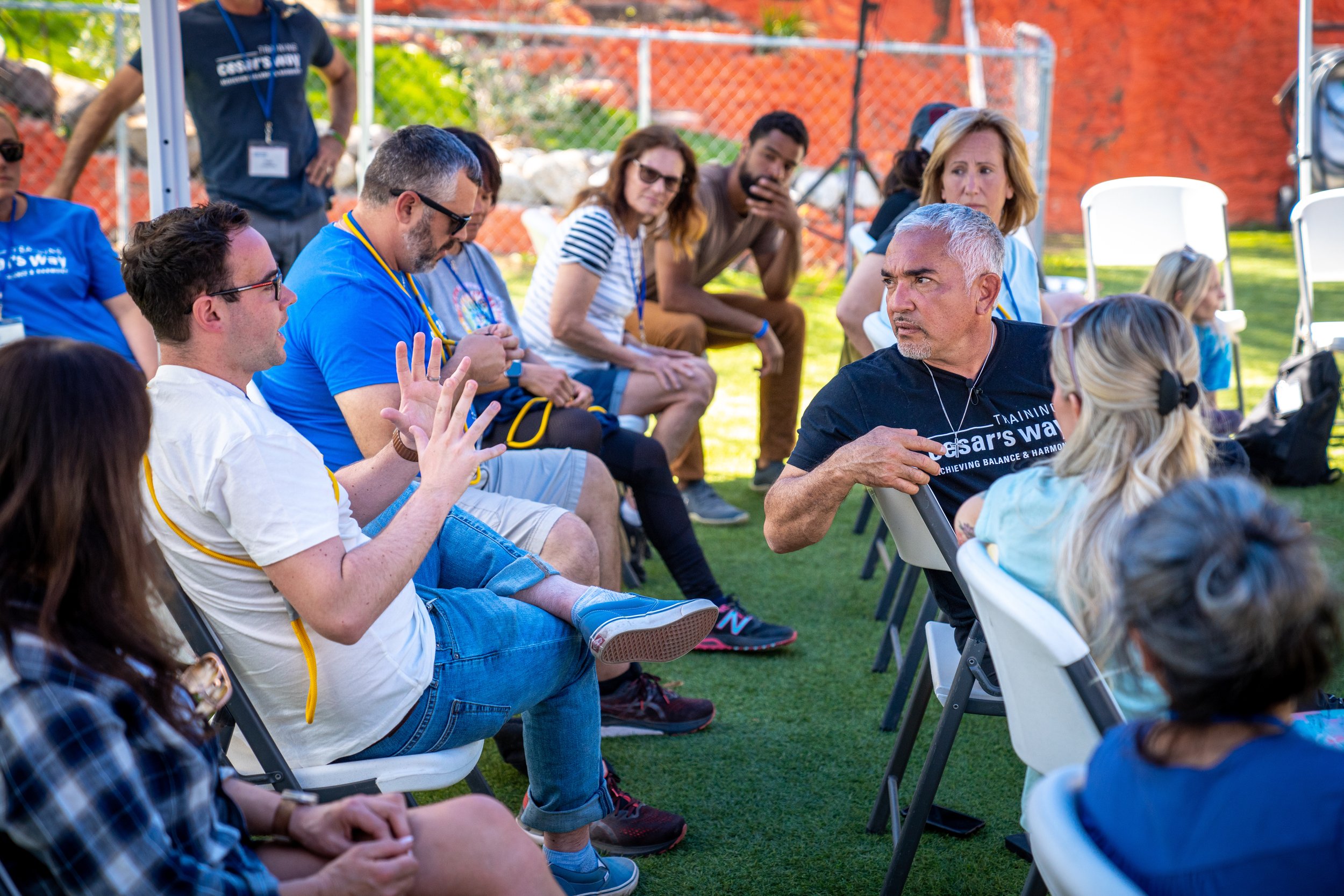



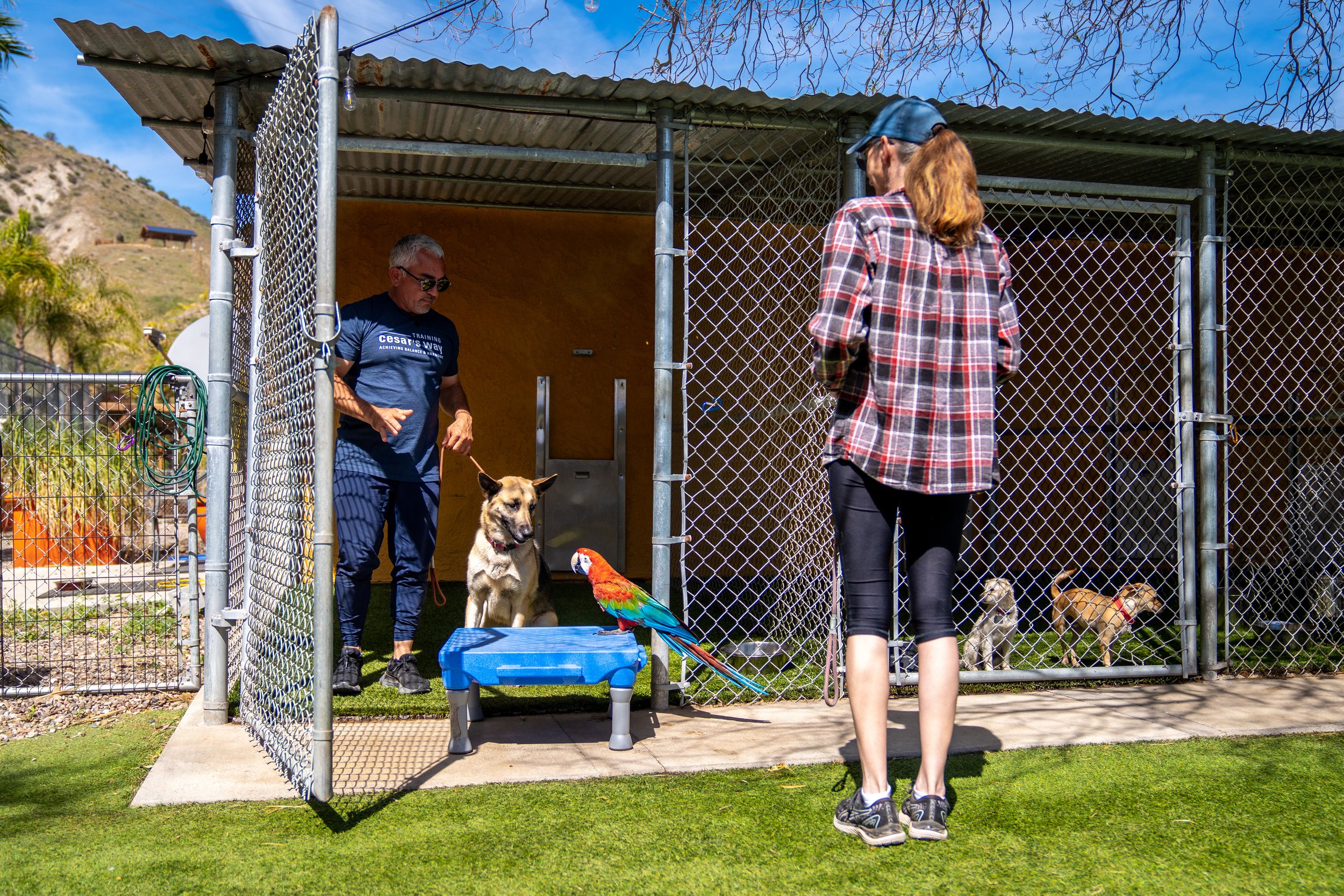
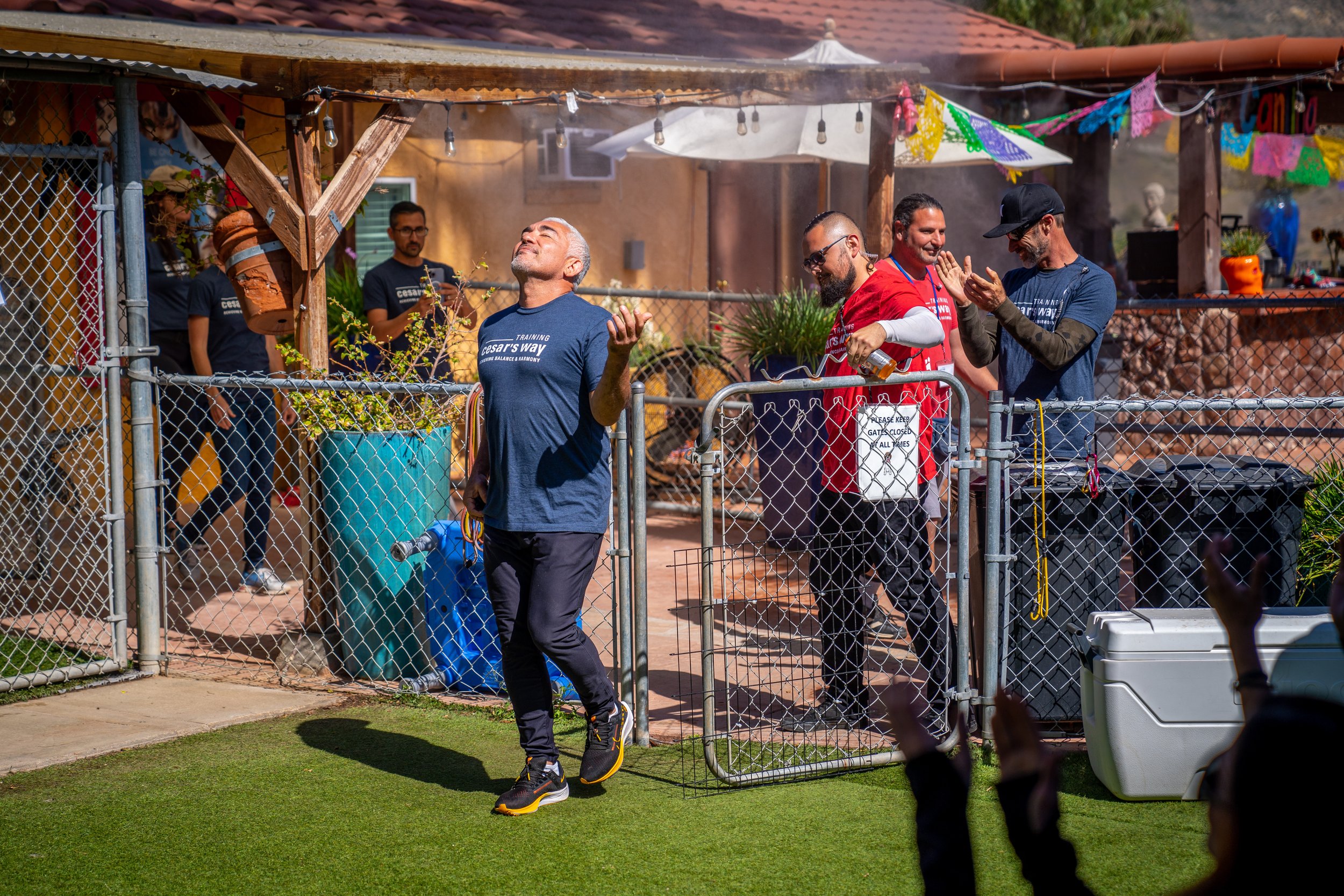

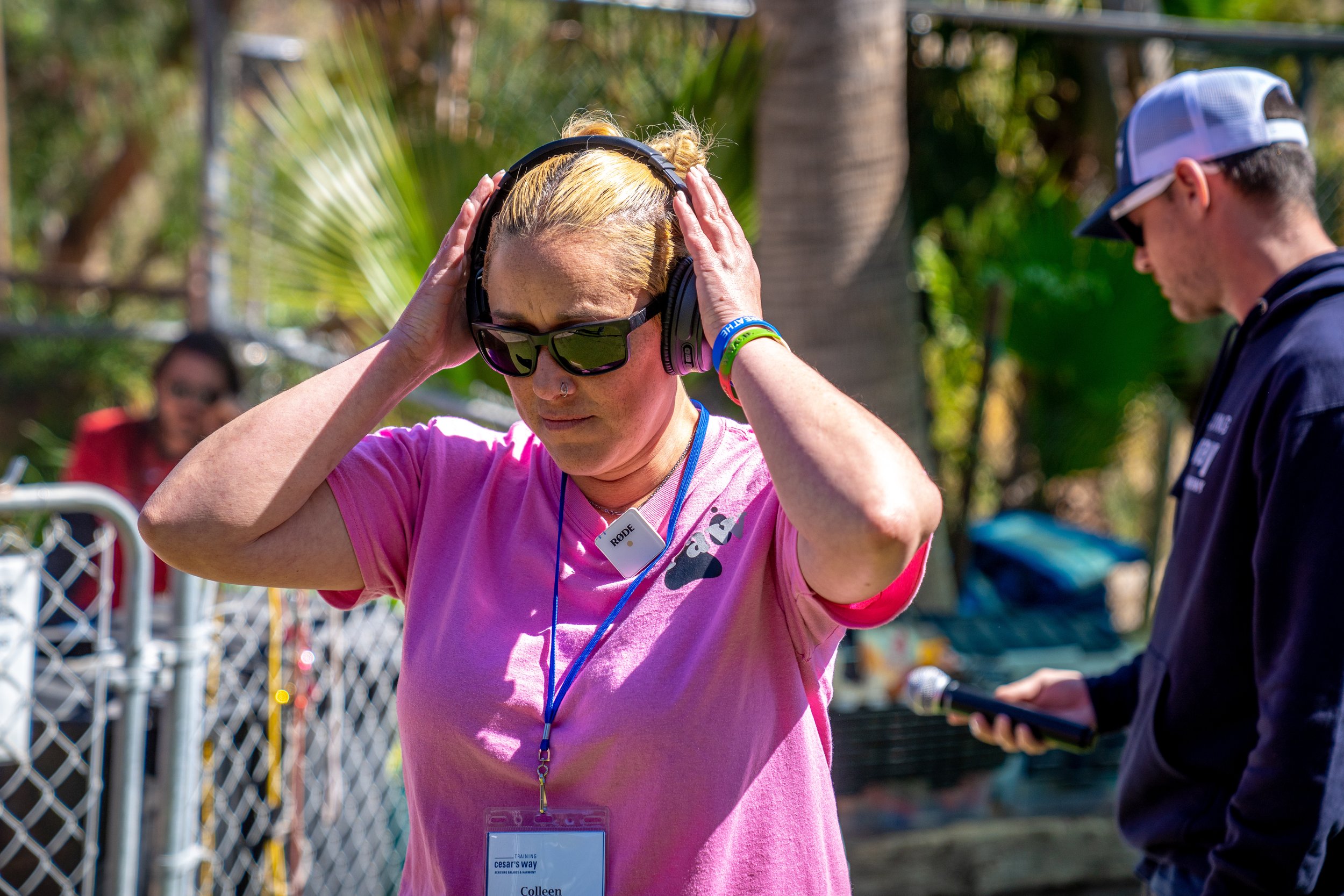
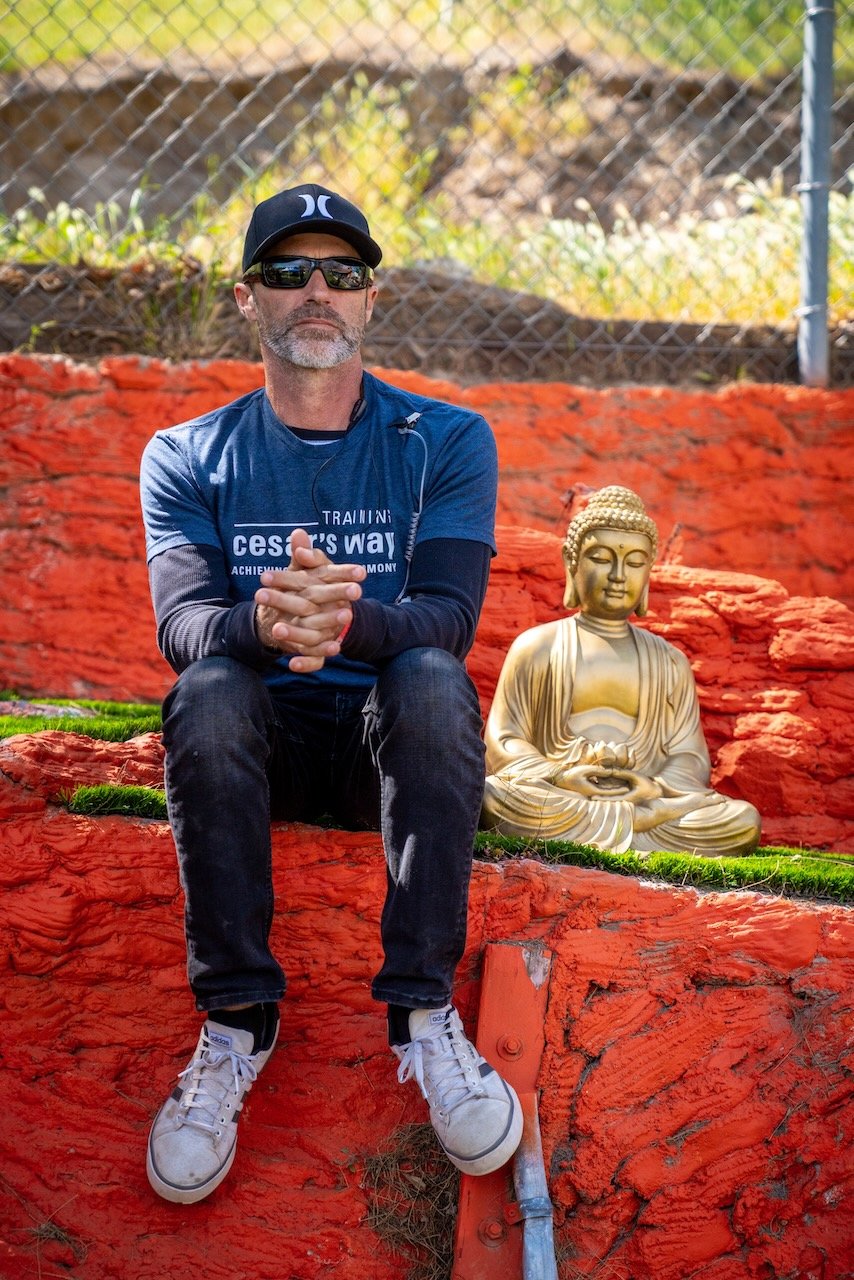
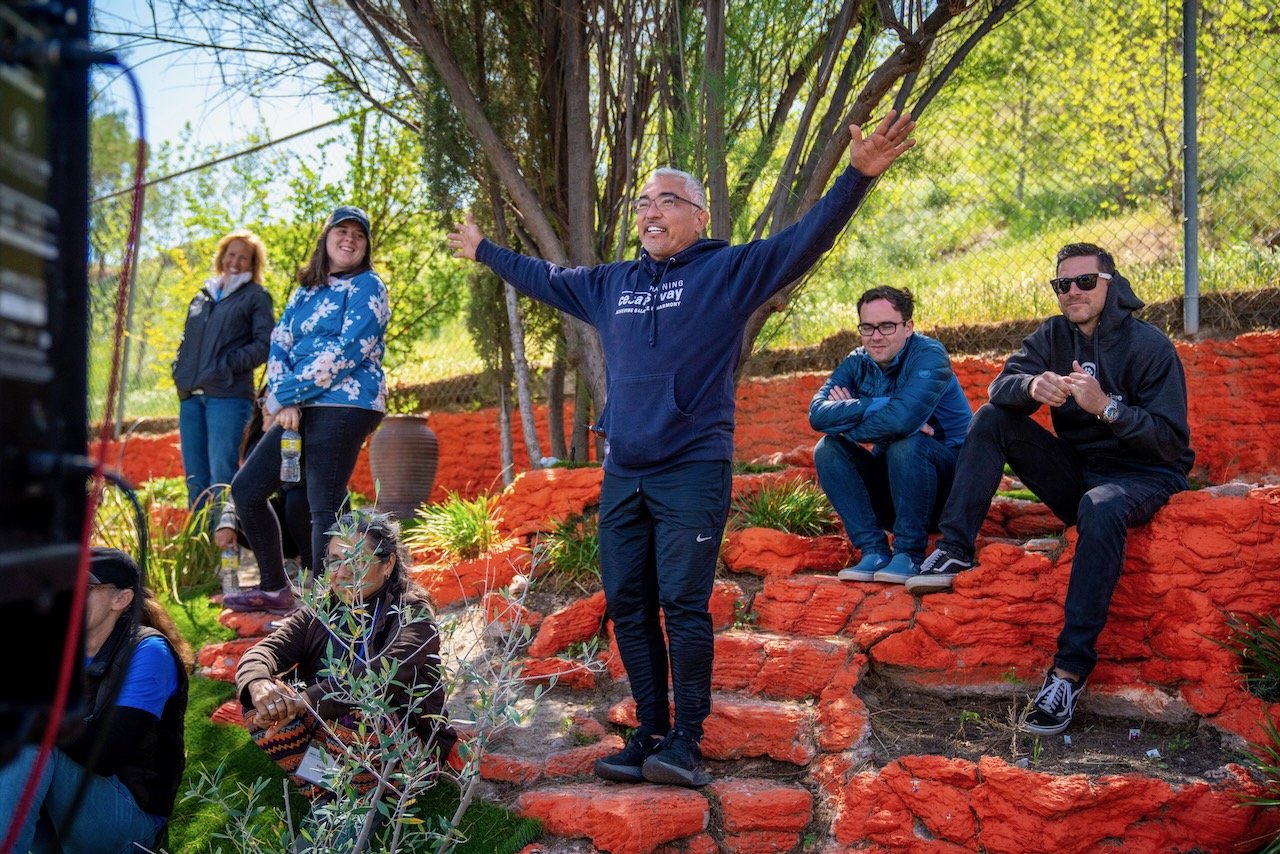
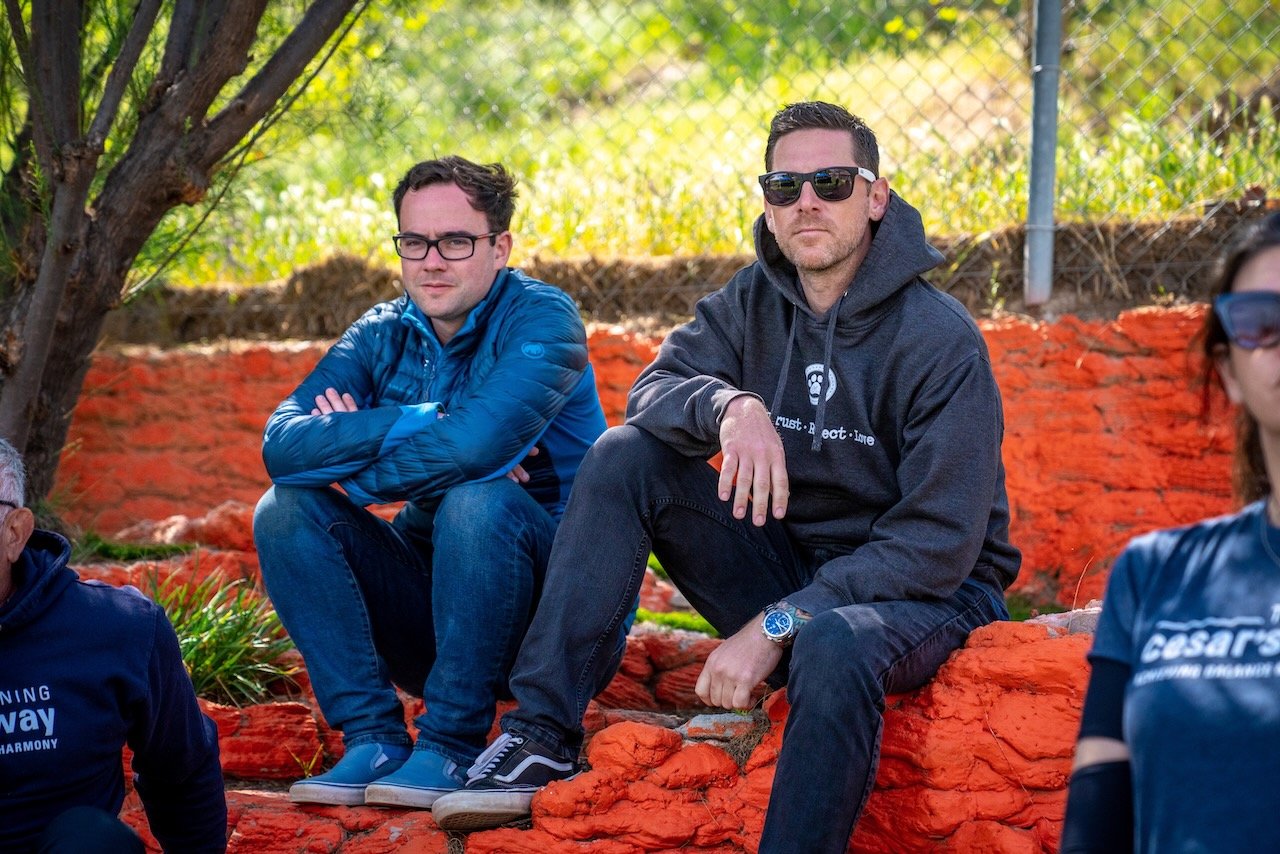
Dogs live in the moment, and their senses form their reality. Reconnecting with our senses - and being deprived of them - allows us to better focus the overall energy we bring to any dog. This energy is the way our dogs perceive us, and how they respond as a result in real time. Our breathing, our movement, our muscle tension. Being able to regulate our energy is a skill that requires practice whereas for a dog, it is a natural part of life.
The Kennel Garden sessions challenged each of us to work on the skills where we were lacking. Some of us worked with blindfolds on to remove sight, some wore headphones with sounds that we find particularly stressful, to learn to switch off to sound and stay calm. Some of us had to slow down our movement, soften our body language. Some of us had to do the opposite to learn how to claim space. Could you leash up 6 puppies blindfolded? Could you keep 3 dogs in their pens with the doors wide open? Could you pick up a dog that bites when you touch it? Or leash up a dog that runs away from you? The biggest part of each of these challenges is the energy you bring.
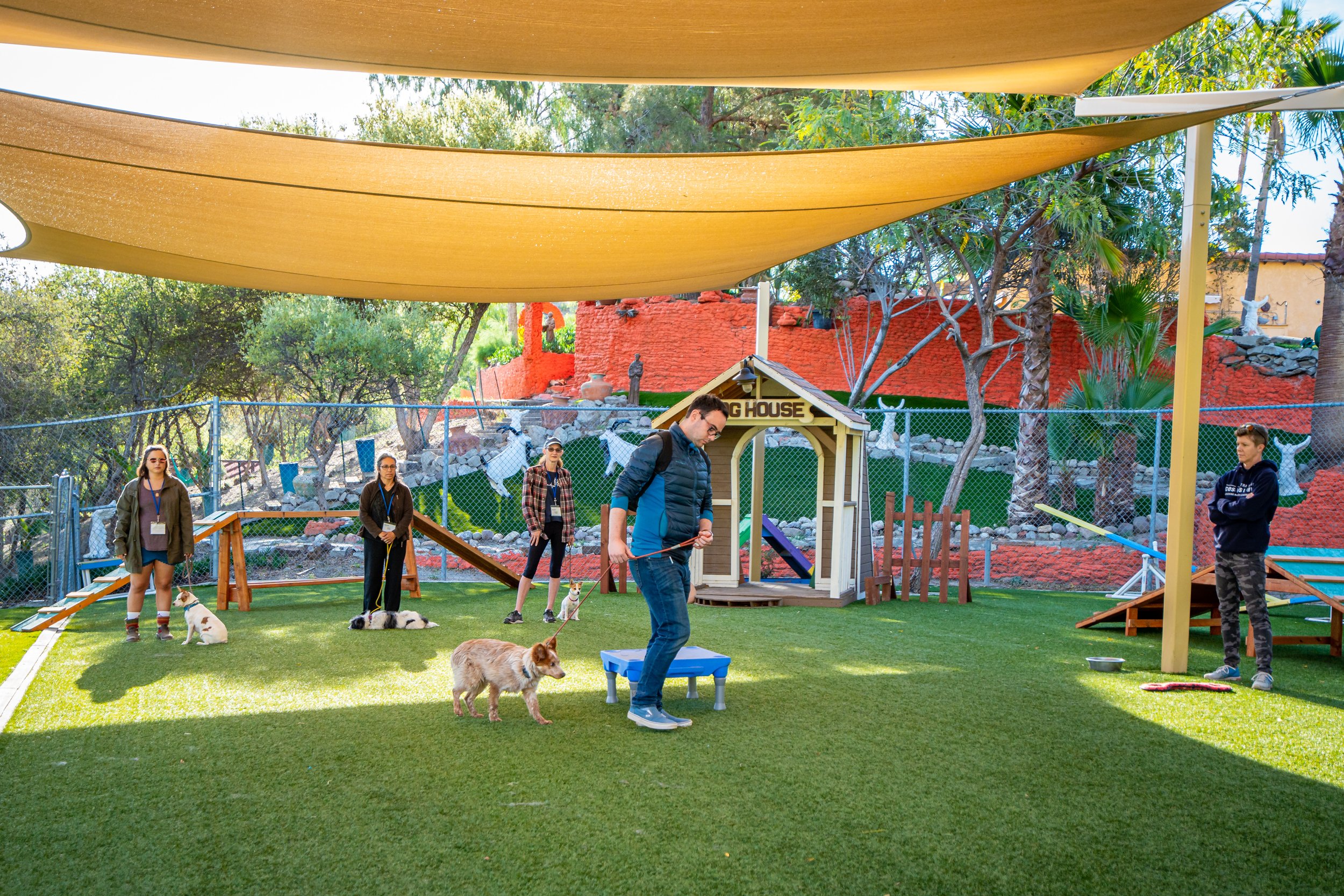
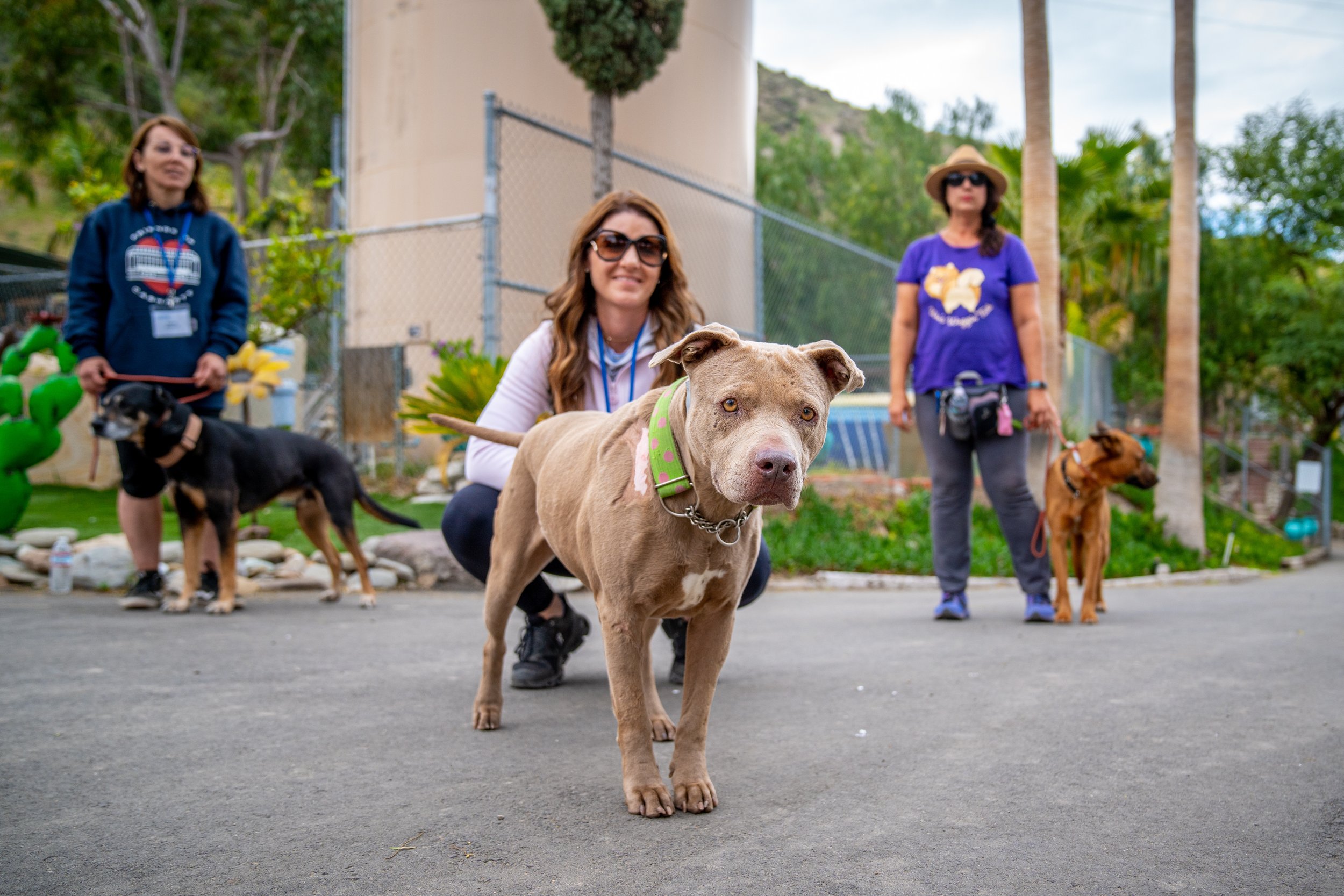
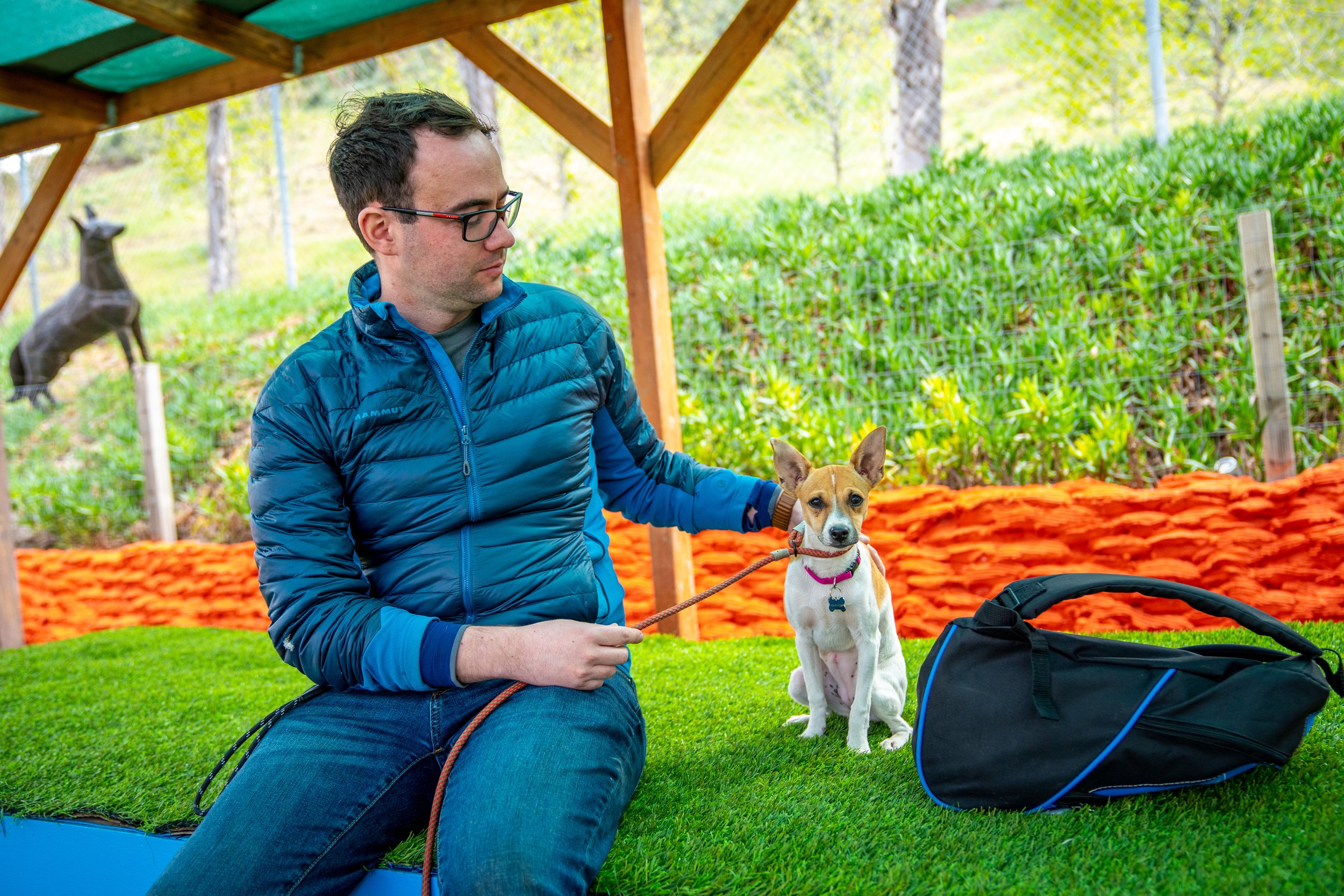
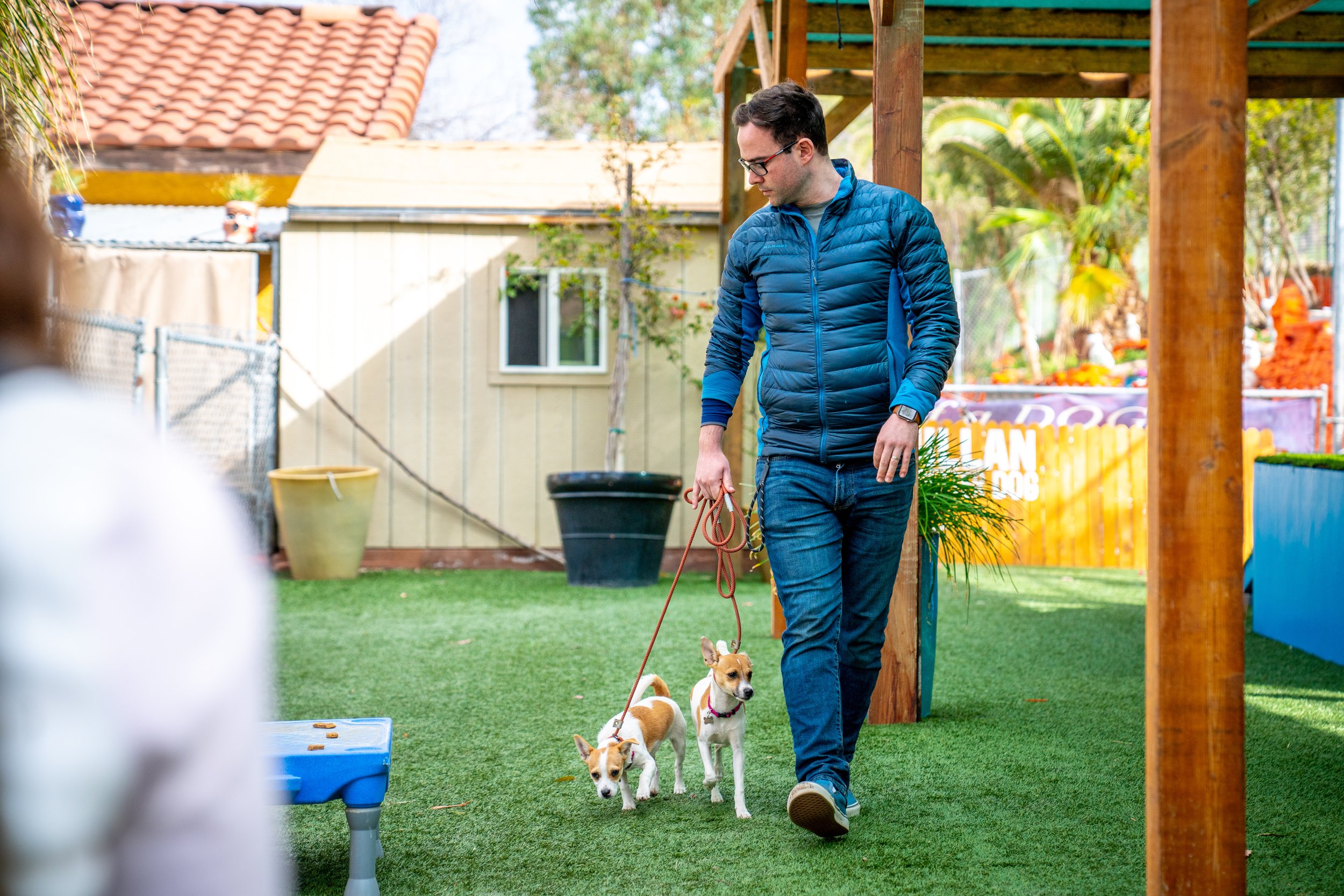
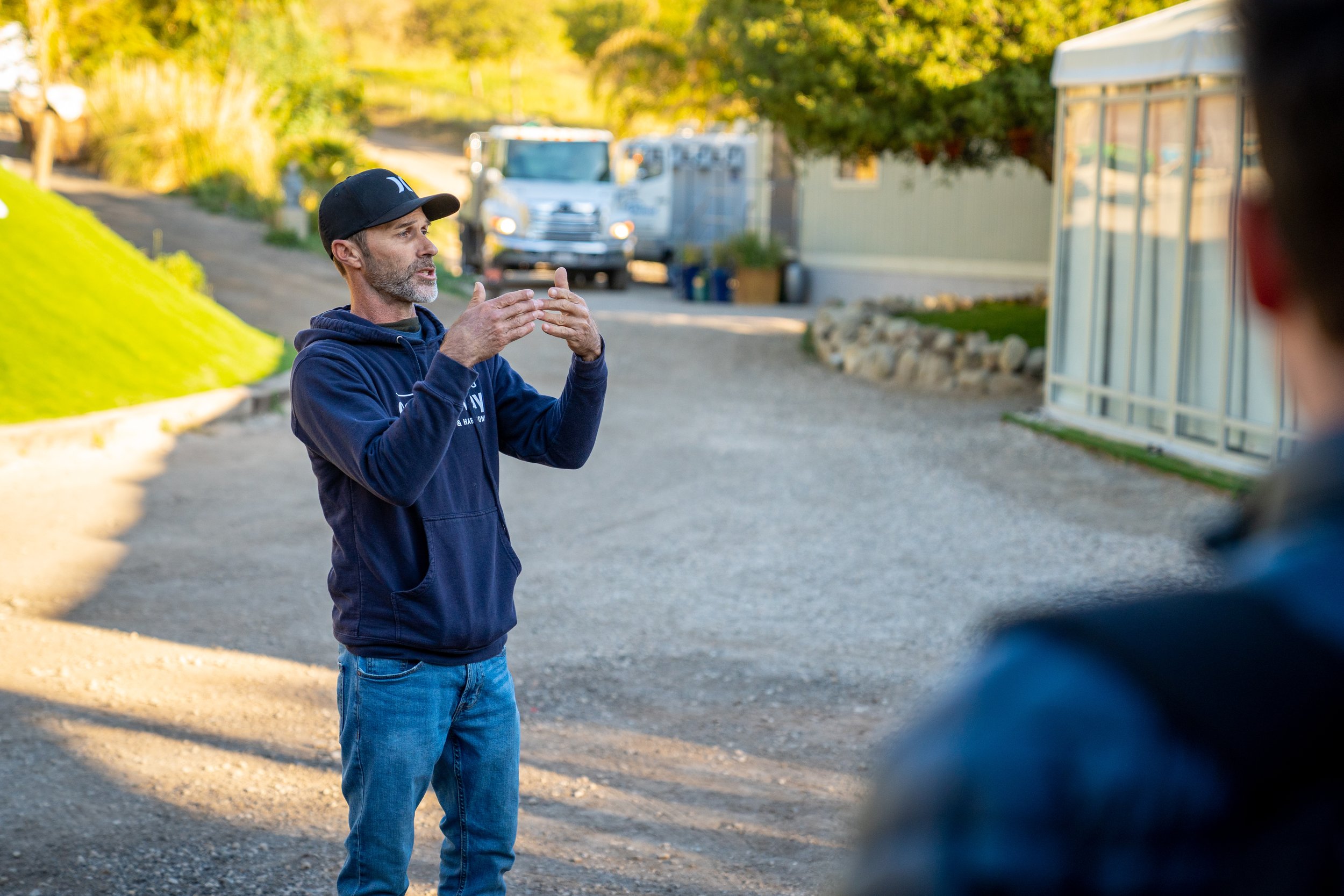
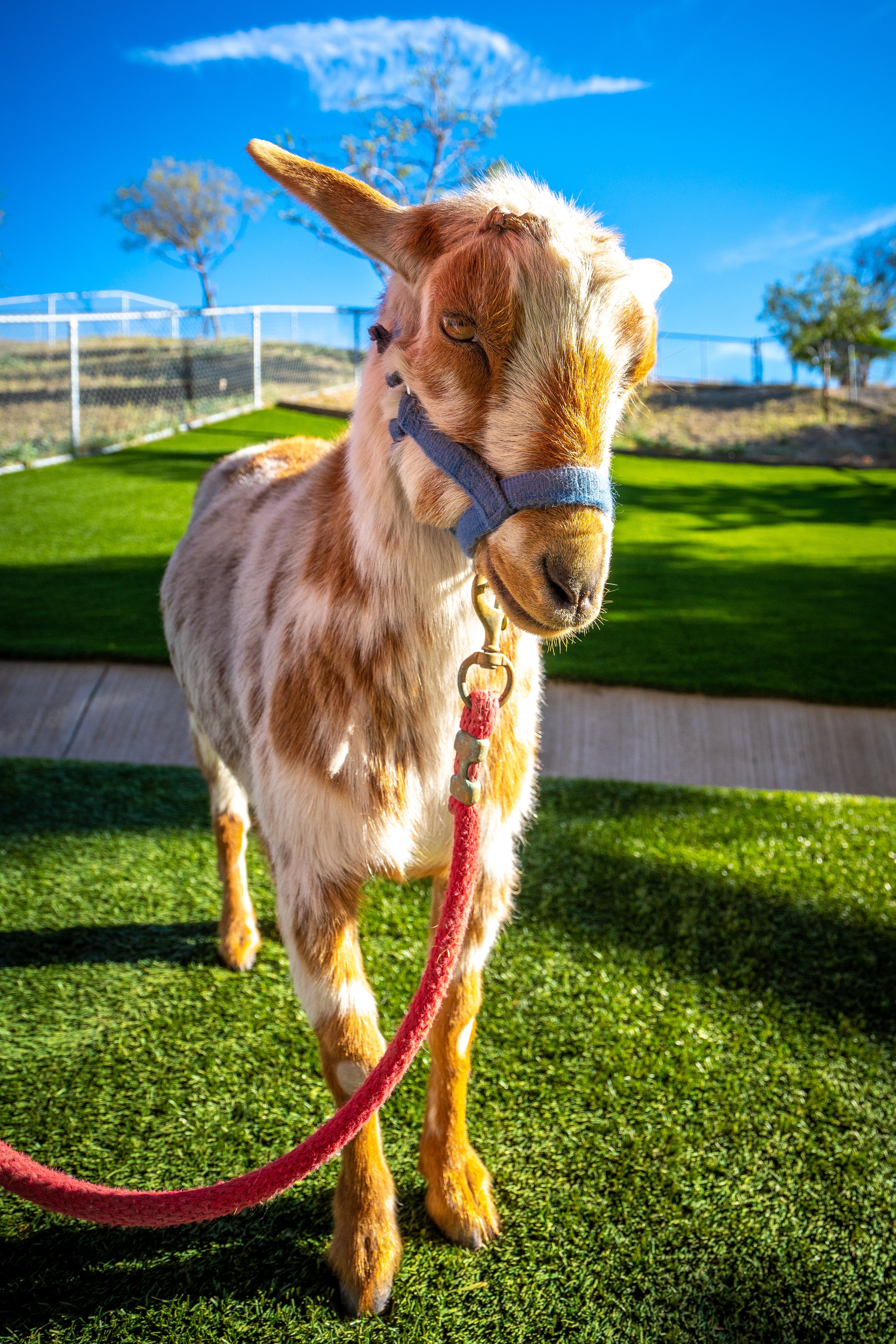
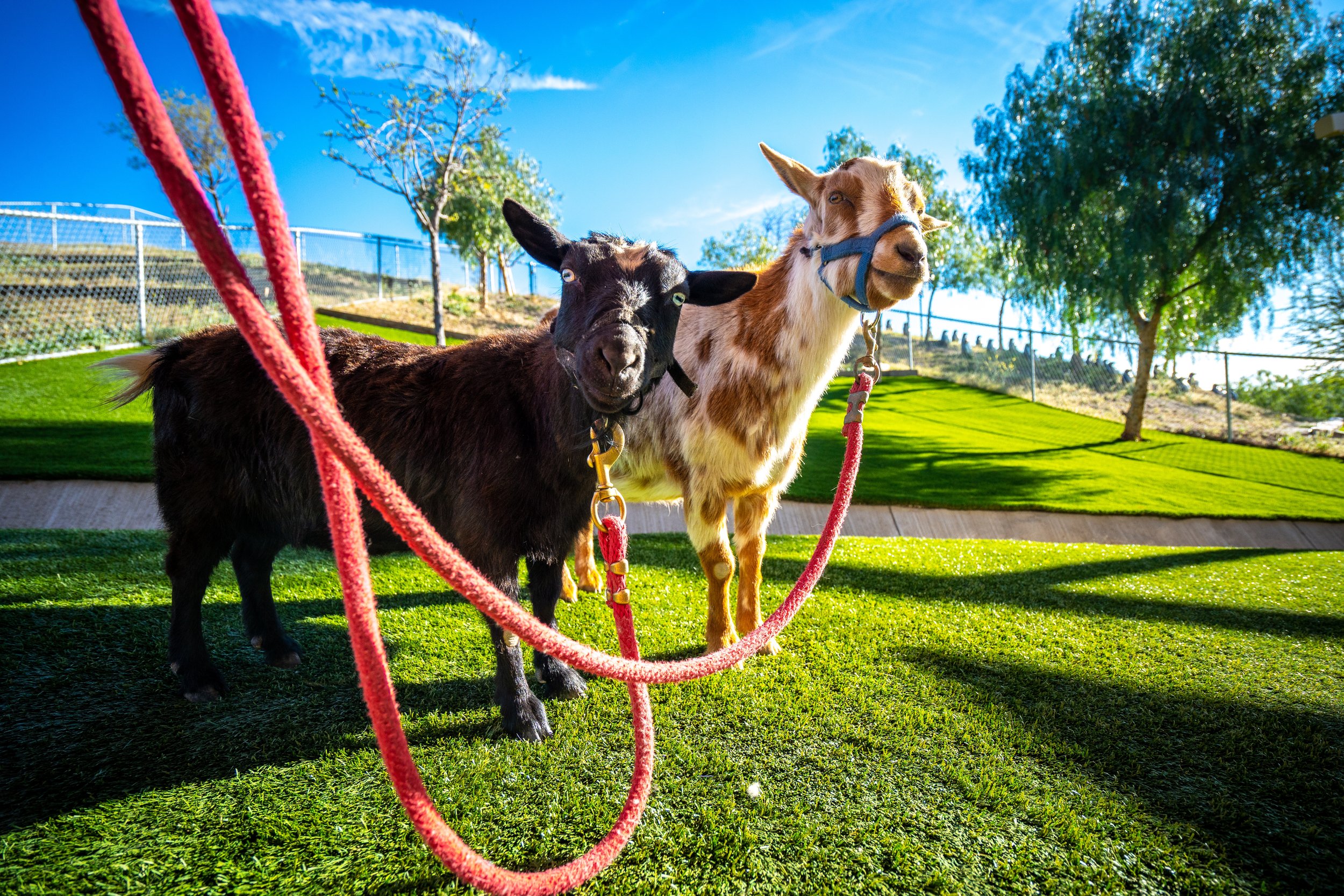
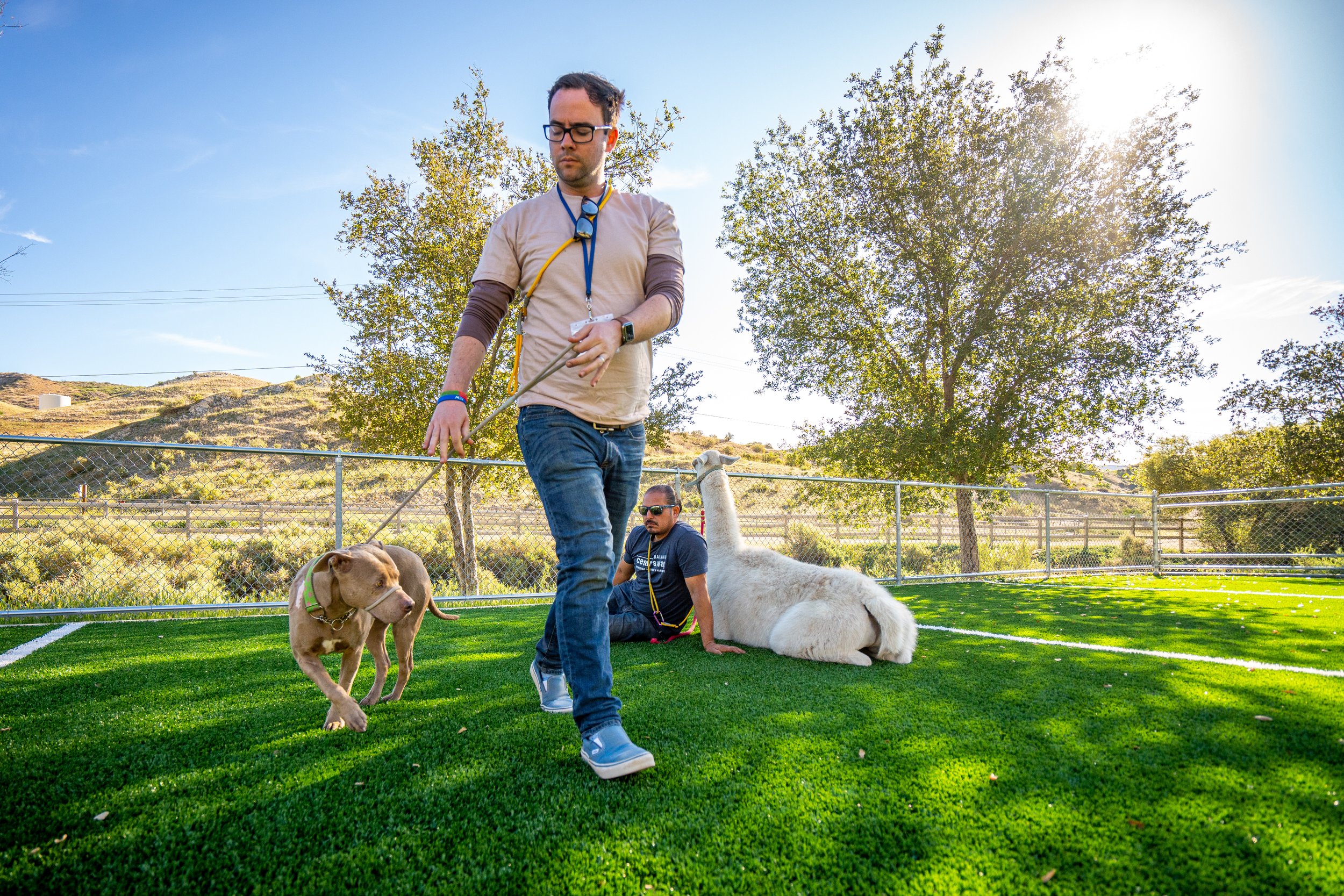
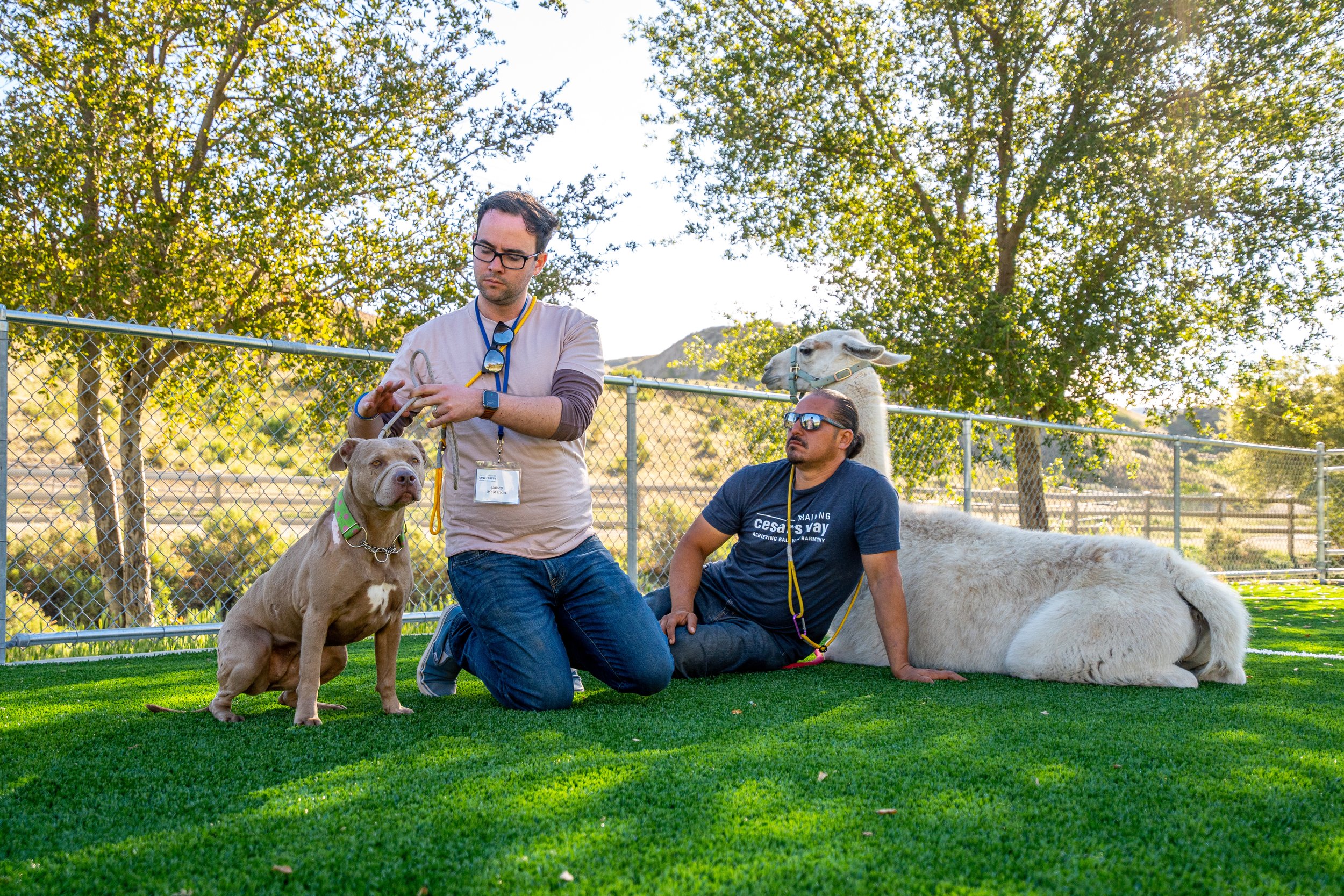
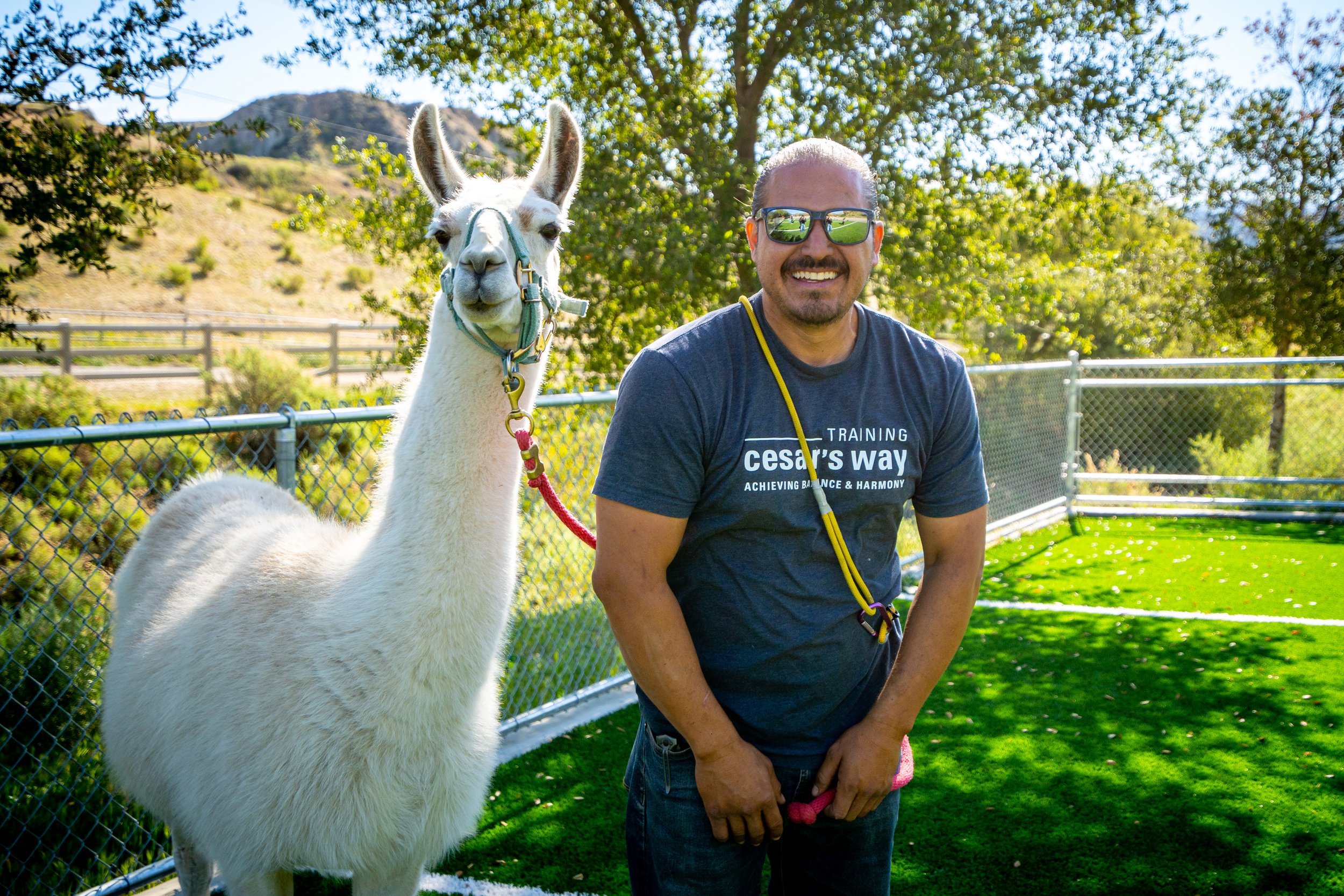
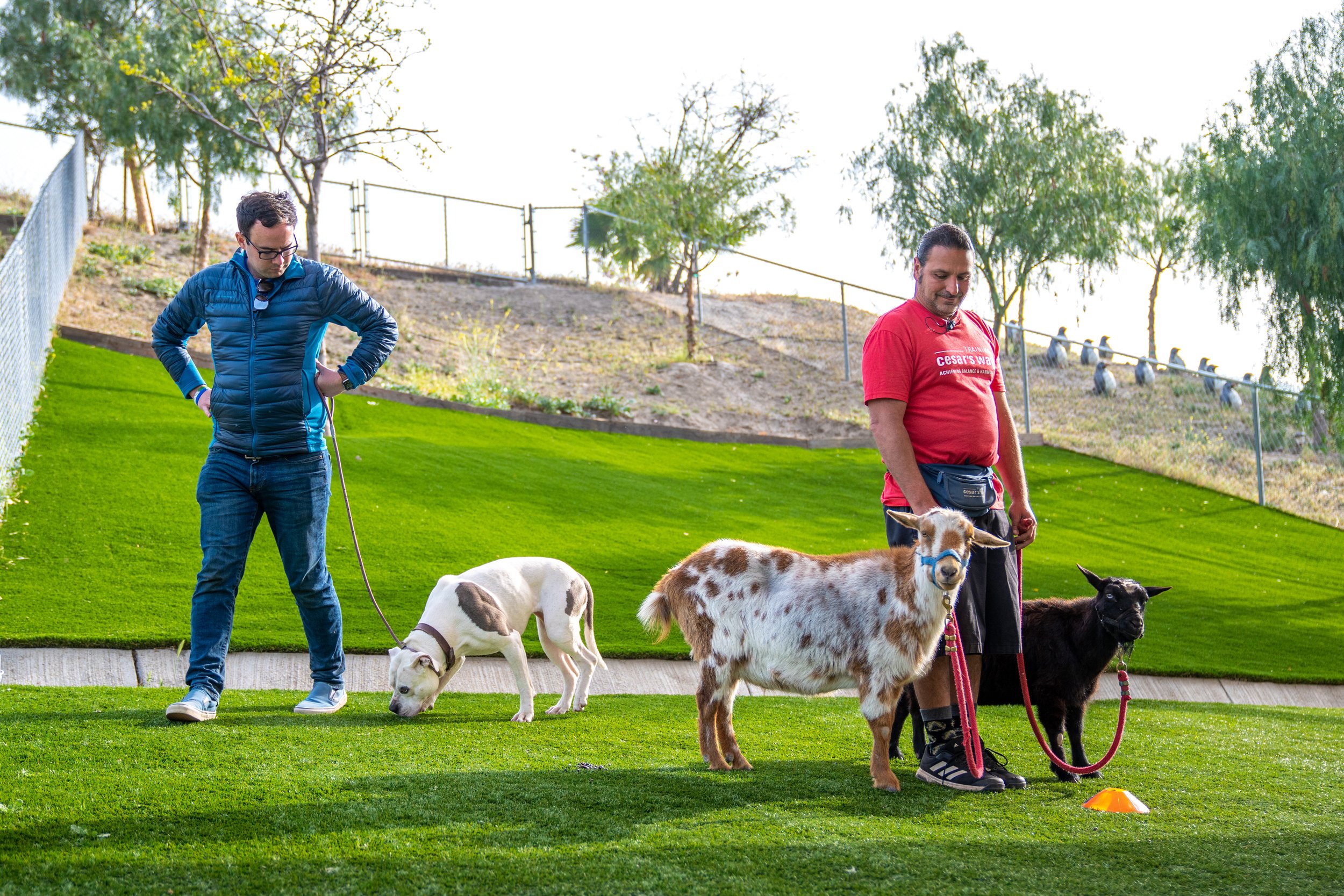
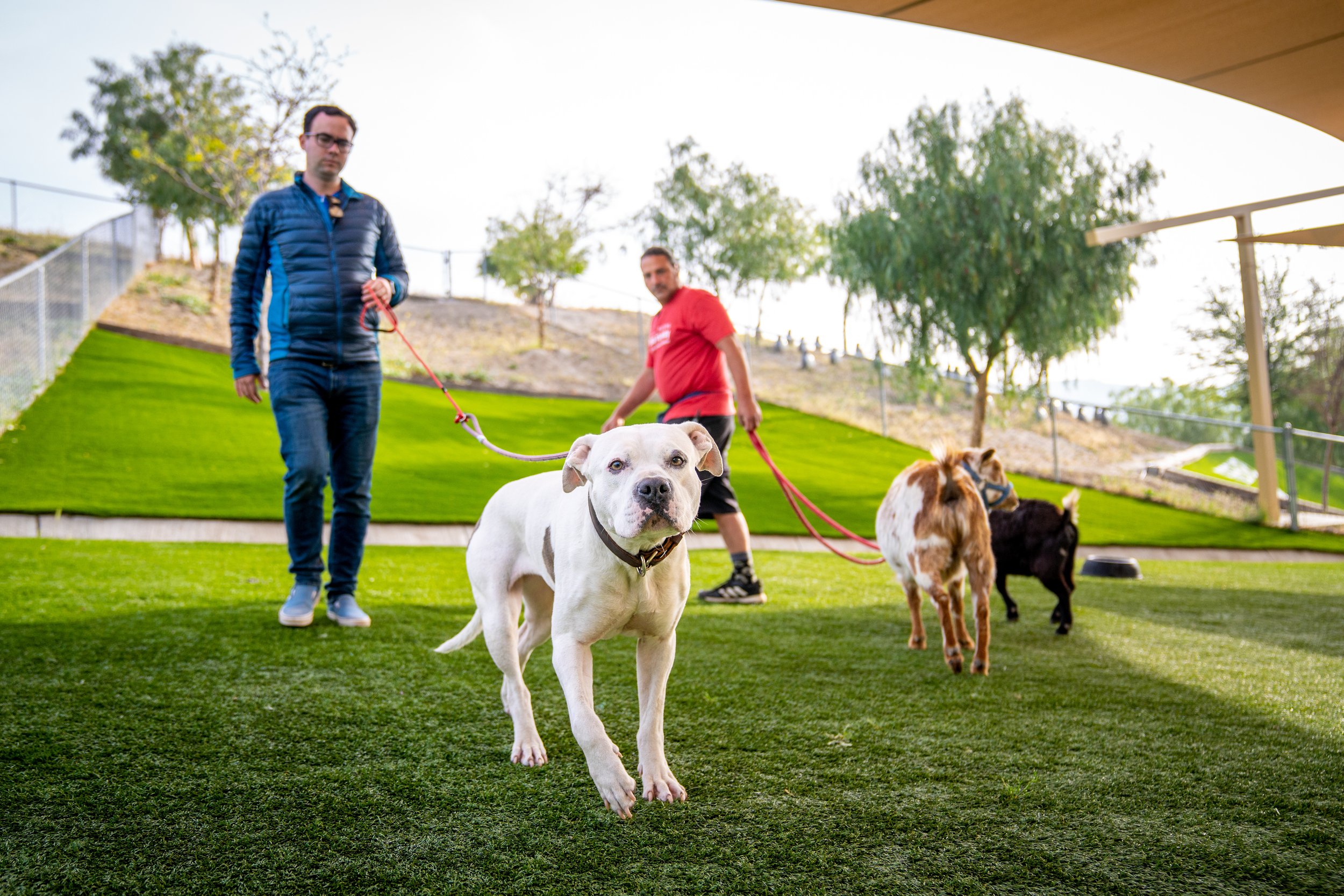

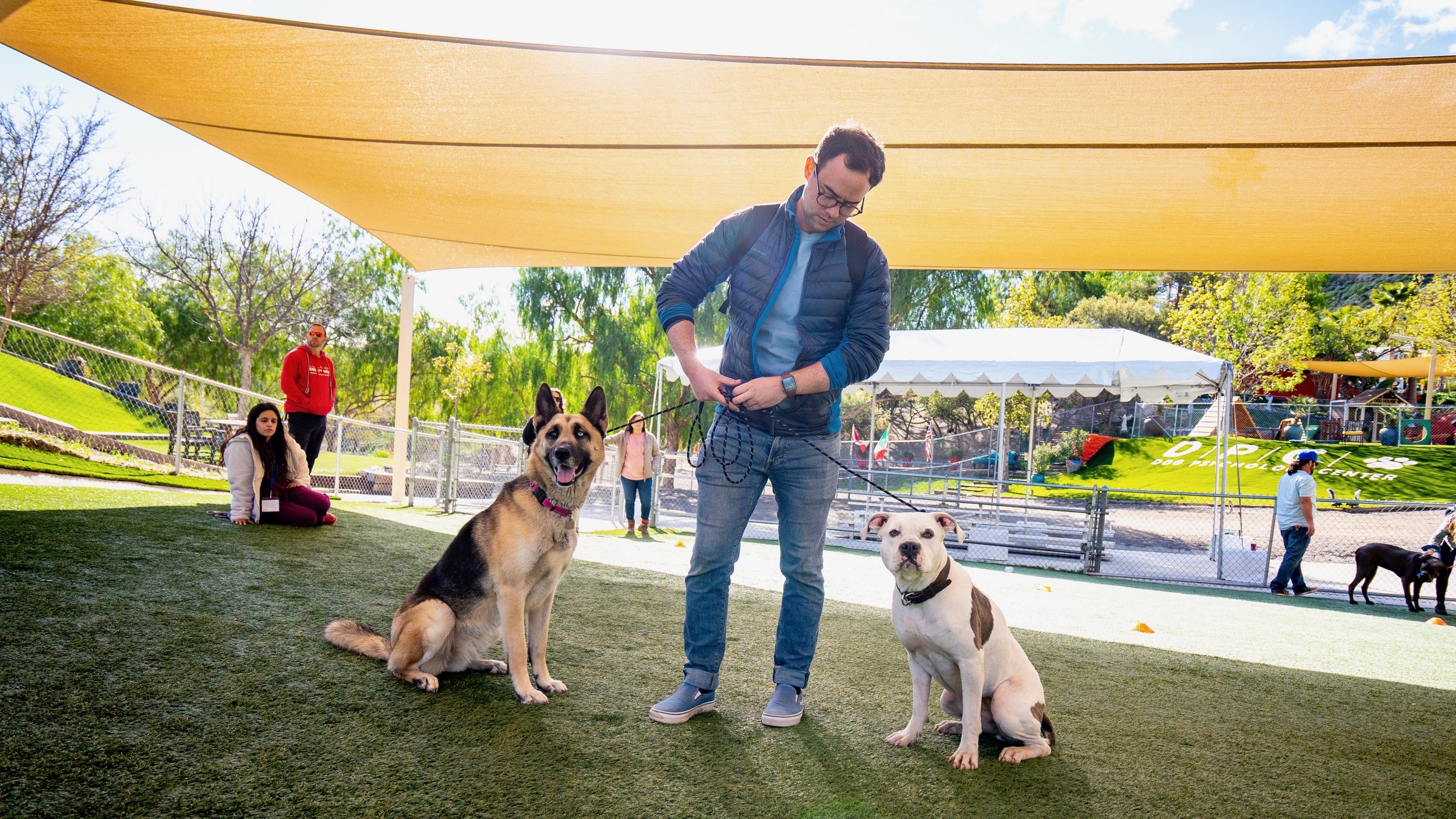
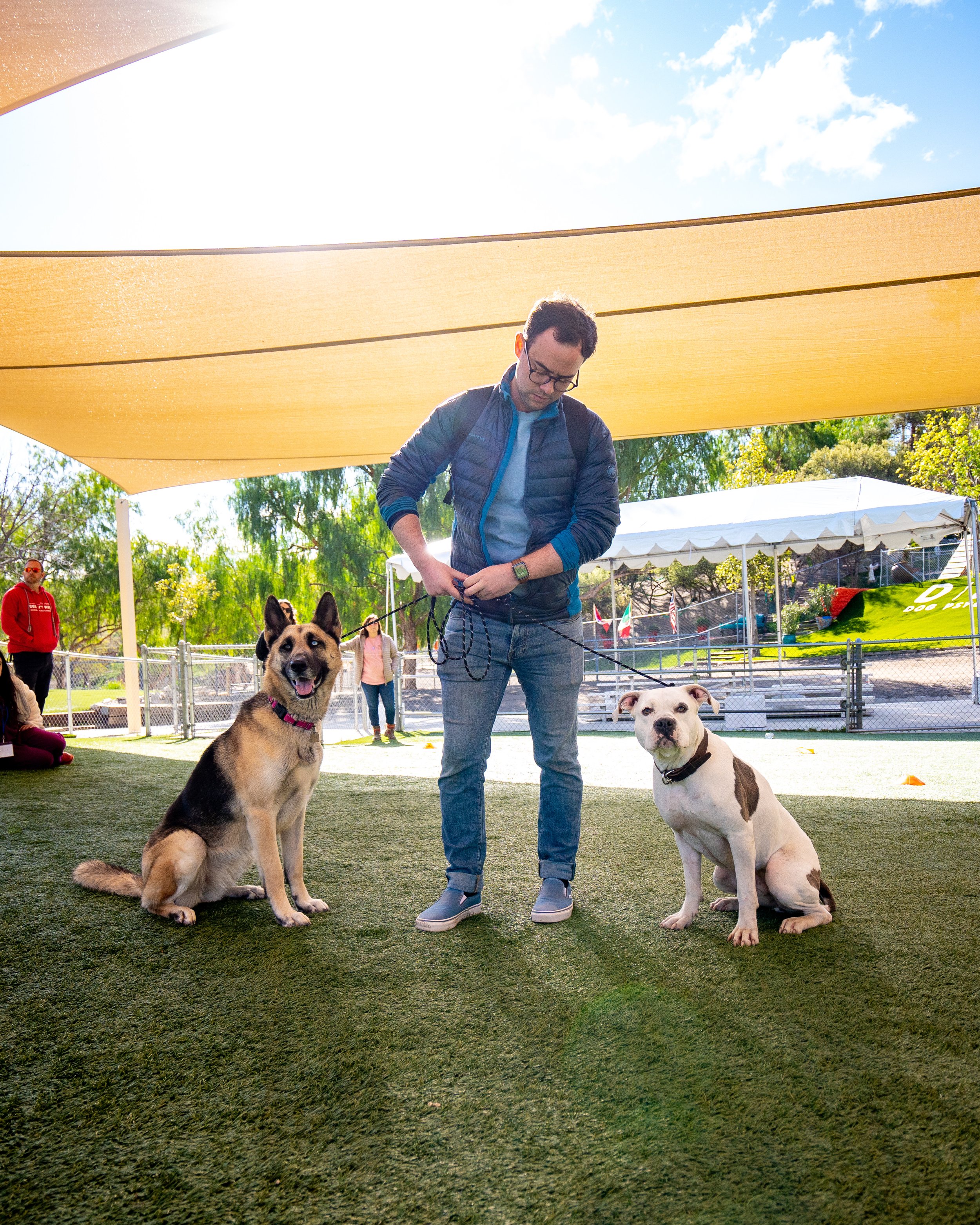
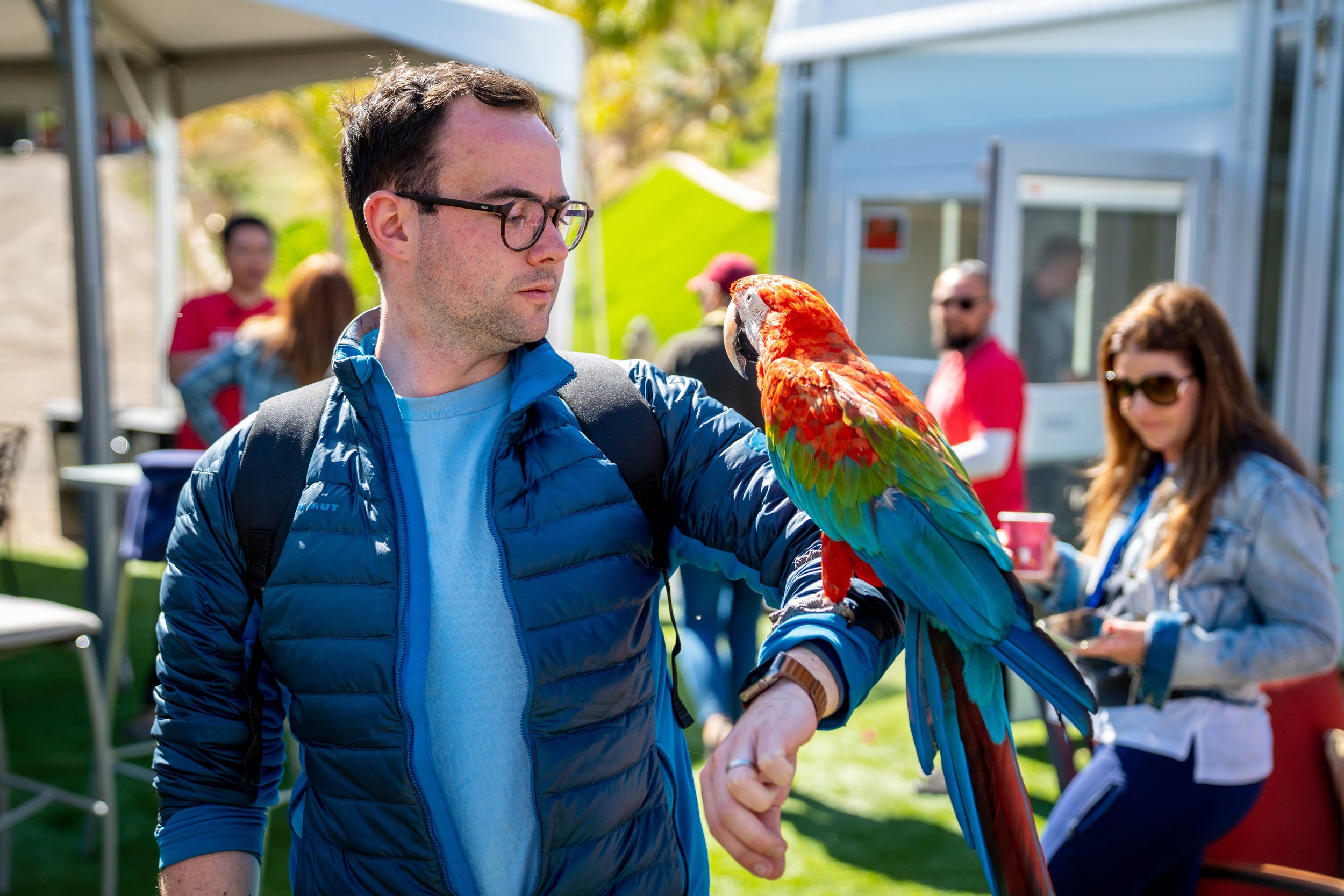
Obedience, in simple terms, is the process of teaching a dog what physical body motion is required when humans speak to them. Obedience does not speak to the state of mind of a dog, or the role of a dog within their pack. It does not fulfil their needs within a relationship - for them as ‘species dog’, or as animals. When an animal is no longer in an ‘obedient’ state - it is everything else that is left. That’s where we work - Psychology, Relationship & Behaviour.
Every dog is different, and there is never one single approach for every dog. A level of stimulation - excitement, intensity, energy and body language that is just right for one dog may be far too much for another. Breed often has little to do with it. The way that you build a relationship with one dog may be different to another. The way you bring two dogs together, or the way you build a relationship between two species requires an understanding of each animal as an individual.
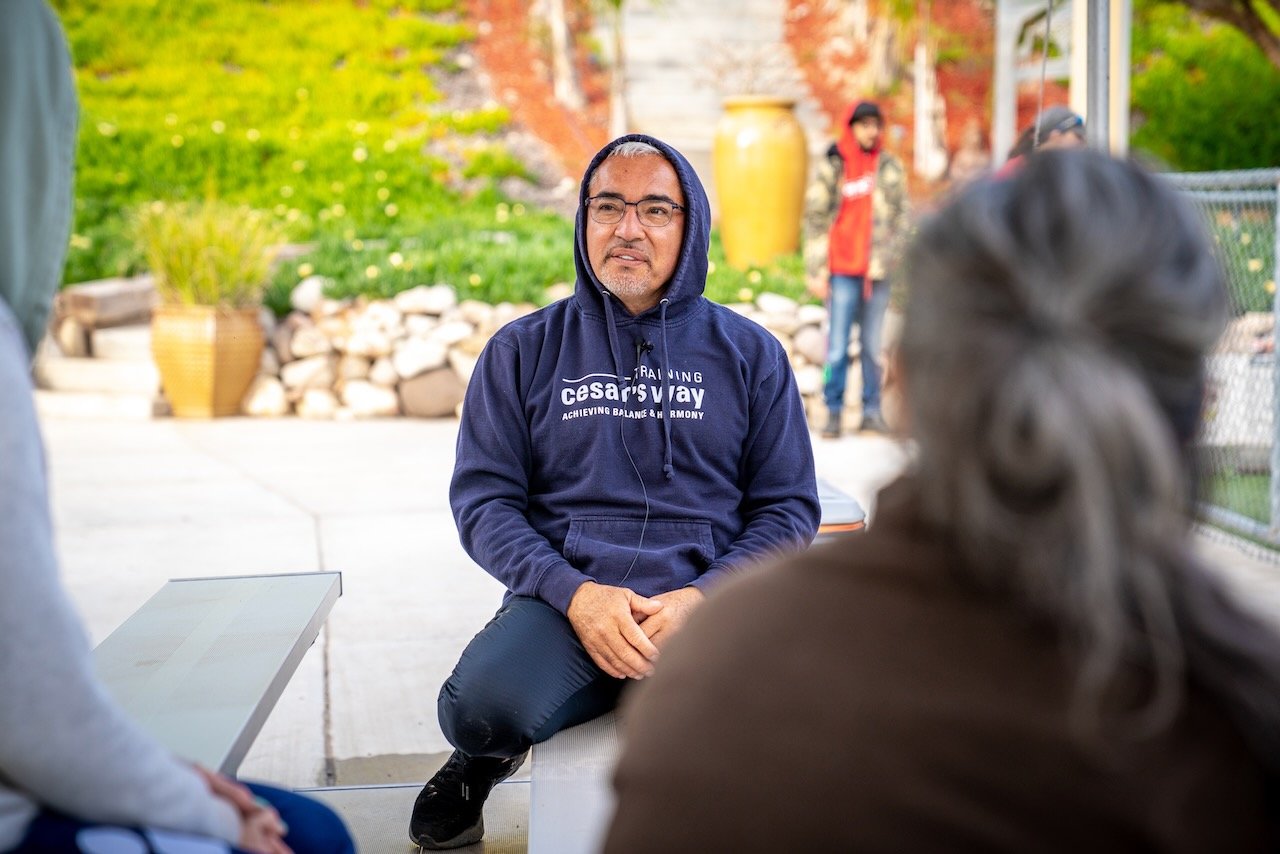
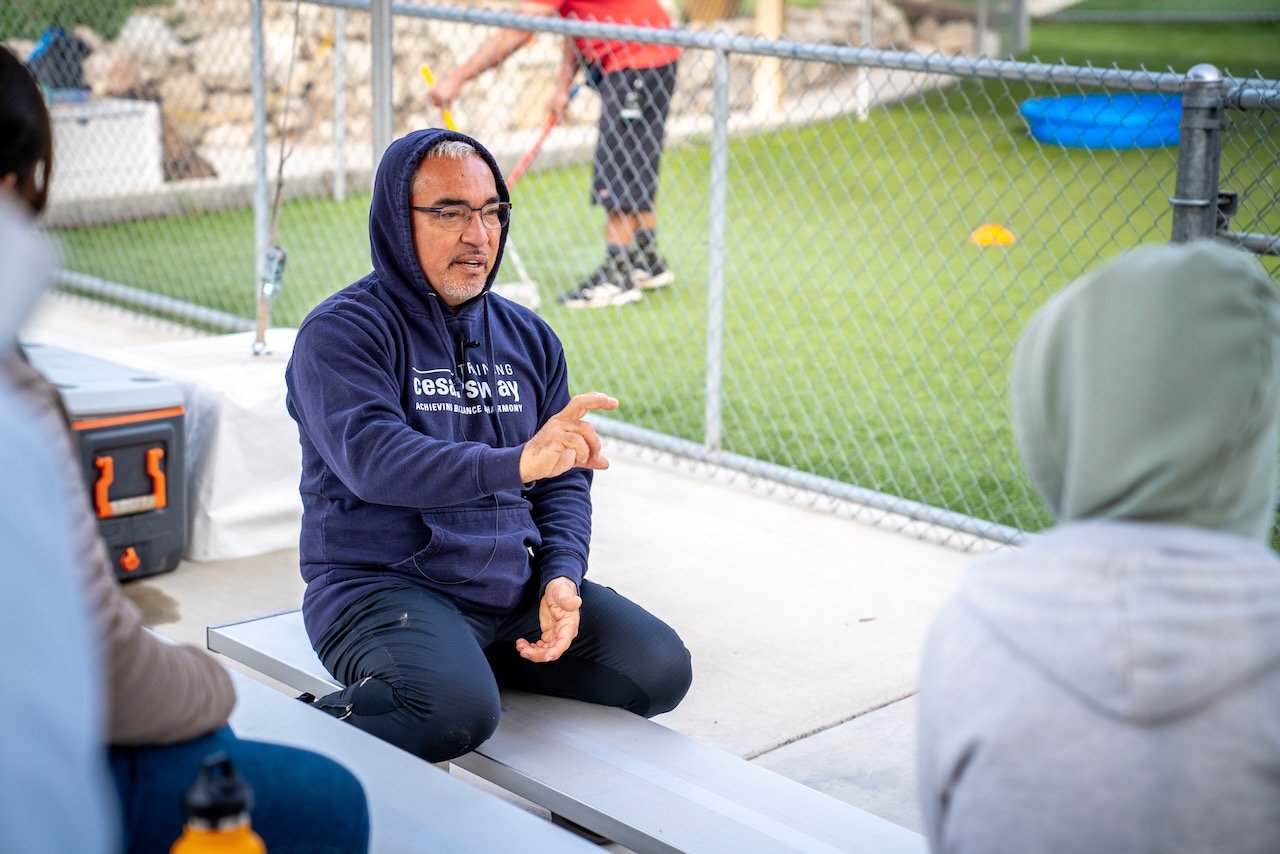
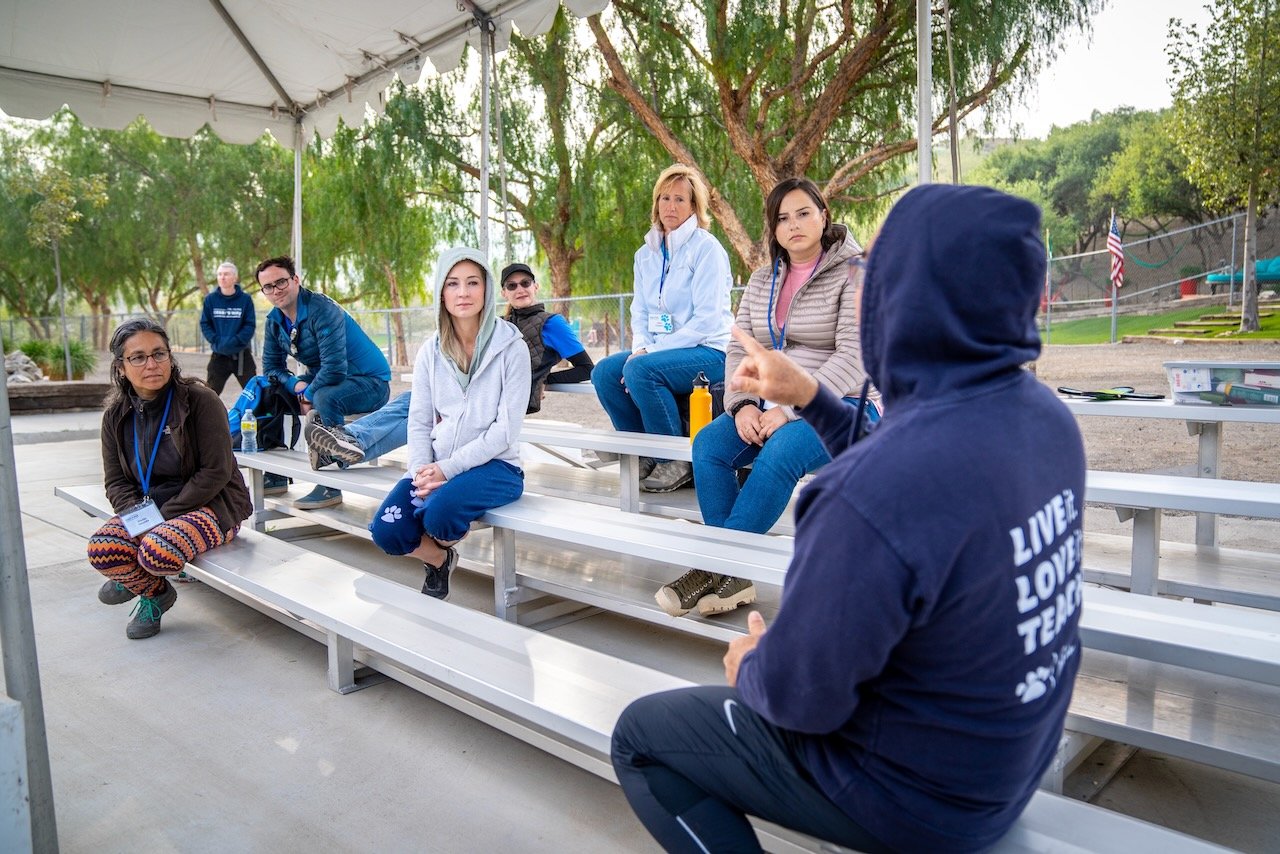
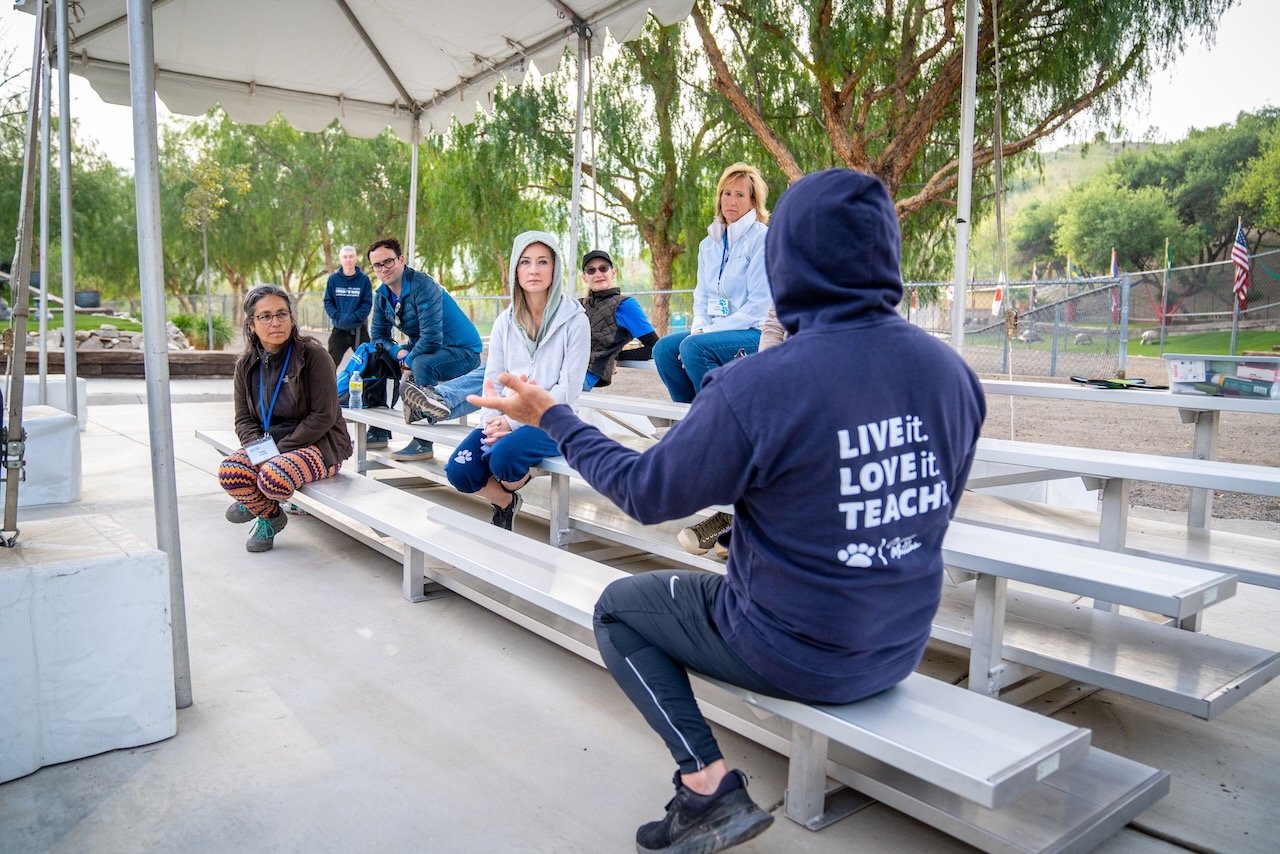
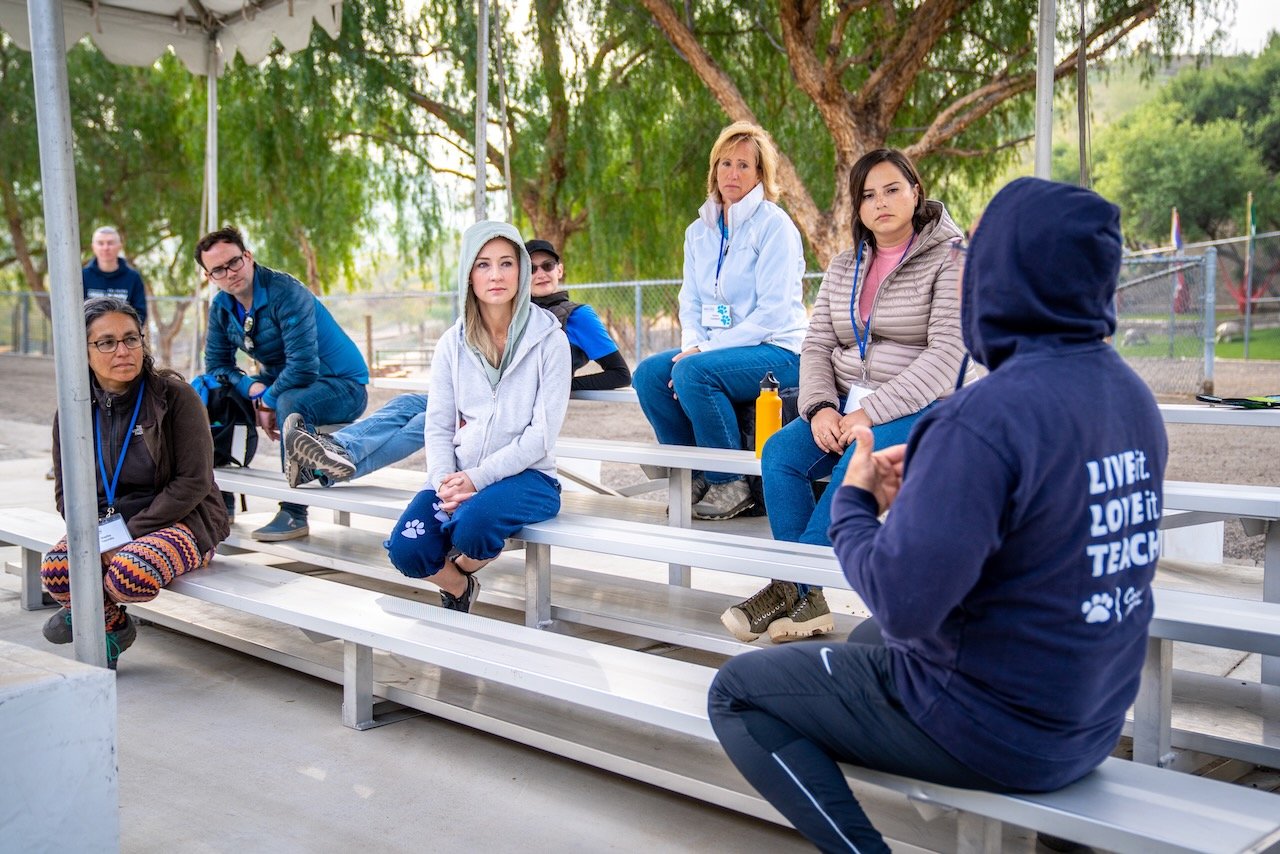
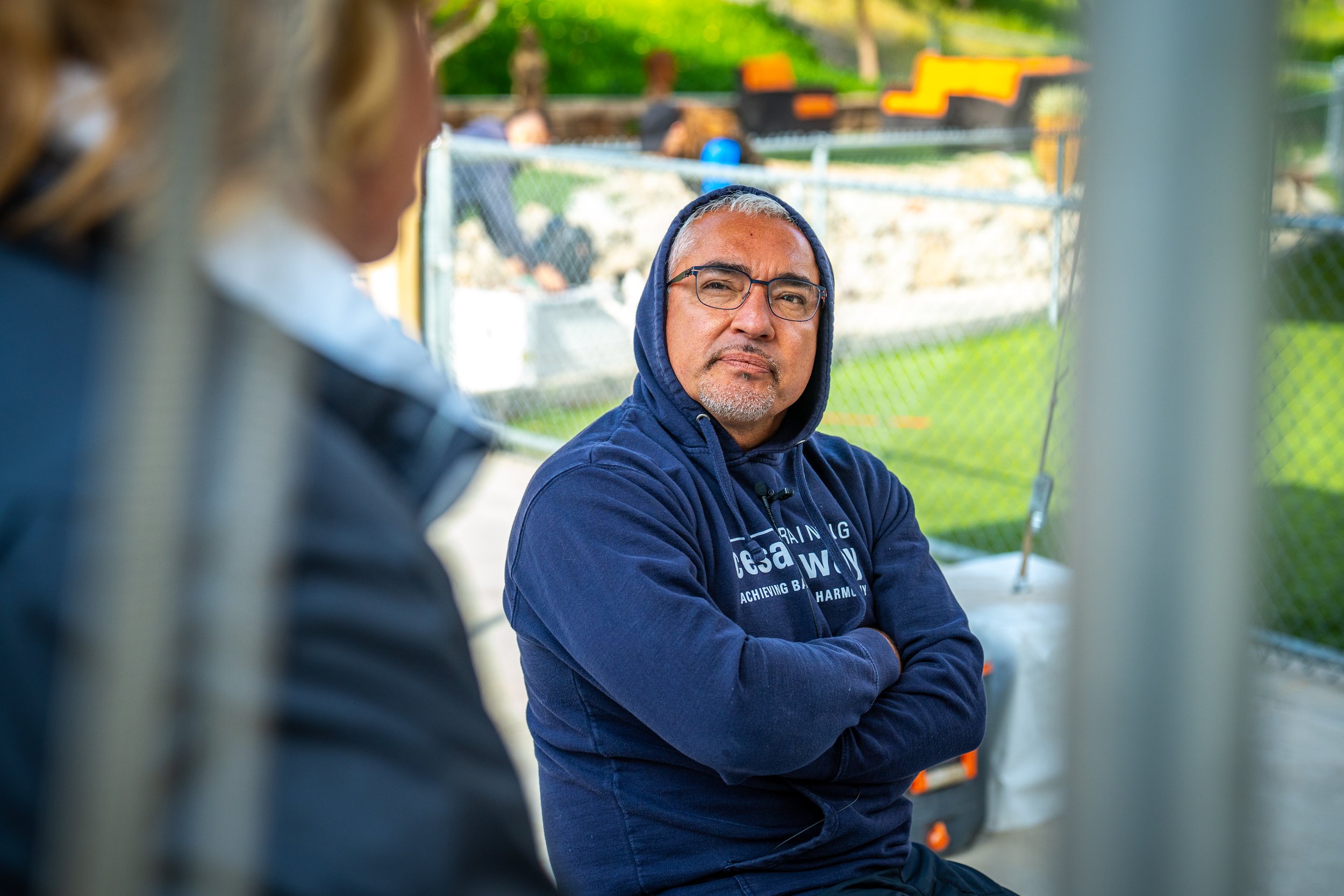
Leadership in the animal kingdom is very different to the human world. Humans are the only species on the planet that follow an unstable leader.
My biggest memory of Cesar was the way he would never, ever turn away when someone asked for help. No question was left unanswered, no dog was left to struggle on their own. He would give anyone his time and energy. My second biggest memory is that he always stayed calm. This is the value of true leadership, to remain calm in the face of danger or adversity, to provide direction and protection without fear or doubt. Something that many of us need to learn.
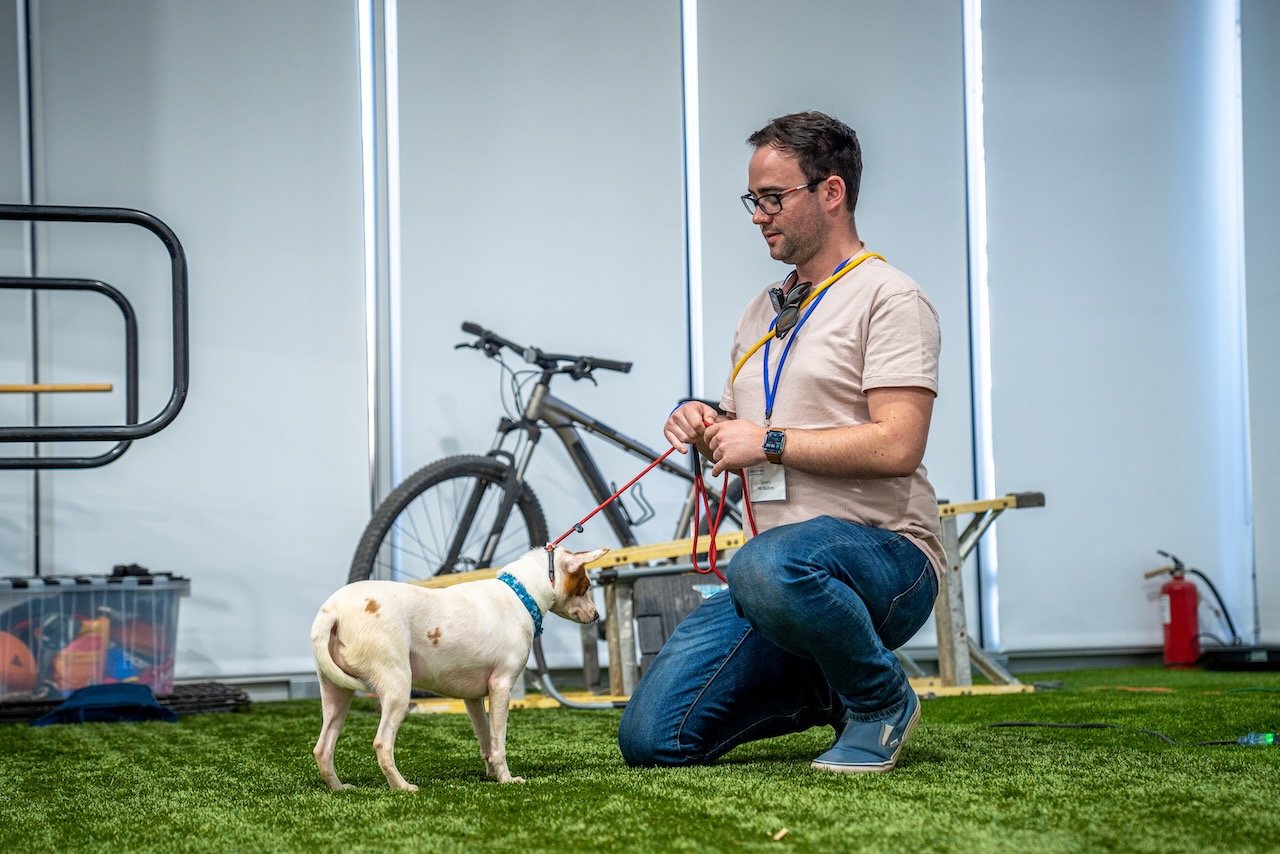



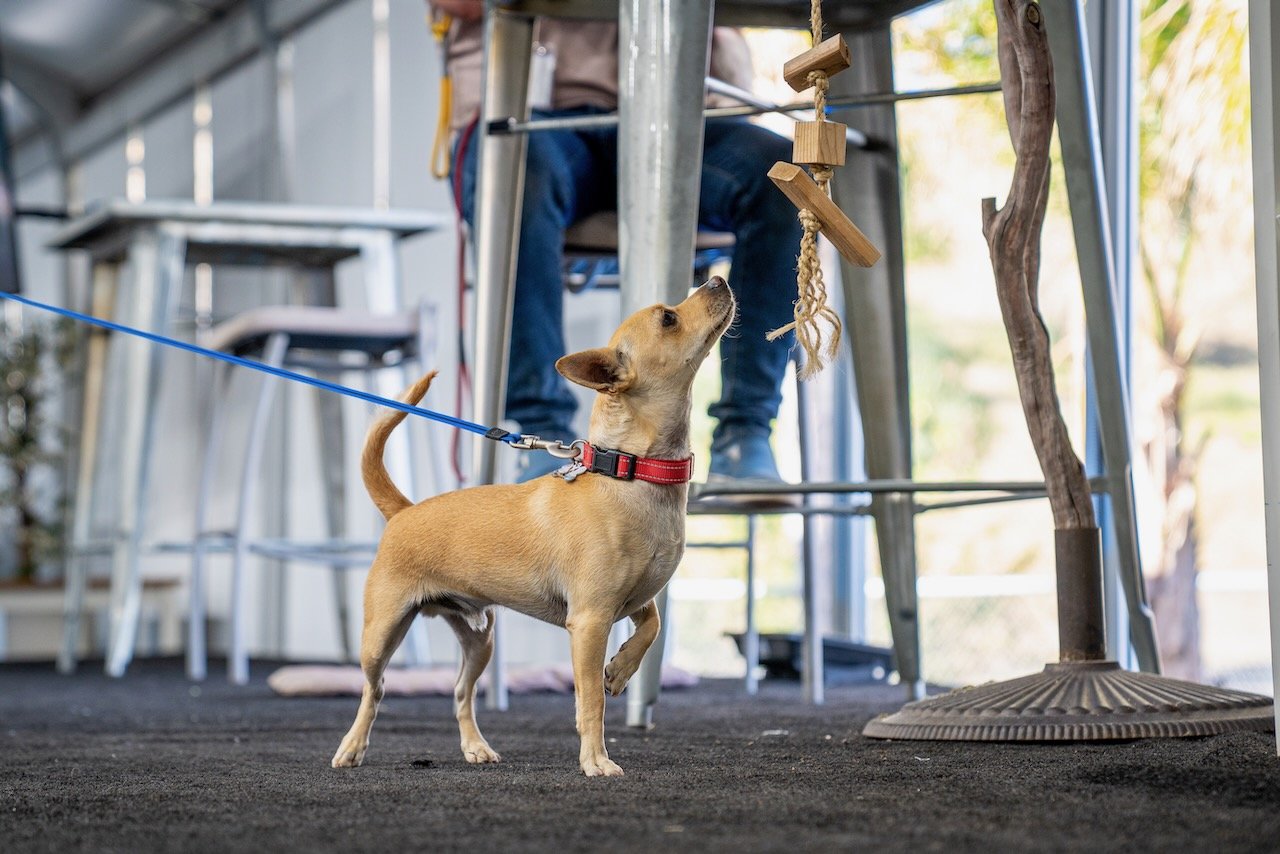
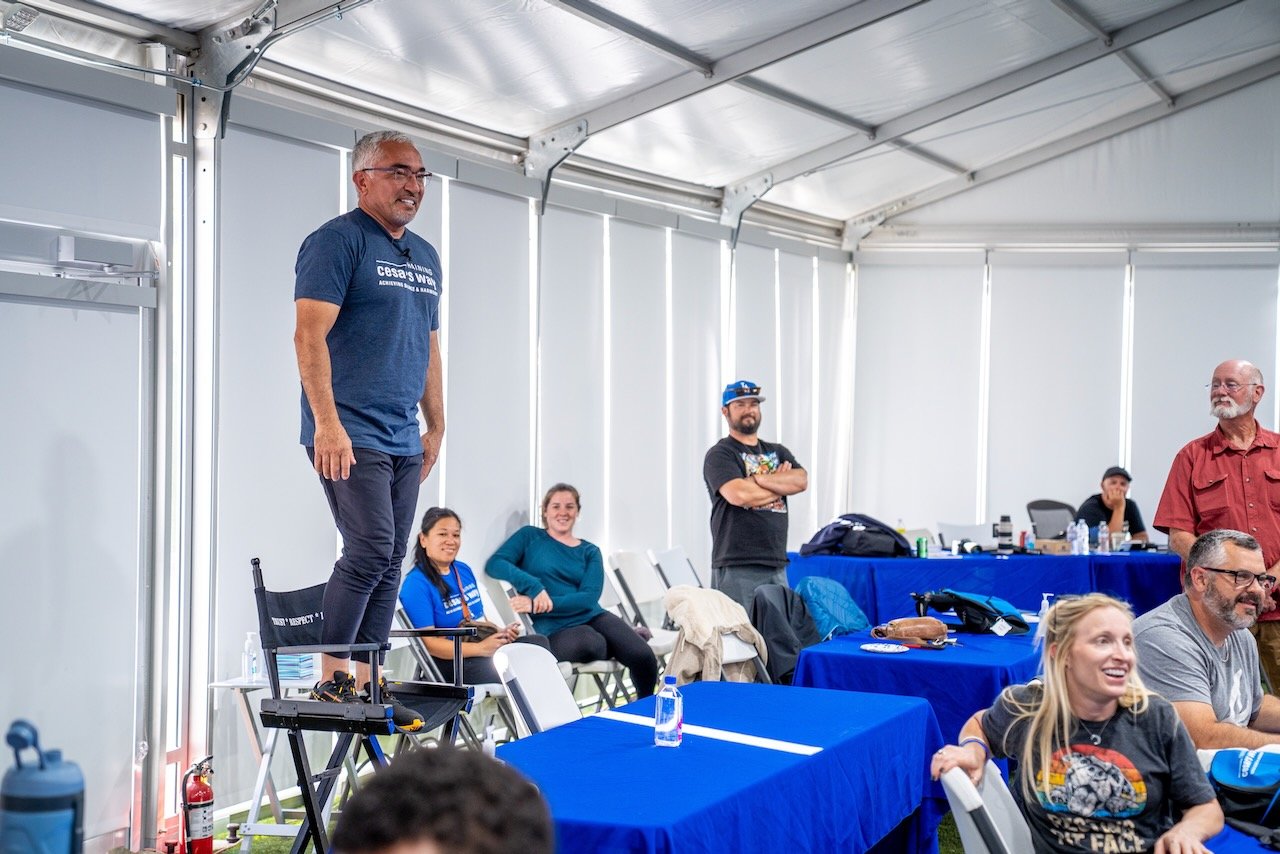


Dogs don’t think, they react. When dogs bite, they react to us - not just our intention but our energy. Tense, unsure …or calm.
One of my goals when visiting California was to work on dogs that have learned to bite. A great place to start is with smaller dogs - learning not just to prevent the bite, but how to handle being bitten. Its not something that anyone ‘wants’. But riding the wave is part of the process, and some dogs need to learn that a bite won’t move you or shake you. And that process starts with self regulation.
